Warsaw might not be one of the mostly visited European capitals and even not the most popular tourist destination in Poland. Difficult past of the Polish capital with the Second World War leaving the city 85%-90% destroyed, marked Warsaw forever. Nowadays, Warsaw is an interesting blend of reconstructed palaces and tenement houses from pre-war period, buildings and wide roads from the era of socialist realism, business districts with modern skyscrapers as well as vast green areas (some of them located very centrally in the city).
I have a mixed feelings when thinking about Warsaw, but I think that the city is a good example to illustrate the complex Polish history and various political turmoil the country went through centuries.
I have spent in Warsaw 4 days and I still was quite in rush to see all places in my initial plan. Can it be less? I’d say yes if you plan well the transfers between the sites you want to visit. The city is quite vast and main tourist attractions are spread around the city. One of the disadvantages of Warsaw is lack of dense tram and metro networks, you often need to walk 1-2 kilometers from metro station to the chosen landmark. You can always get to the particular attraction by bus though, in the summer the traffic was relatively small and buses where reliable. However, I still think that in populated and busy capitals, metro is the ultimate solution and I was surprised that I couldn’t use it to get to Wilanów or Lazienki complex which I find main highlights of Warsaw.
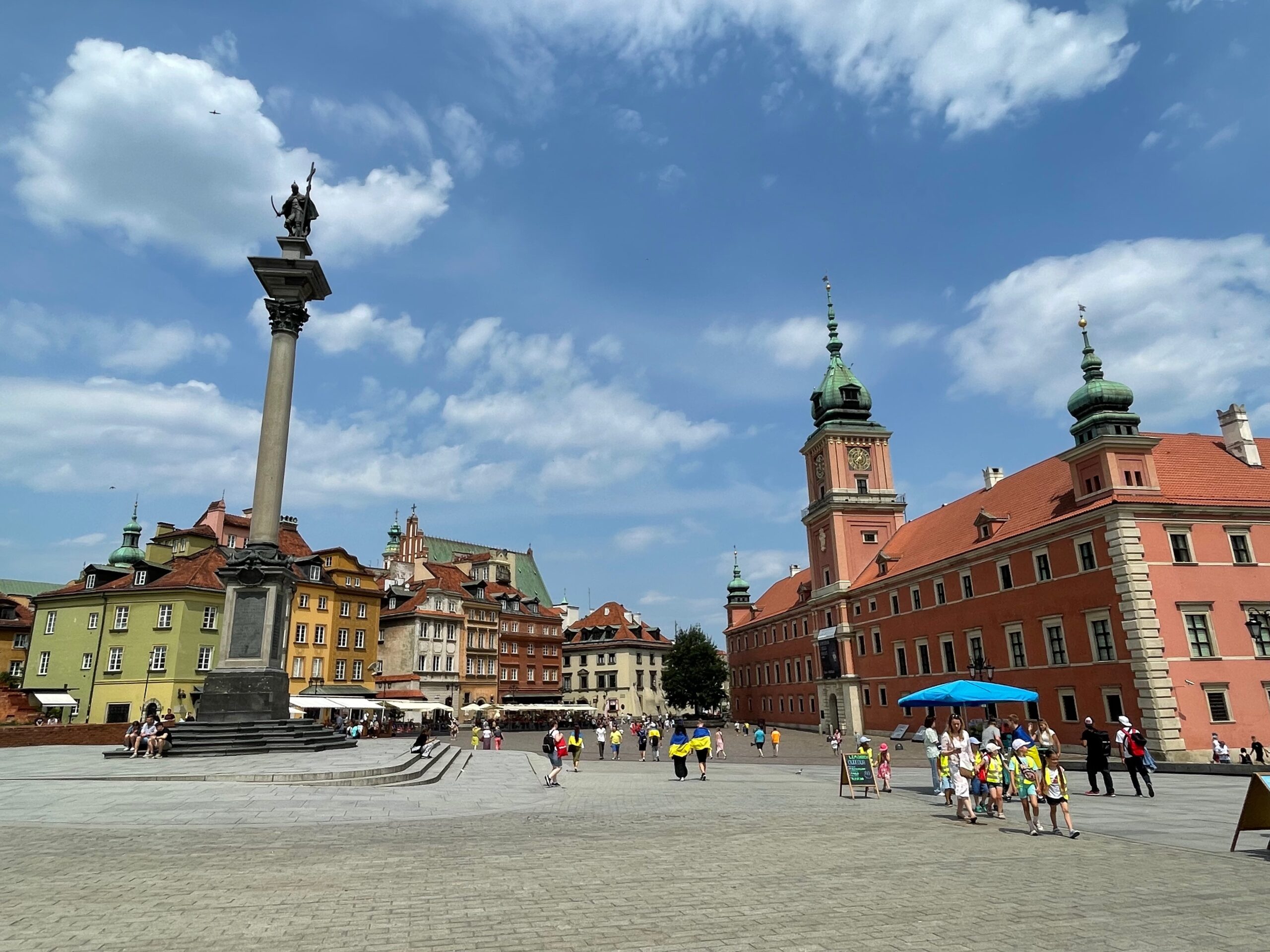 |
If you like budget friendly travels, Warsaw surprises with reasonable prices both on European level as well as national, I found many major Polish cities like Kraków or Gdańsk more expensive in terms of restaurants prices or museum tickets, even public transport was cheaper in Warsaw. I think the reason may be that Warsaw is not as popular foreign tourists choice as Kraków, Zakopane, Gdańsk or Wrocław and caters more to the locals and Polish visitors.
I recommend visiting Warsaw if you like cities which have many faces. Warsaw is an interesting blend of the pre-war architecture, buildings from the era of social realism, however you will also find here modern business district which is fast developing as well as many parks, some of them are so big that you have impression that they form a forest rather than city gardens. In fact, Warsaw is incredibly green, with smaller parks in the strict city center and big green complexes along Vistula river and in more peripheral districts of the city. Warsaw borders also with national parks which allows both locals and visitors to have an easy access to nature any time of the day.
In this post I include my 4-day itinerary around Warsaw, however you can squeeze it in 3 if you will rely more on public transport. I opted to walk between many of the landmarks and since as mentioned before the attractions are widely spread I definitely spent plenty of time on getting from one place to another. This of course has its advantages, since I could observe architecture, people and feel a general vibe of the city, however if you want to be more time efficient, use Warsaw’s buses, trams and metro. Obviously, I didn’t explore all possible districts and haven’t seen all interesting sites in Warsaw, but I think that this itinerary fairly covers many important parts of the city and gives a good feeling about history, architecture and the general vibe of the Polish capital.
Few budget friendly advices:
- Many museums in Warsaw are free to visit on specific day of the week. If you plan your week smart, you can visit most of the museums for free and safe even 50-60 euro. You can find up to date information on the museums’ websites. To give you few examples, as for June 2023, the Royal Castle is free on Wednesday, Lazienki Palace on Friday, National Museum on Tuesday and Wilanow Palace on Thursday.
- The traditional “milk bars” (bar mleczny in Polish) are great places to eat traditional Polish dishes for very small prices. These bistros were very popular in communist era in Poland (in the second half of the 20th century). Nowadays, they are modern and trendy places for quick branch and lunch with surprisingly low prices and very good quality of food. They are so popular among locals that dishes disappear from menu throughout the day so come before late afternoon for full offer. Two course lunch with a drink can cost as low as 6 euro and the portions are generous. I saw milk bars in other Polish cities but those in Warsaw are unbeatable with their prices.
- You can buy 72 hours all included public transport ticket with which you can board metro, trams and buses for efficient sightseeing.
Day 1
- Life Under Communism Museum (Muzeum Czar PRL)
I have started my day with visiting Life Under Communism Museum which is housed in an old factory museum. Inside you will find a lot of information about a little bit mysterious period (for tourist from the Western Europe and overseas countries) in Polish history, you will learn here about Polish schooling system in the second half of 20th centuries, national industrialization, organization of professional, cultural and just daily life of Poles as well as find specially arranged interiors (an apartment, a shop, an office and even a car!) with items from communist period. At the end of the exhibition, there is a bar with an interior design from the epoque and serves cult beverages from the communist era (however, mostly drinks and small snacks, you can’t have lunch here). The museum is small but there is plenty of information to read.
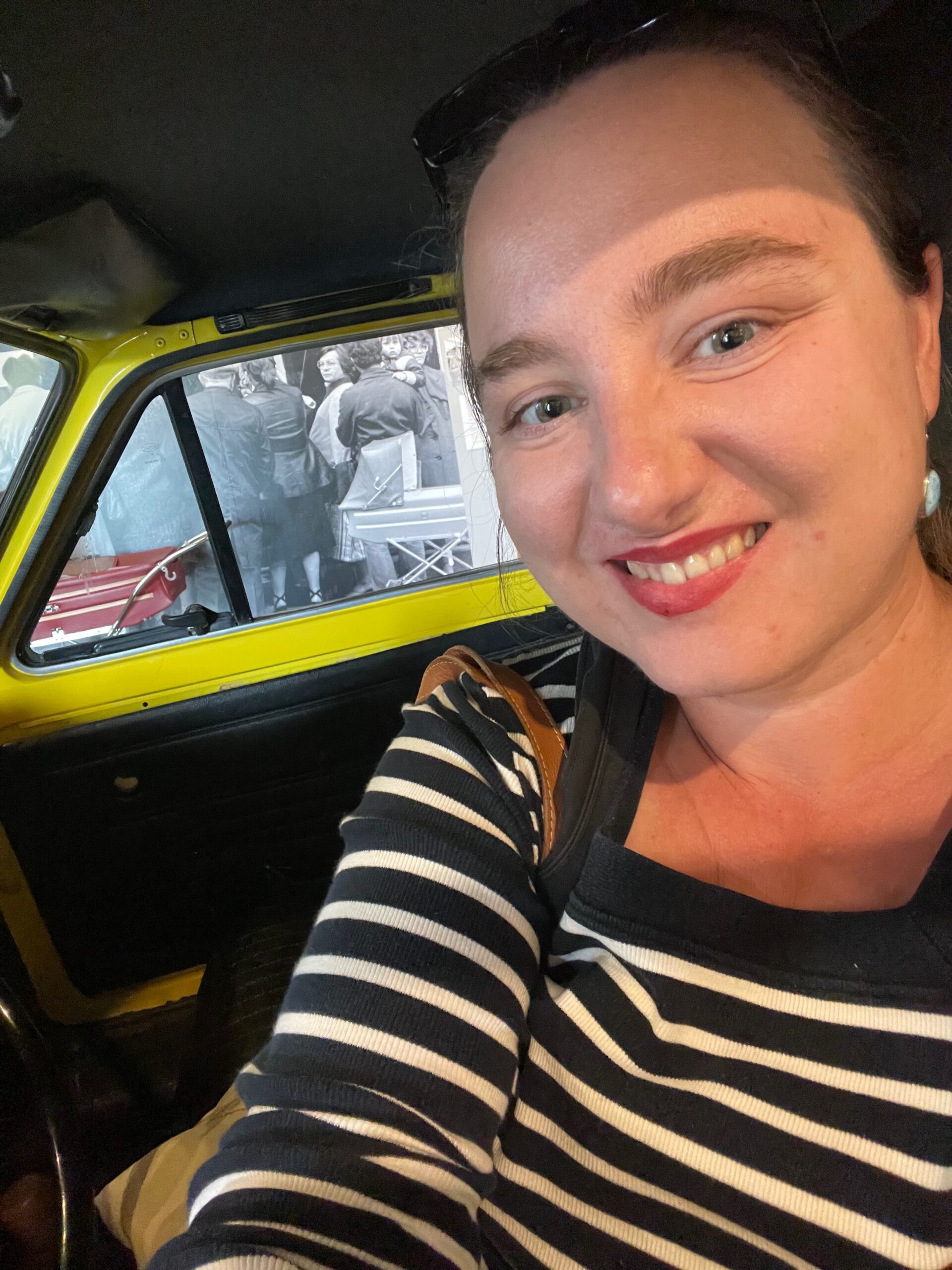 |
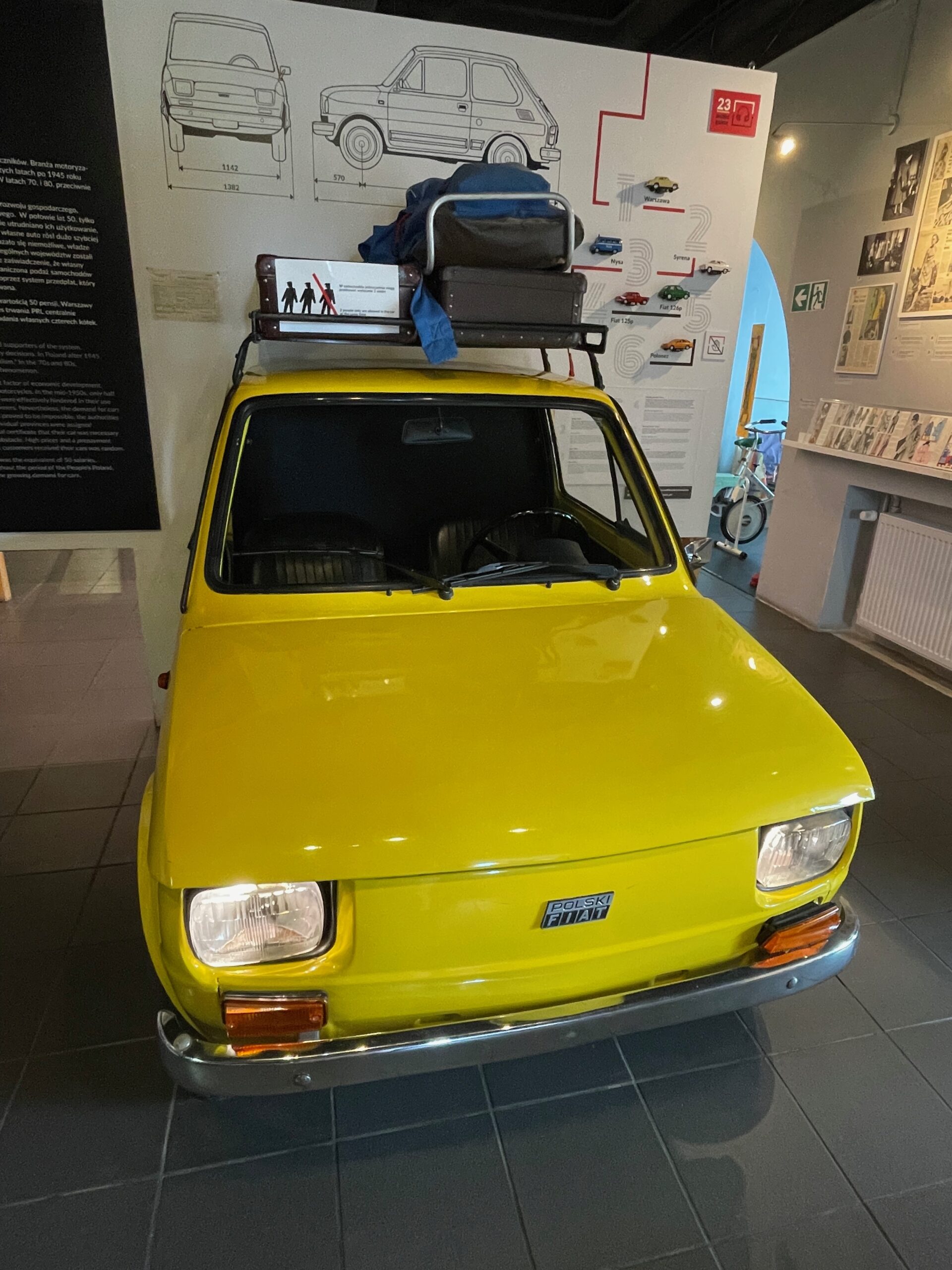 |
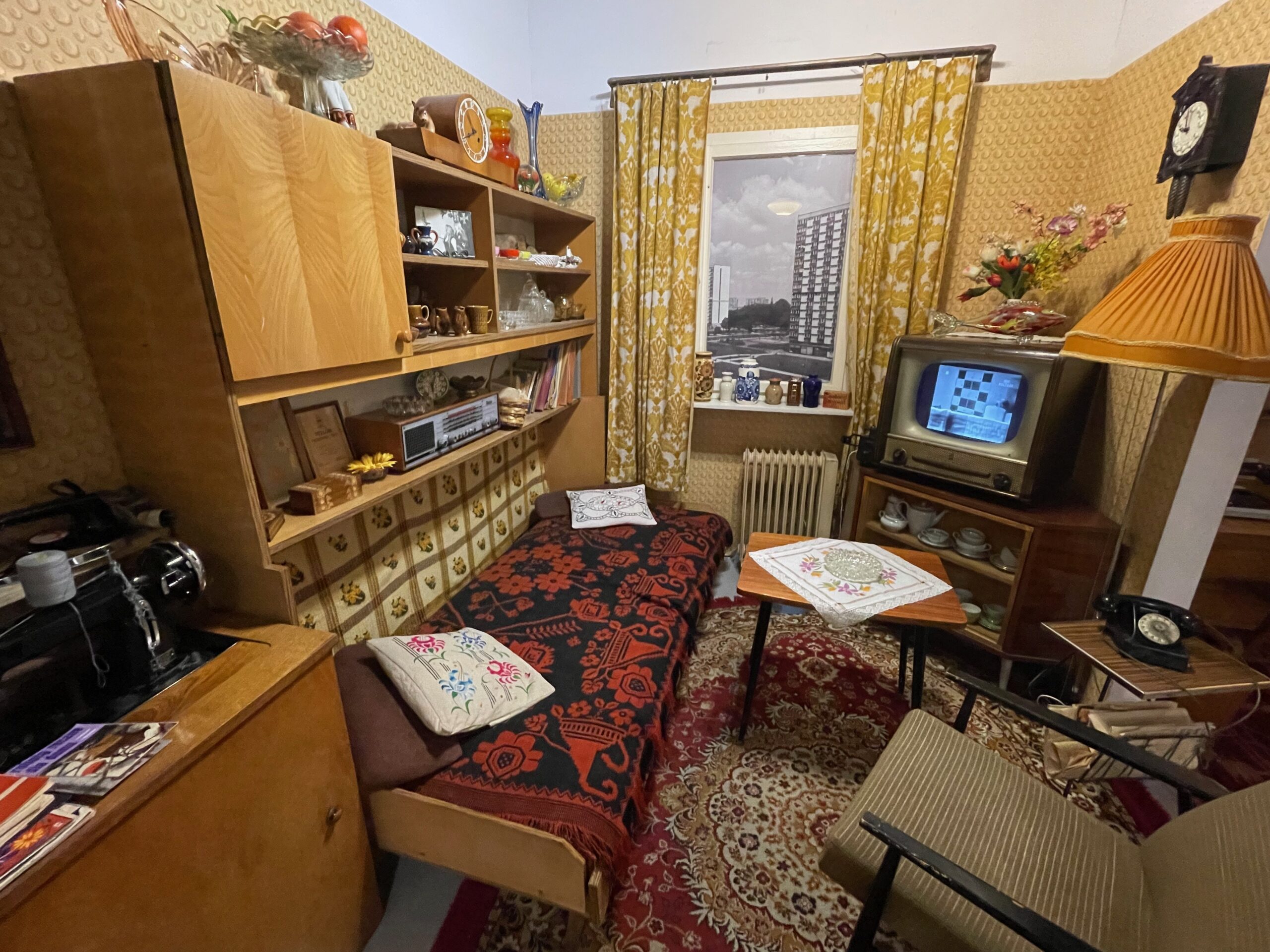 |
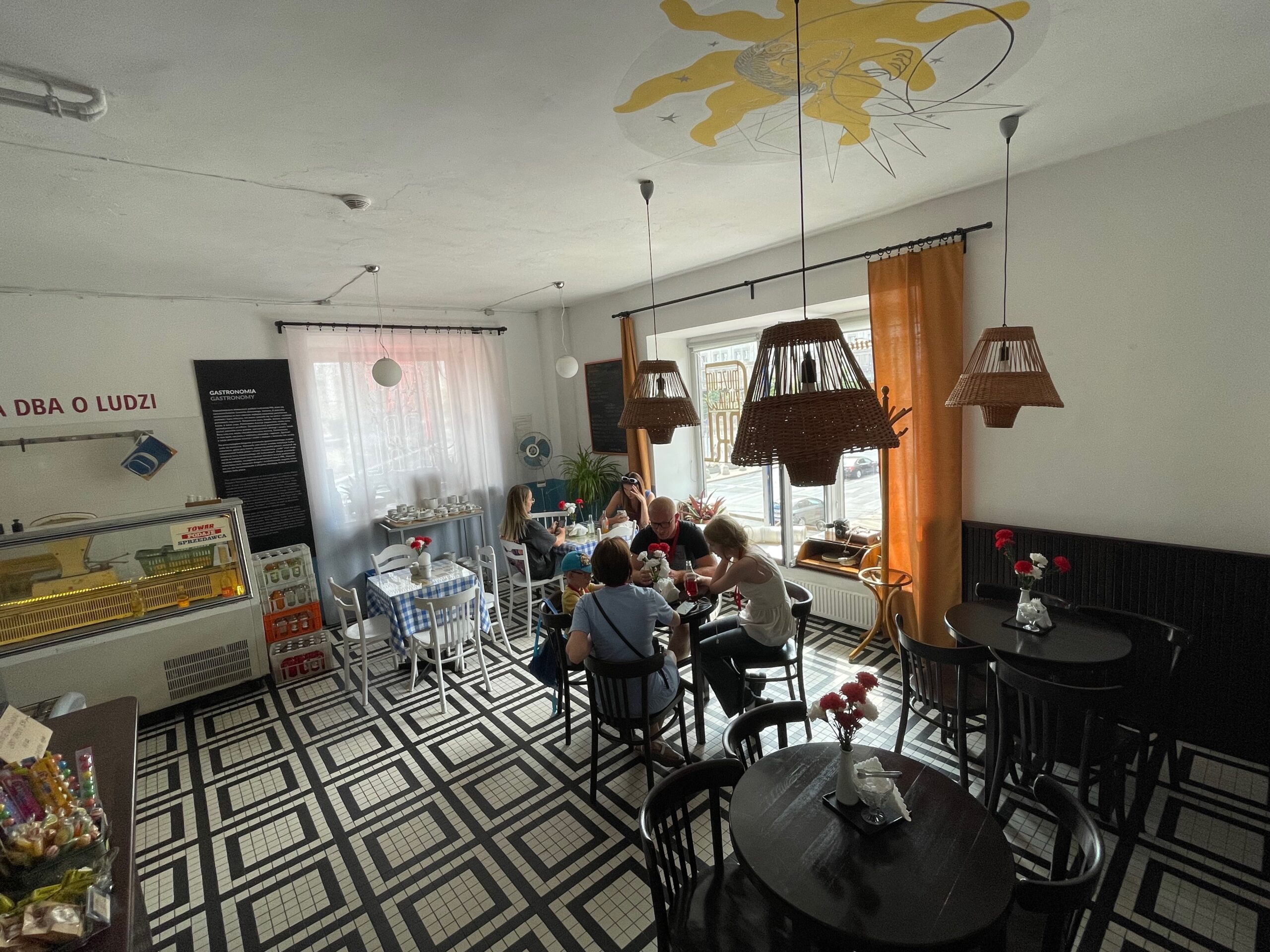 |
2. Constitution Square
If you visit Life Under Communism Museum, you can’t skip the Plac Konstytucji (Constitution Square ) where the museum is located. The square is a prime example of social-realist architecture with monumental buildings and vast roads crossings. Walk along Marszałkowska housing district to see social-realist houses built in 1950s.
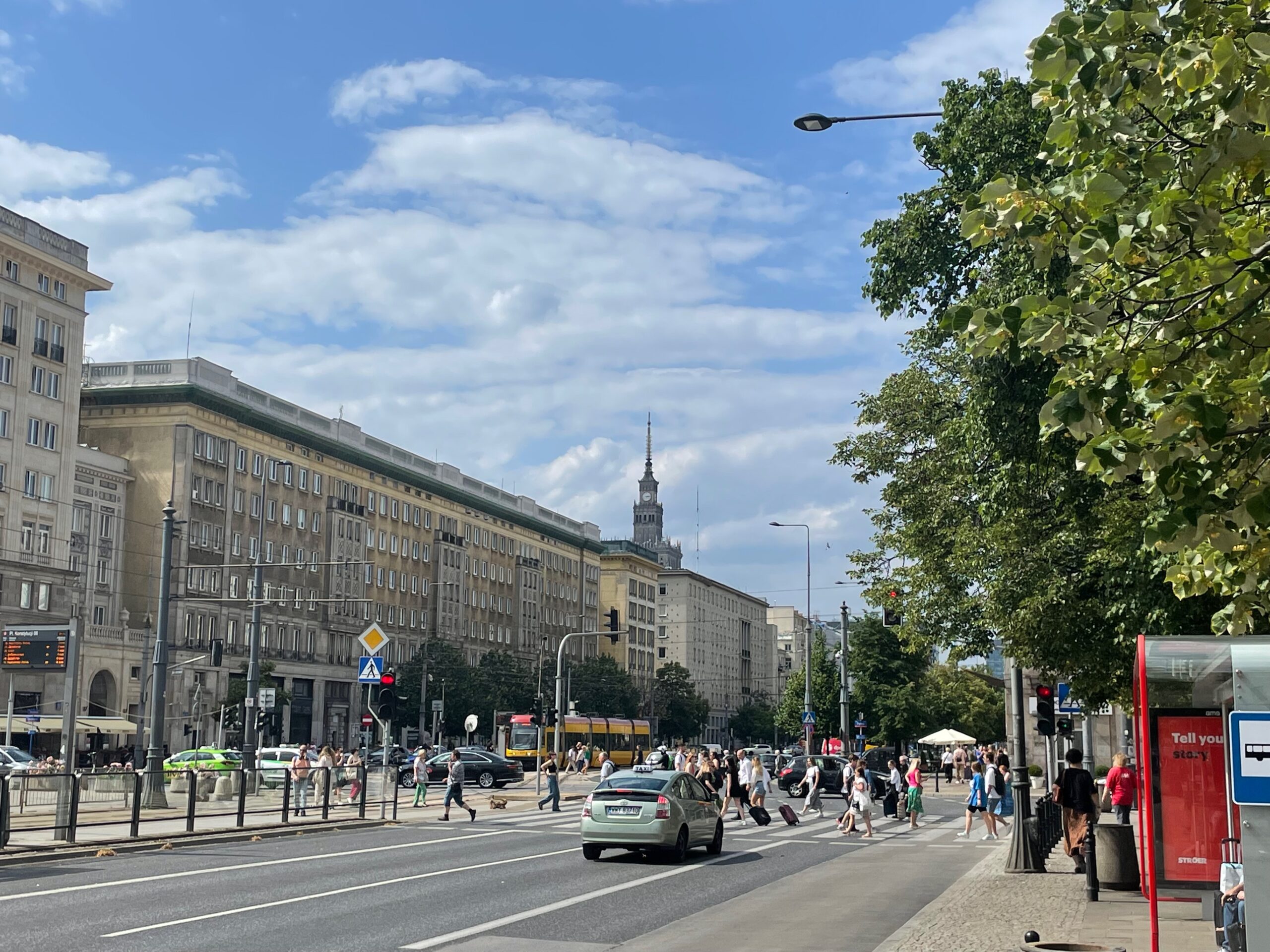 |
3. Lunch in one of milk bars in the area of Constitution Square
Since Marszalkowska housing district is one of the prime examples of monumental architecture from 1950s, it’s no surprise you will have here plenty of milk bars which were popular eateries for workers and students in the communist era. To find a good milk bar in a close proximity type in your Google Maps app a phrase “bar mleczny” and choose the establishment with good opinions (more than 4.0 based on few hundreds reviews). I have chosen Bar Mleczny Mokotowska and had there delicious Lithuanian cold beet soup and spinach dumplings.
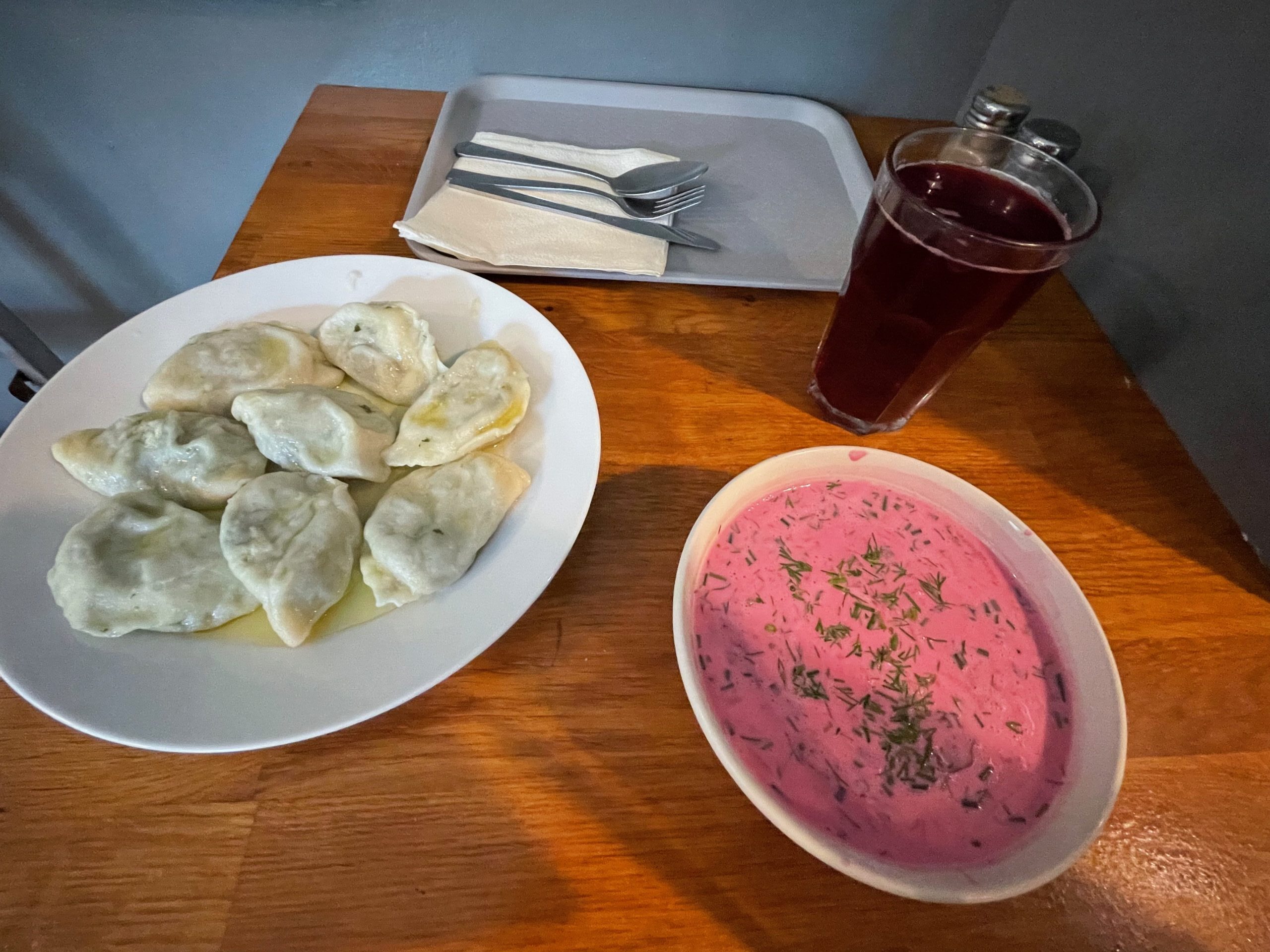 |
4. The Palace of Culture and Science
A relatively short walk (but you can take a bus to save time) leads to one of the most recognizable landmark in Warsaw which is the Palace of Culture and Science (Pałac Kultury I Nauki)*. It was built in 1950s as a gift of Soviet Union to Polish nation. Until now it is the tallest building in Poland (237 metres). Walk around the palace to observe the monumental figures of peasants, labourers and scientists. Inside the building you will find cinemas, theaters and museums as well as observation deck on the 30th floor from where you can admire panoramic views of Warsaw including nearby modern skyscrapers in business district and both banks of Vistula. If you don’t like waiting, you can order your tickets to an observation deck online. The Palace of Culture and Science also hosts a tourism office which is really well-equipped, you will find here free maps and brochures with plenty of information about Warsaw’s landmarks as well suggestions of thematic walks, list of traditional Polish food and shopping areas. I also saw there plenty of leaflets advertising attractions nearby Warsaw which are good ideas for a one day trip outside of the city.
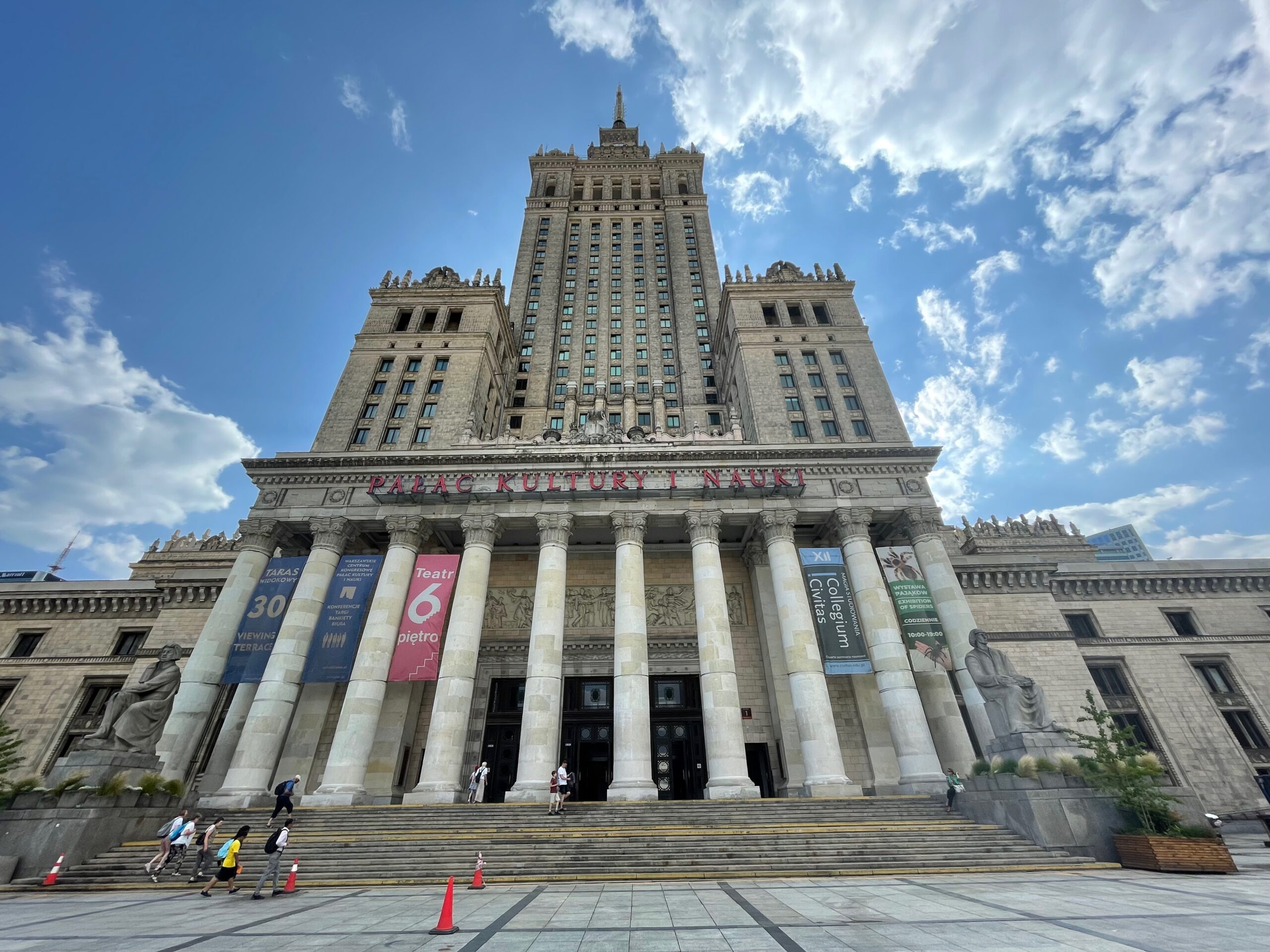 |
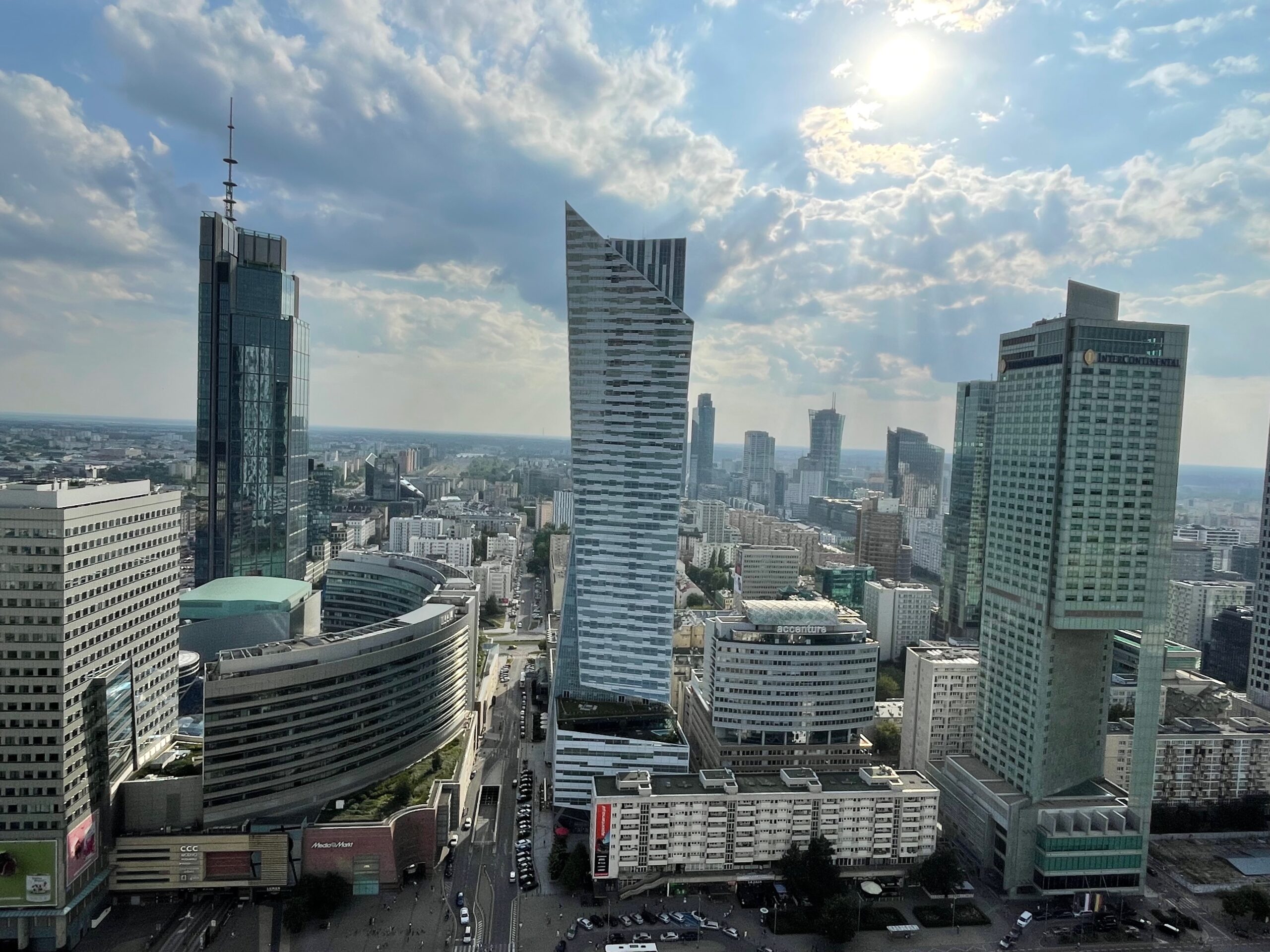 |
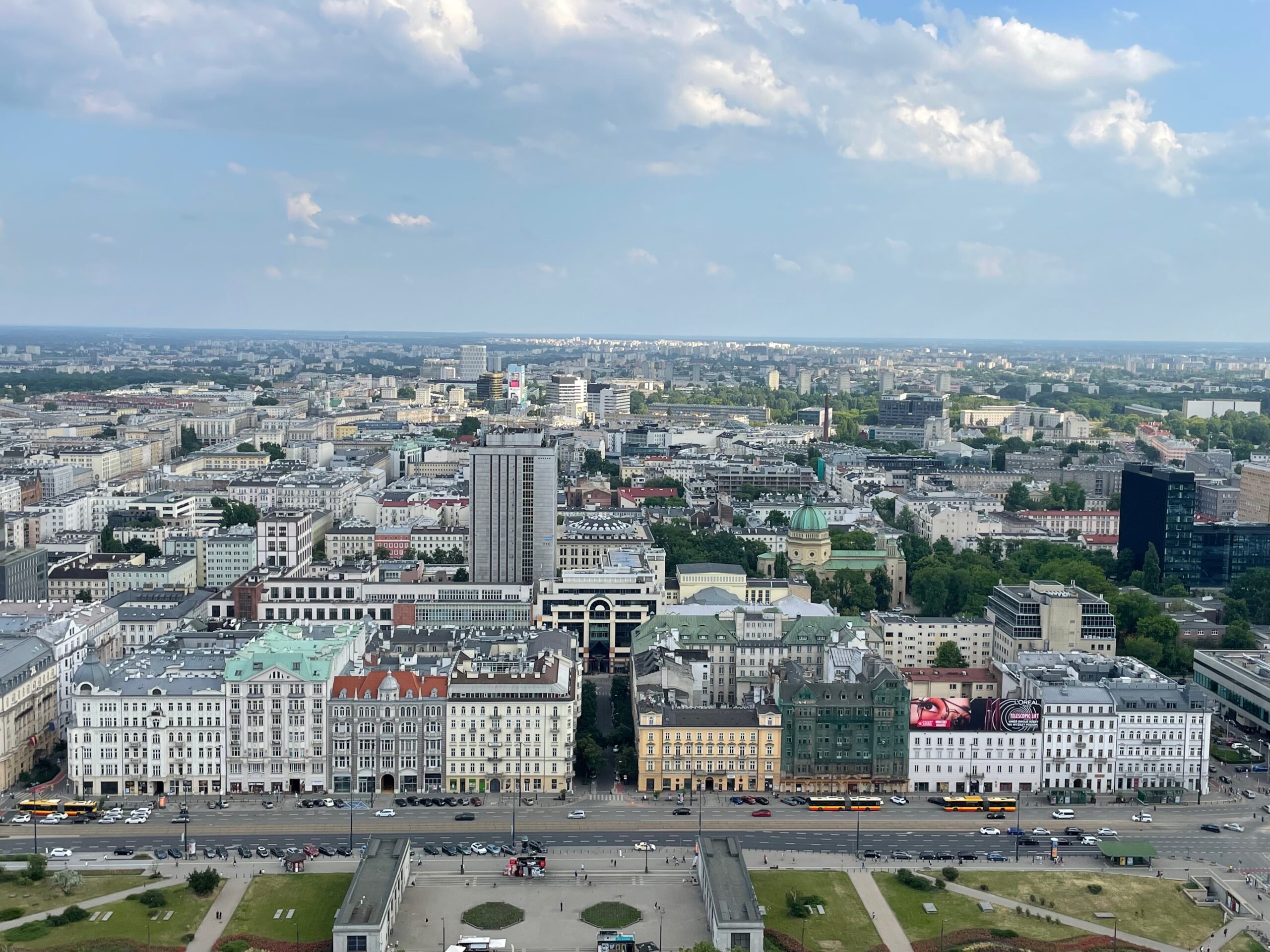 |
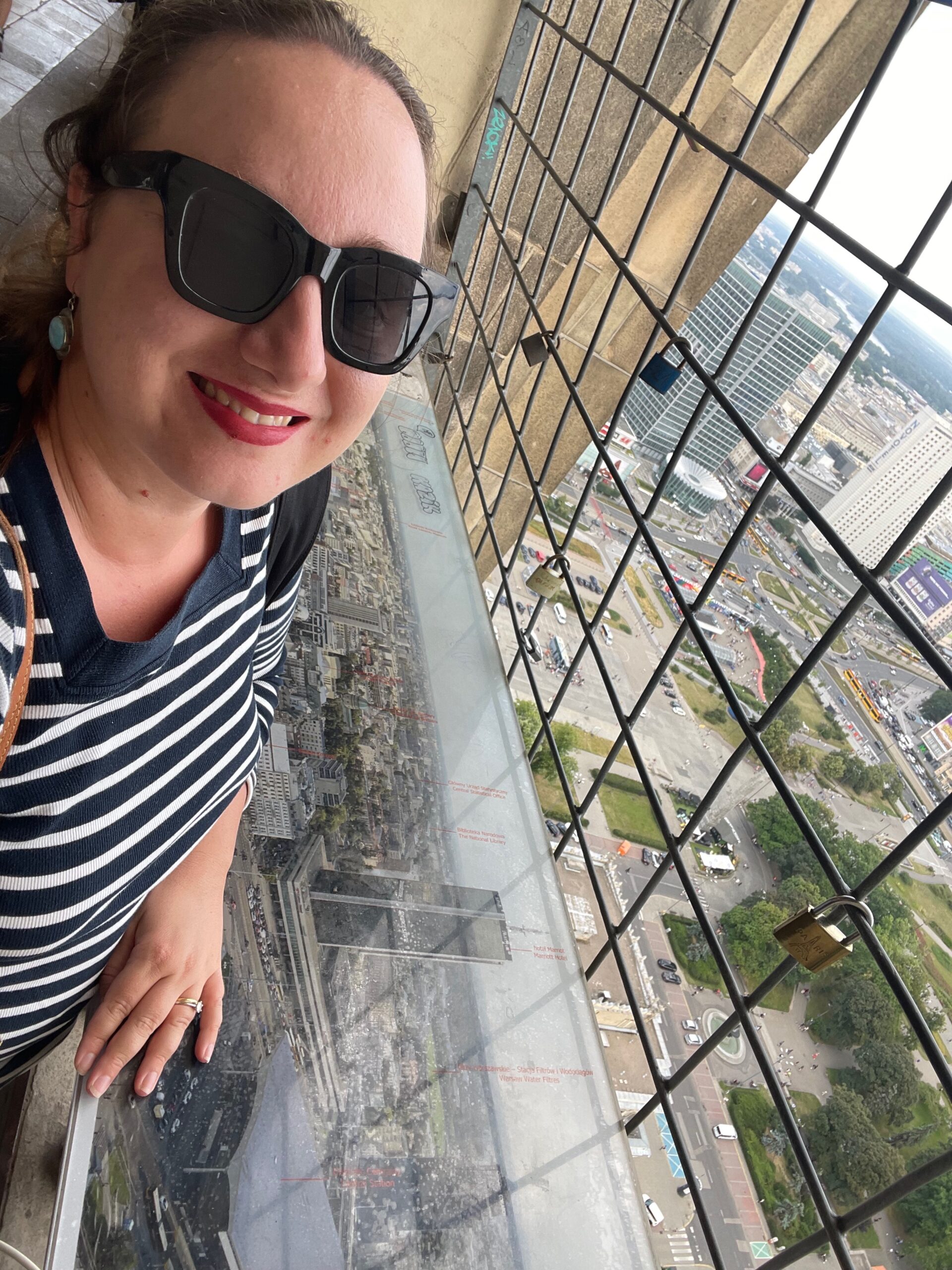 |
5. Pilsudski Square and Saxon Garden (Plac Piłsudskiego I Ogród Saski)
After one hour on the deck of the Palace of Culture and Science, I walked to the Pilsudski Square and Saxon Garden. The vast square was the courtyard of the Saxon Palace, erected in the 18th century, the residence of the kings Augustus II the Strong and Augustus III. Just behind the square you will find the Saxon Garden which is the first public garden in Poland, and now a popular spot for locals in the summer. Walk around and look at the baroque sculptures, the 19th century sundial and the fountain that was created as a part of the first water supply network in the city.
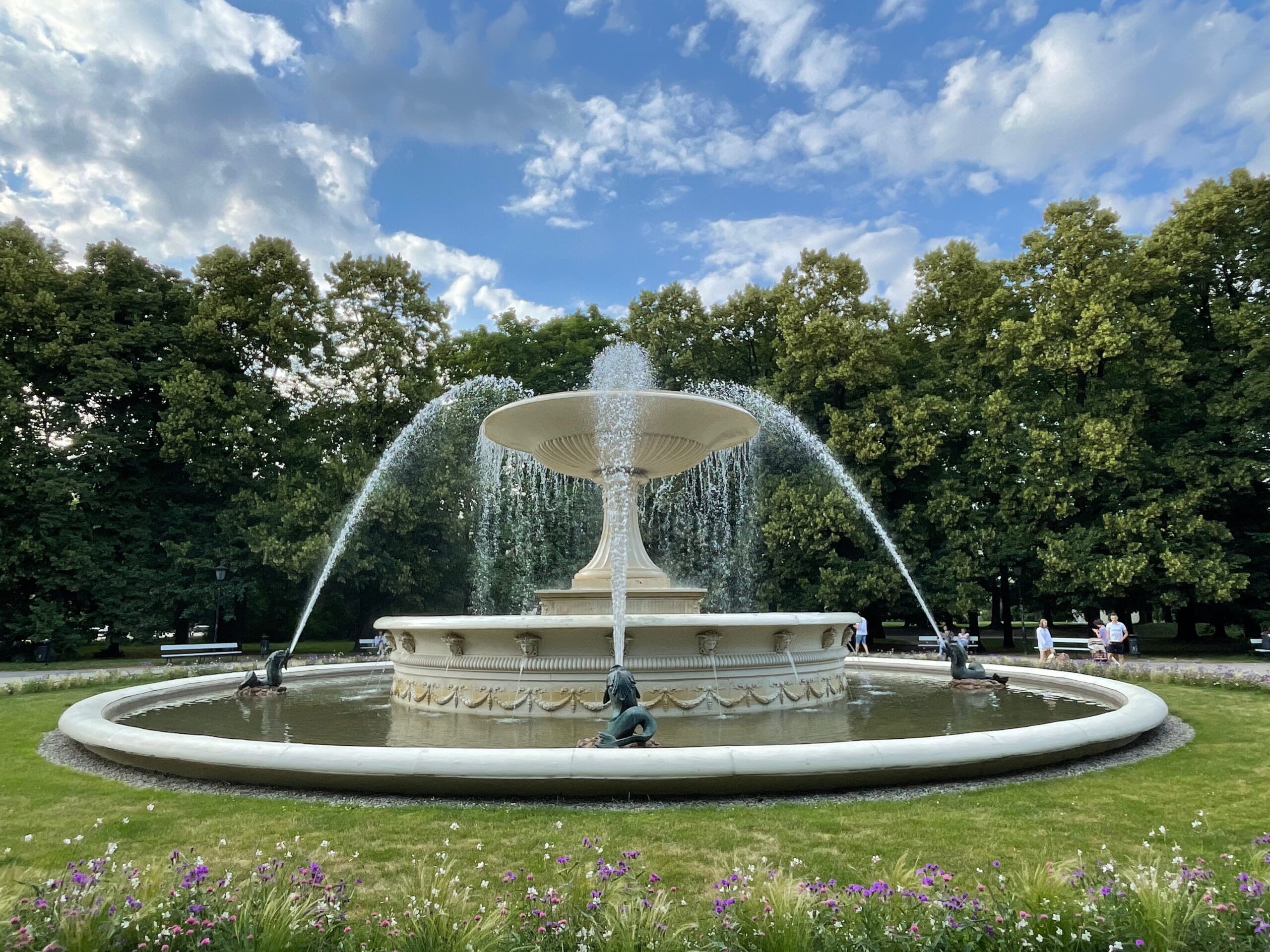 |
6. The Tomb of the Unknown Soldier (Grób Nieznanego Żołnierza)
If you’re on Pilsudski Square you can’t miss the Tomb of the Unknown Soldier which is located under arcades of the fragment of colonnade – the only part of the Saxon Palace that survived the World War II. The grave is a symbolic memorial which honours the unnamed heroes who died in the battles for Poland’s freedom. At the tomb, the eternal flame burns and soldiers perform an honour guard.
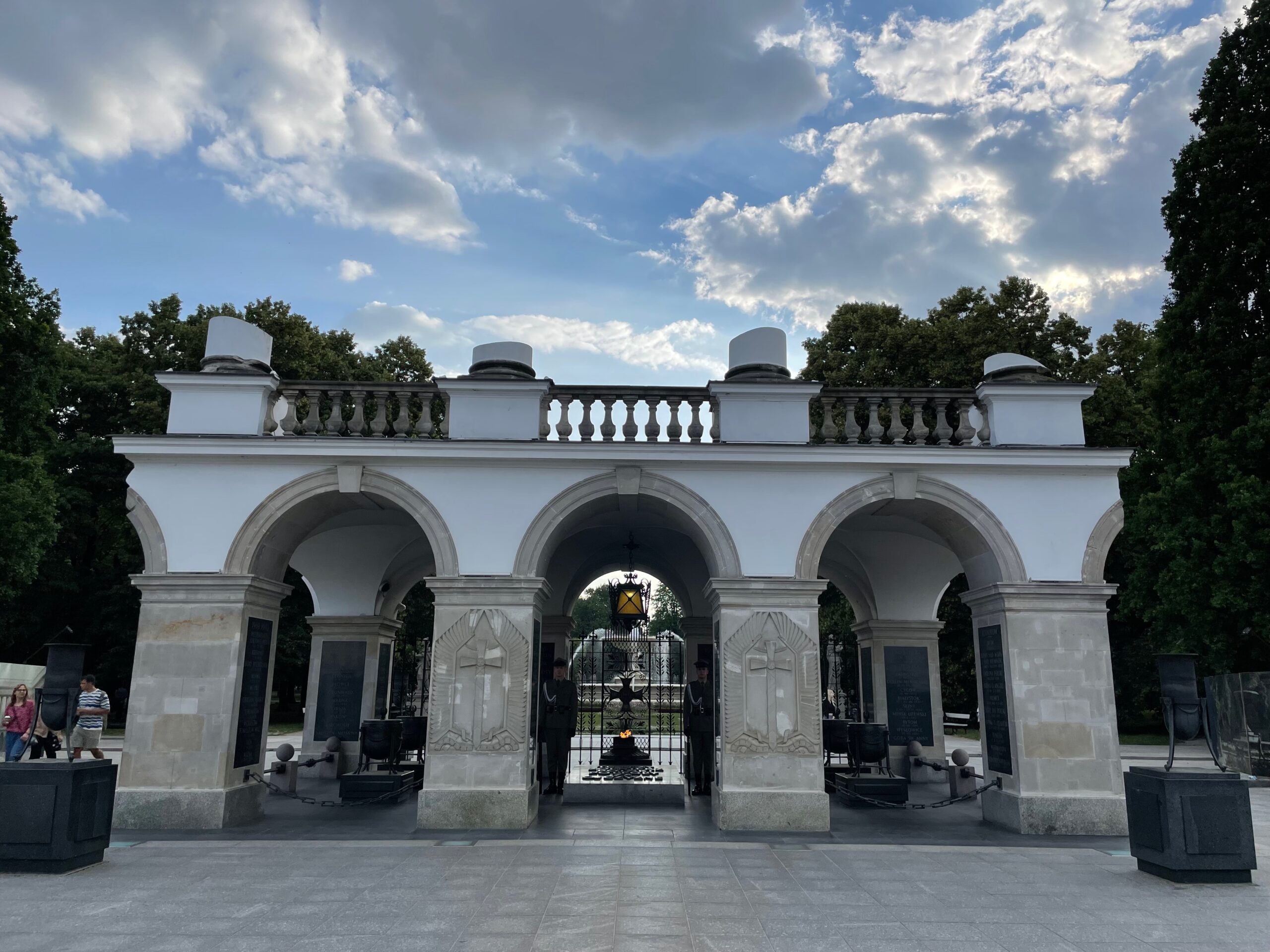 |
7. Warsaw University Library Rooftop Gardens
Since I was a bit tired from all the walkings, I decided to rest a bit on the two-level rooftop garden of Warsaw University Library. The green area is filled with bridges, streams and sculptures that covers an entire hectare of the garden, there is even a fishpond and a stone fountain mixed in among the oak trees and Japanese spirea. The garden offers panoramic views of the lower-bank Warsaw and across the river to Praga district. The garden is close to the Copernicus Science Centre which is a very high quality science centre open to visitors. The centre is one of the top tourist attractions and offer several hundred hands-on exhibits which require active participation with pressing buttons, answearing quizzes and even exerting yourself physically. The center is very popular especially among families with kids. A visit to consider.
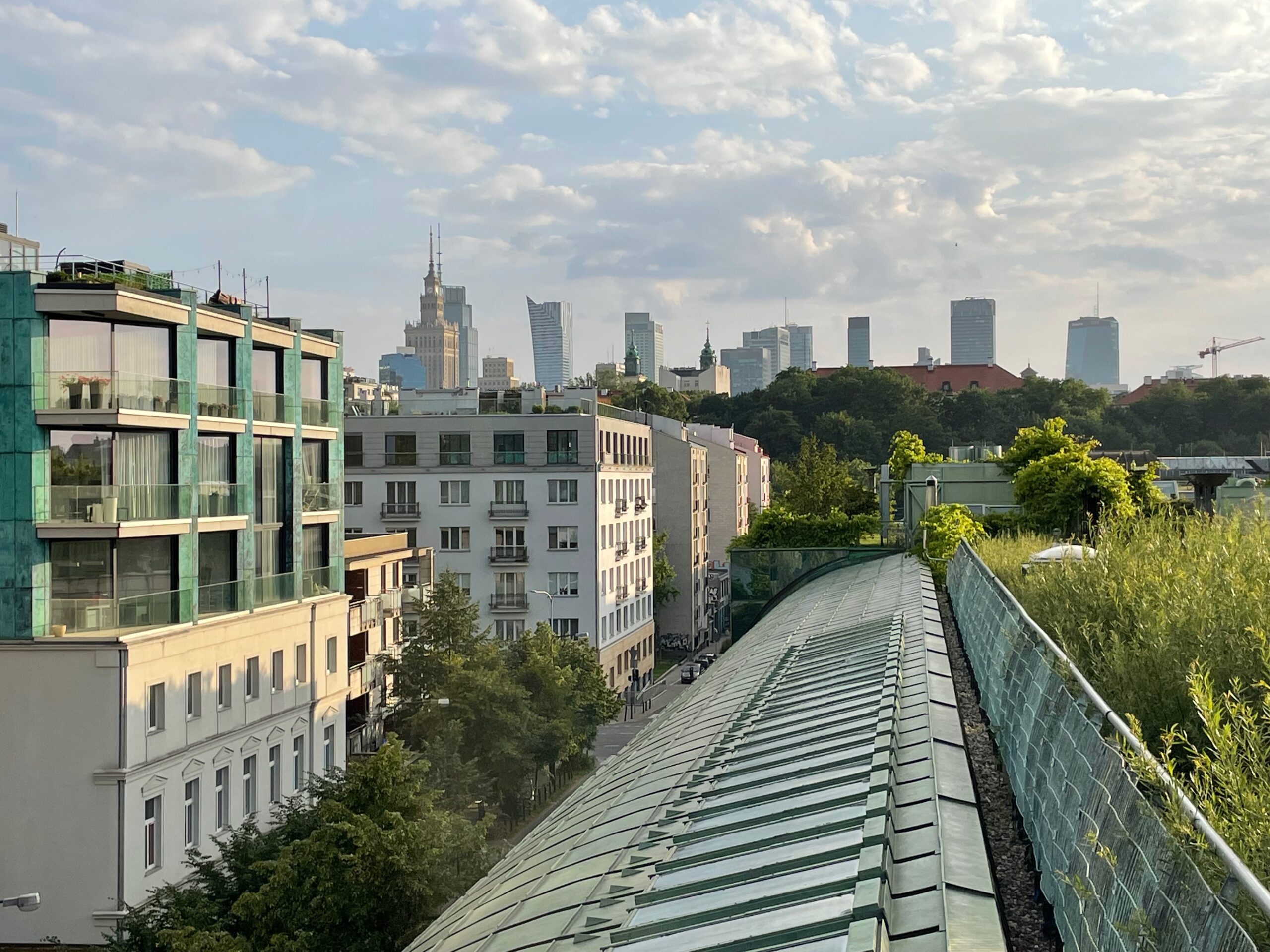 |
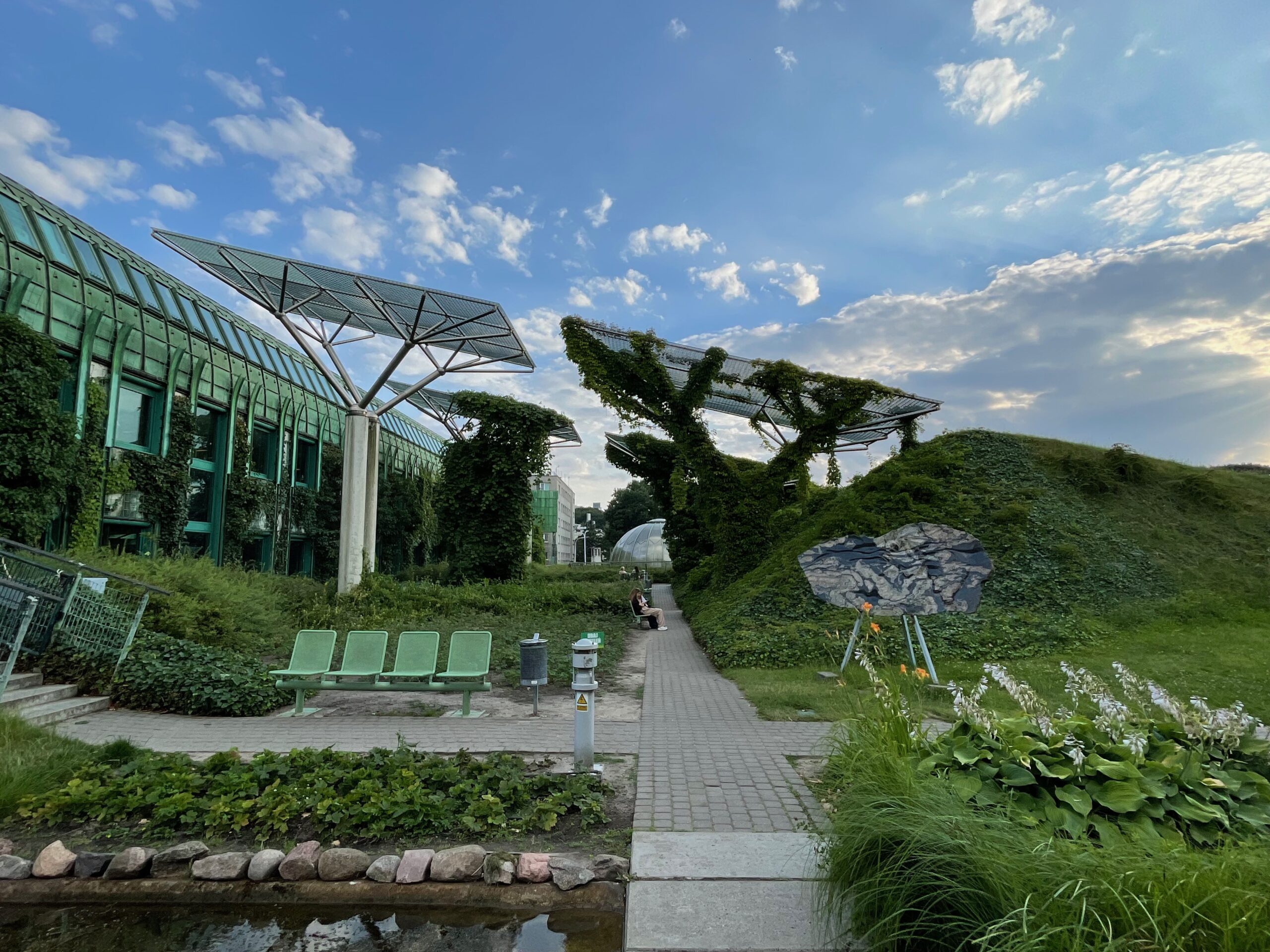 |
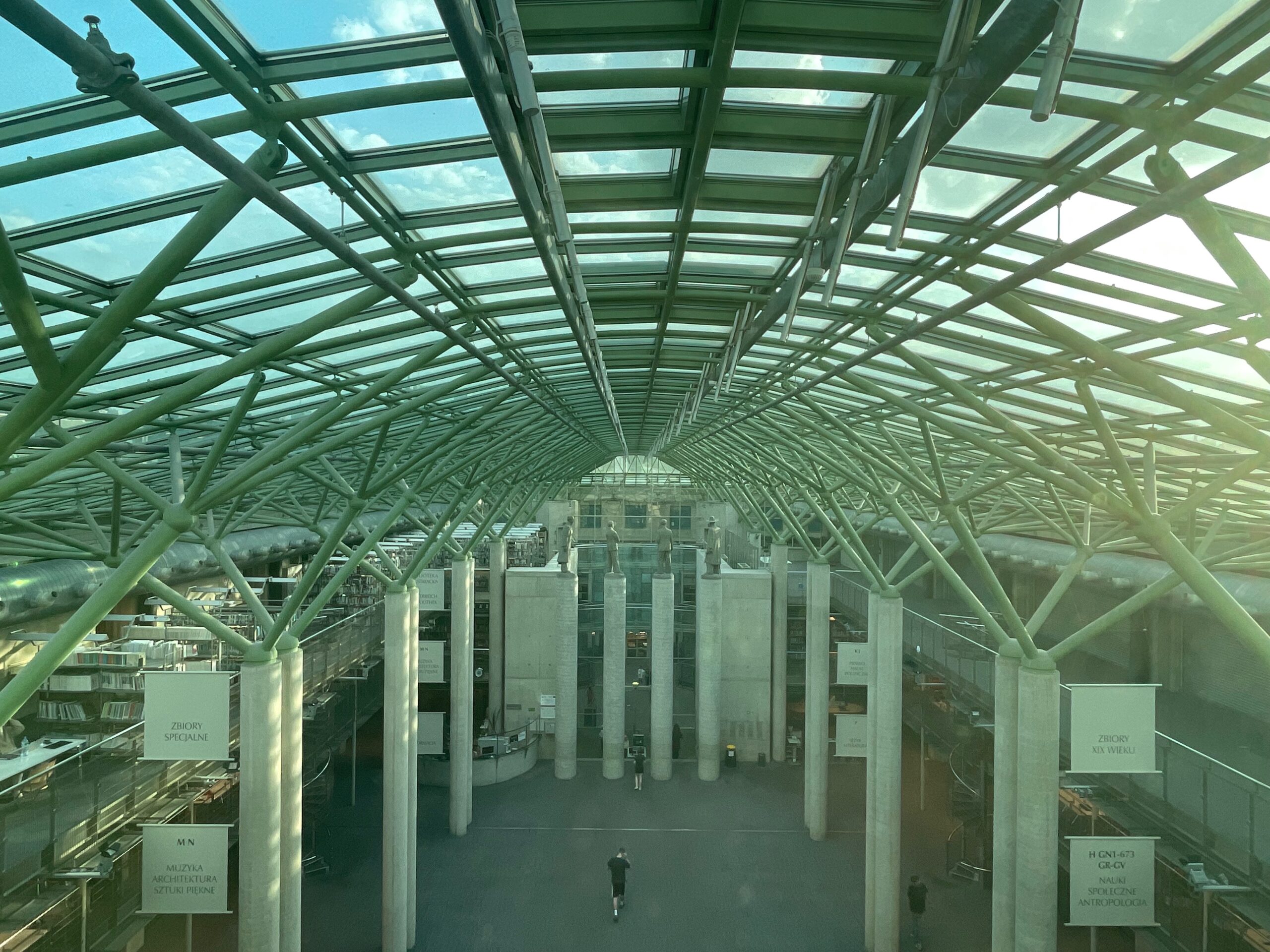 |
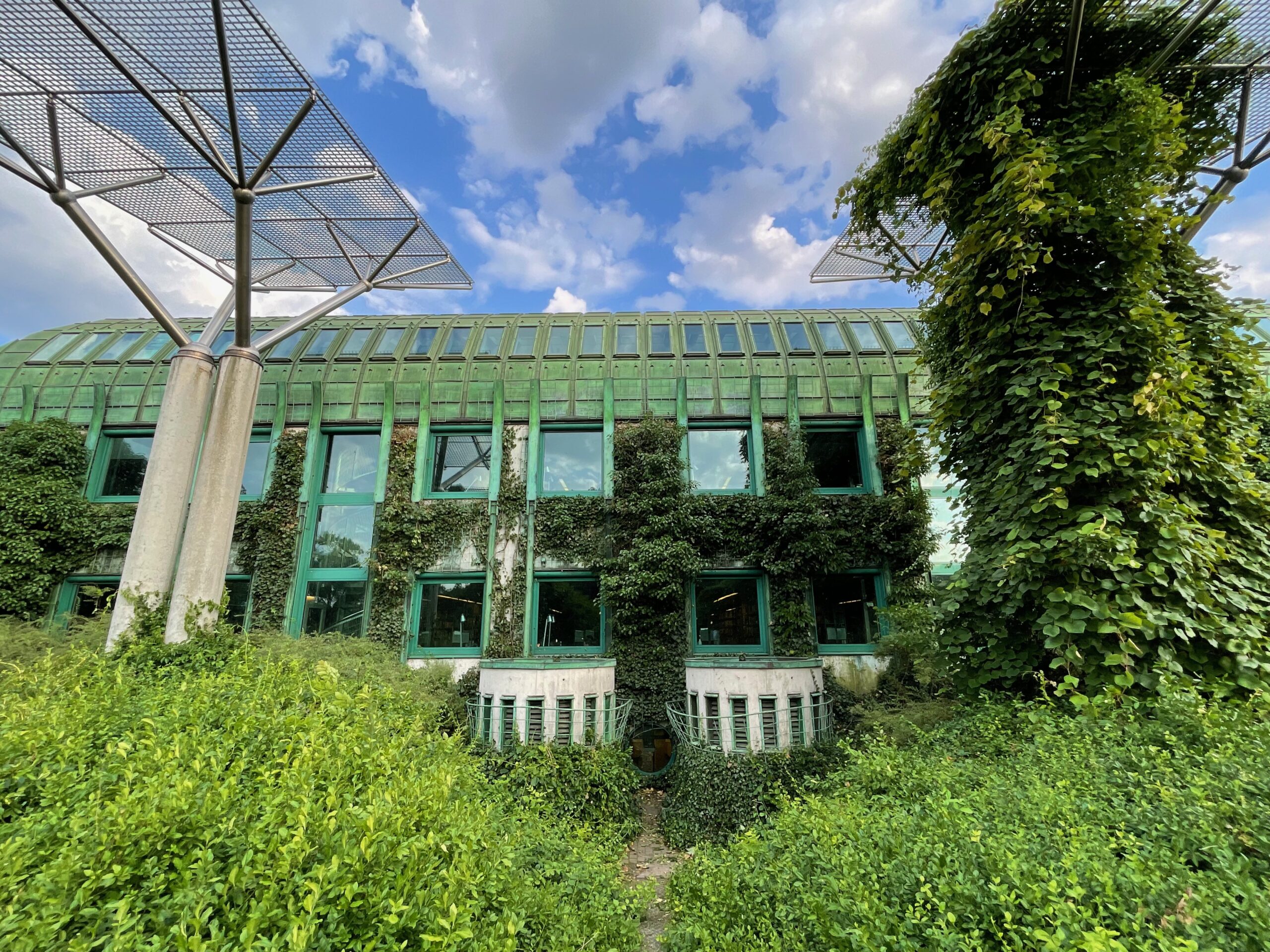 |
8. Dinner in the Old Town
When it was rebuilt in the postwar years, Warsaw implemented a vision of its resurrected Old Town as a place of culture. You will find here Royal Castle, Museum of Warsaw, many small narrow streets with historical houses (reconstructed) and Old Town Square. As you walk around you will find here plenty of charming restaurants serving traditional Polish cuisine. The prices are lower than in old towns of Kraków or Gdańsk! I have decided for traditional mushroom soup served in bread and refreshing lemonade. You can relax with a drink later on in one of the cameral bars around.
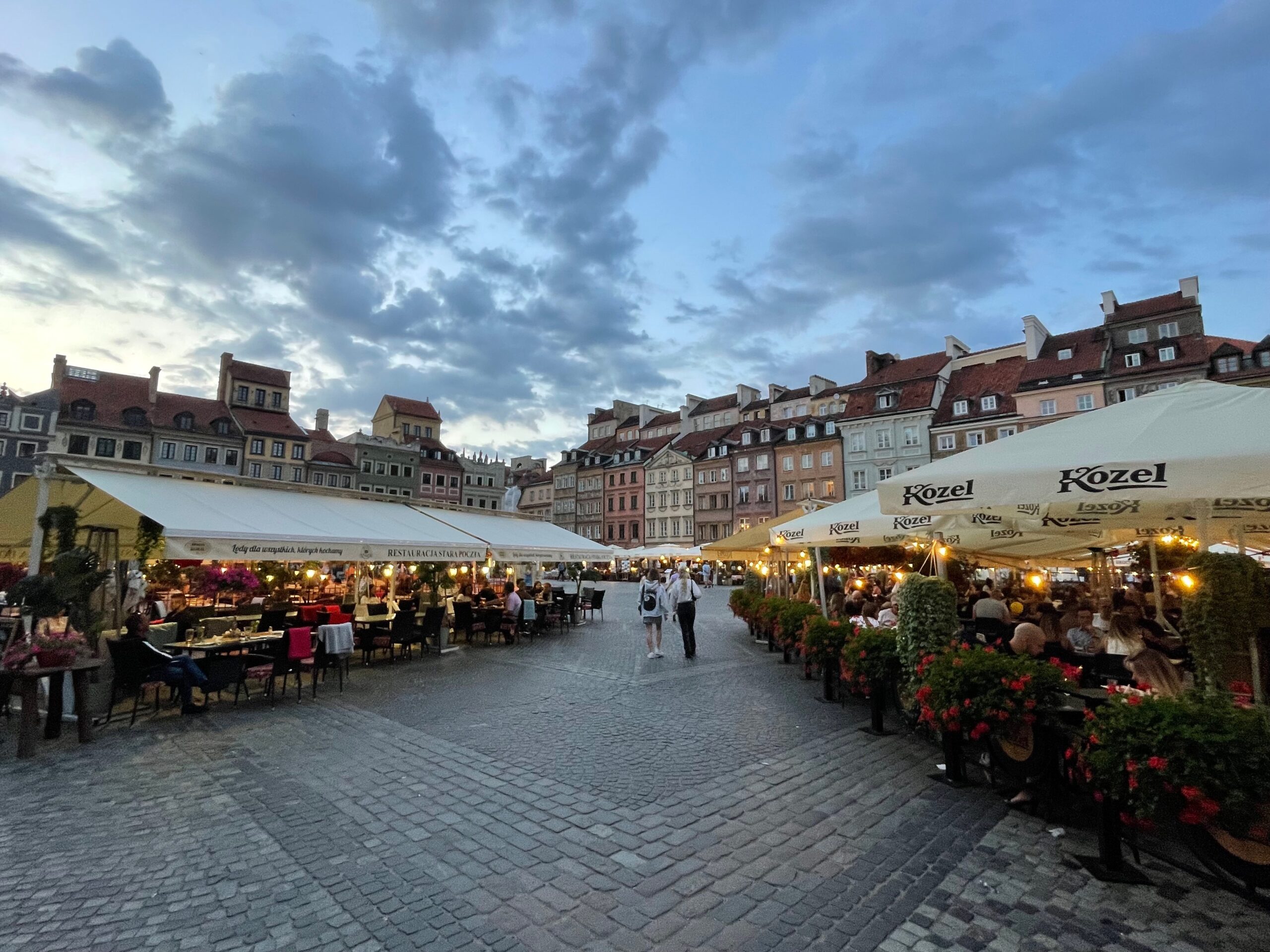 |
Day 2
9. Royal Baths (Lazienki Królewskie)
This glorious 17th century park, spread over 74 hectares, is one of Warsaw’s unparalleled highlights adored by locals and visitors alike. I find Lazienki one of the most charming places in Warsaw. Note that Lazienki is not just a park but also a museum complex full of wonderful art and architecture.
The surprising name Royal Baths is derived from the park’s centrepiece the Palace on the Island which is a baroque bathhouse built in 1683 and converted into neoclassical residential palace in the late 1700s by King Stanislaw August. Architecturally spectacular, the place lies on the island in the middle of the long narrow lake and is connected to the both shores by colonnaded bridges. During the day of my visit the museum was closed for visitors because of the conference. Unfortunately, various events organized in the palace made in unavailable from Monday to Thursday which I find excessive. This is a national landmark and museum and should be closed only occasionally and not be exploited for events for few consecutive days!
Apart from the Palace on the Island, you will find here Old Orangery where the Royal Theatre of the King Stanislaw Augustus from the 18th century is located. In the 1700s the building was also housing exotic trees and plants. Nowadays, you won’t find here any trees inside but you can visit The Royal Sculpture Gallery. Another landmark included in the ticket is Myślewicki Palace built in the 1770s and 80s. This is the elegant semi-circular palace and was originally conceived as King Atanislaw August’s primary residence.
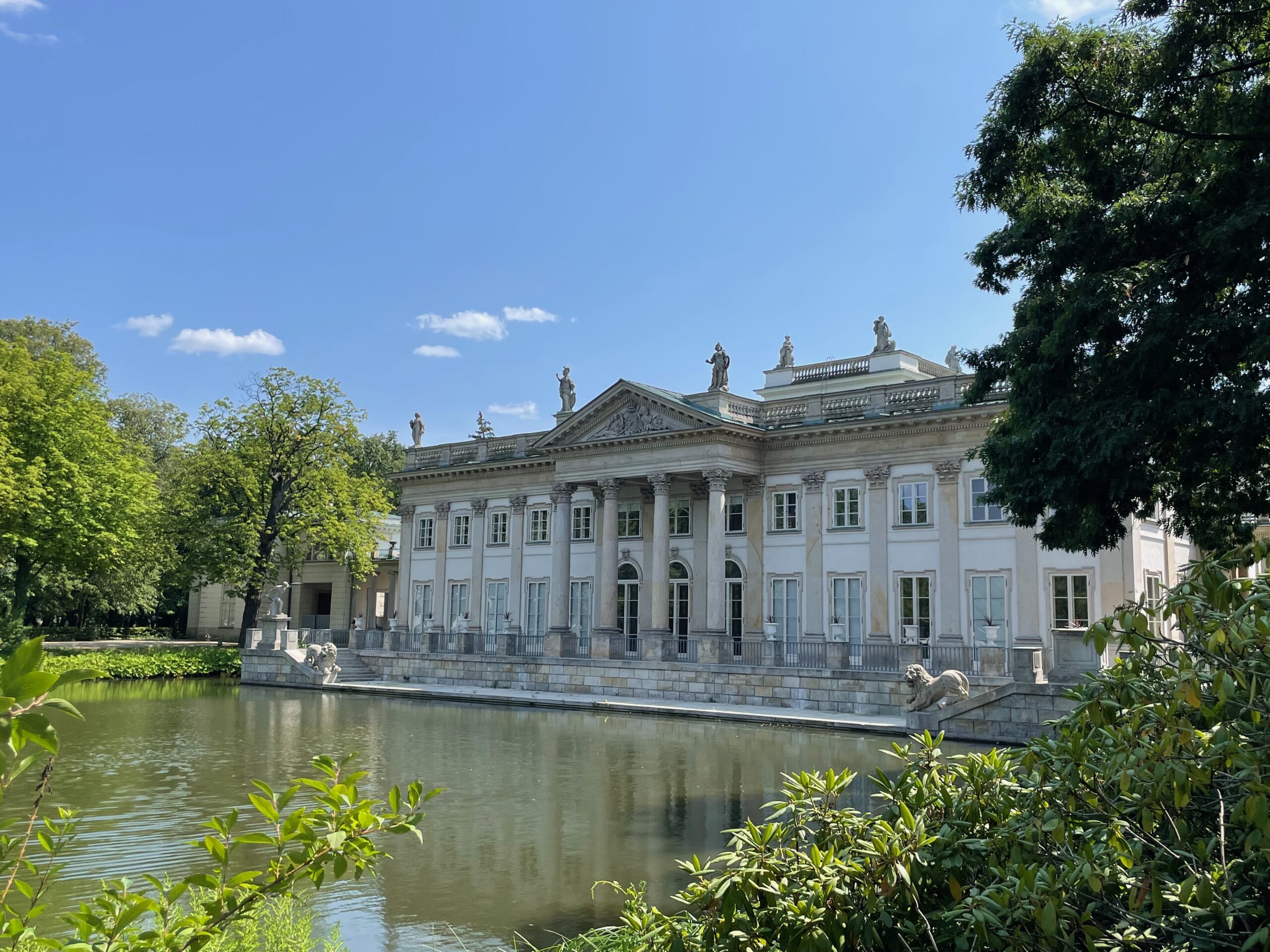 |
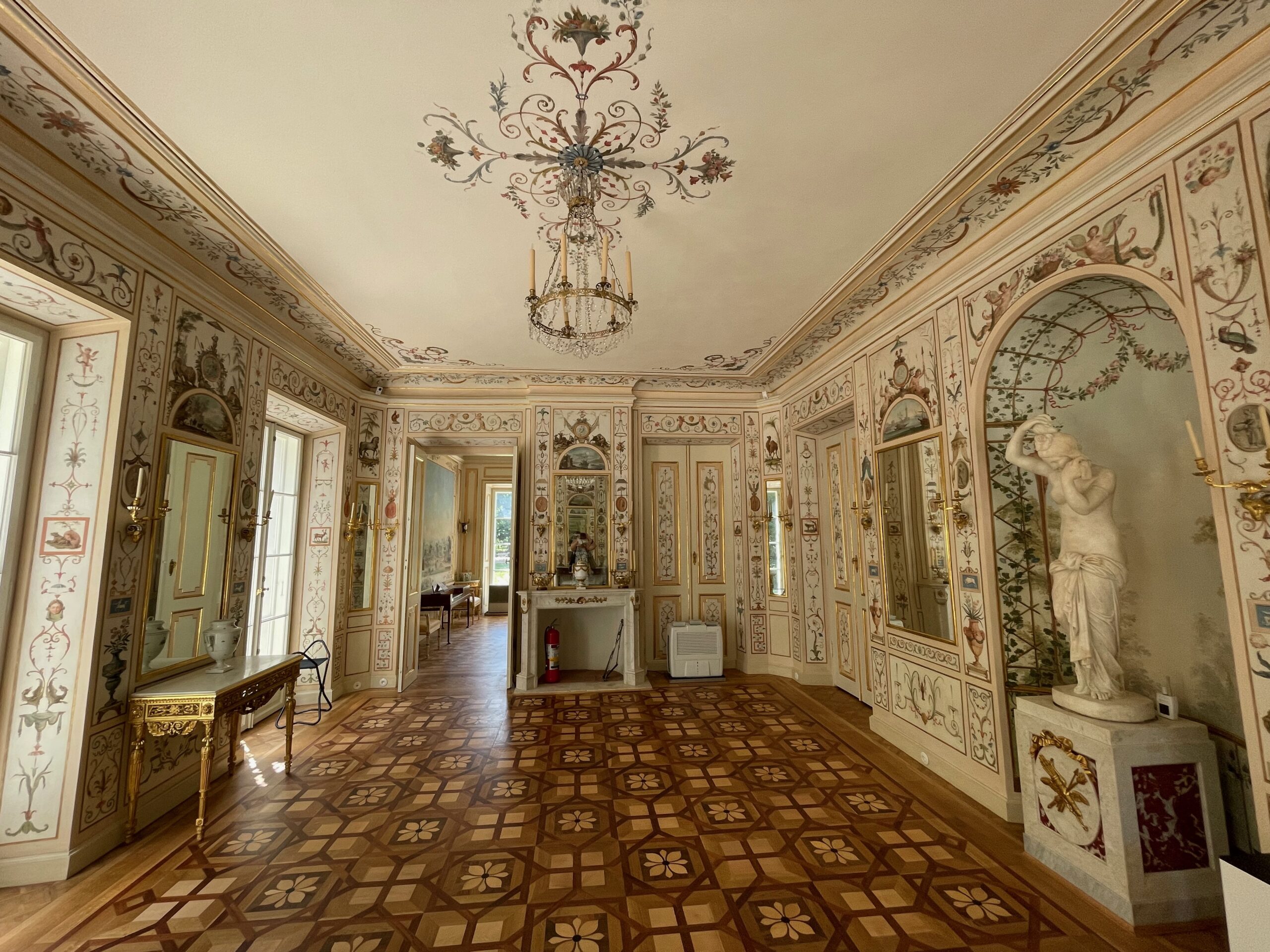 |
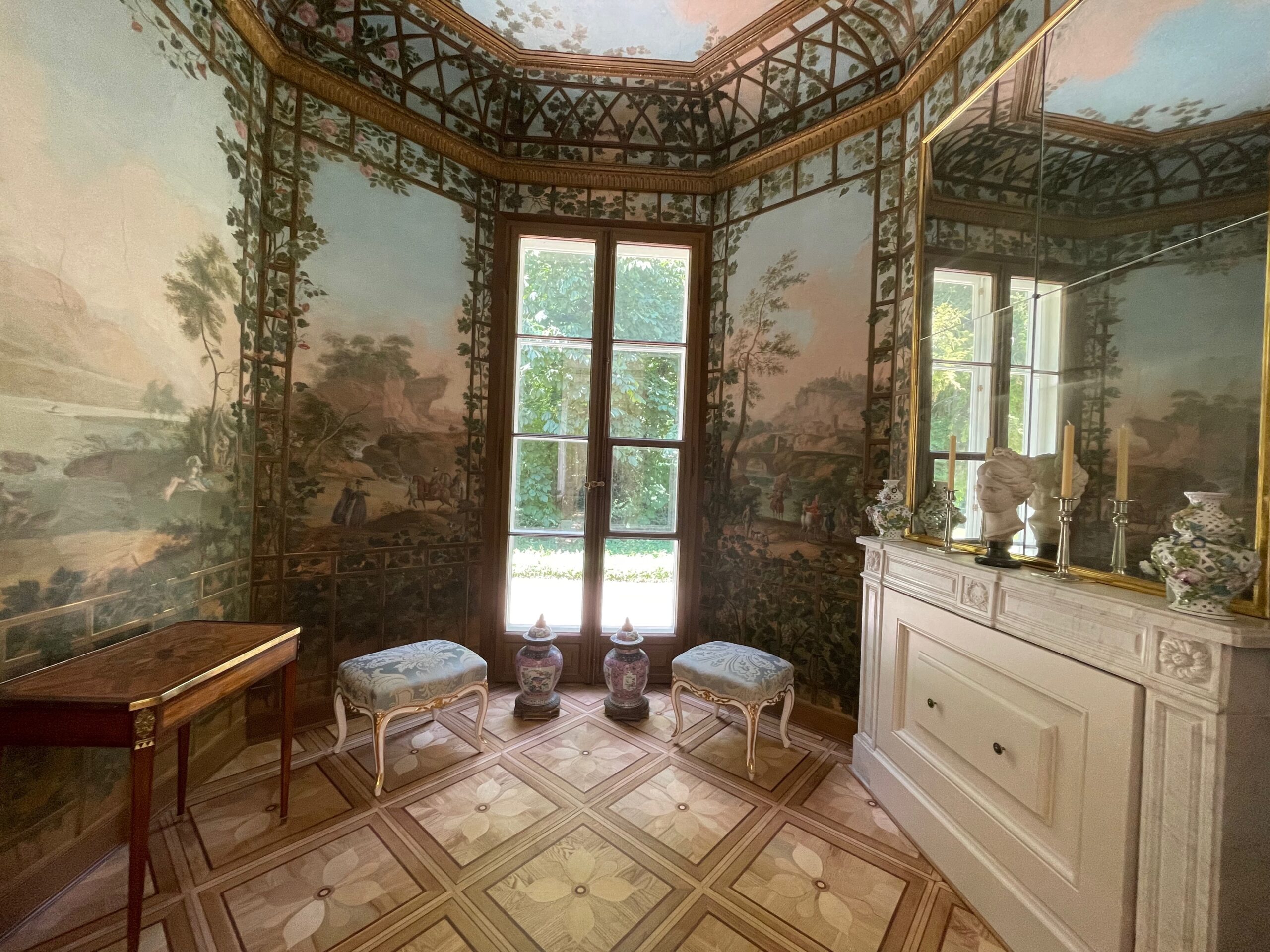 |
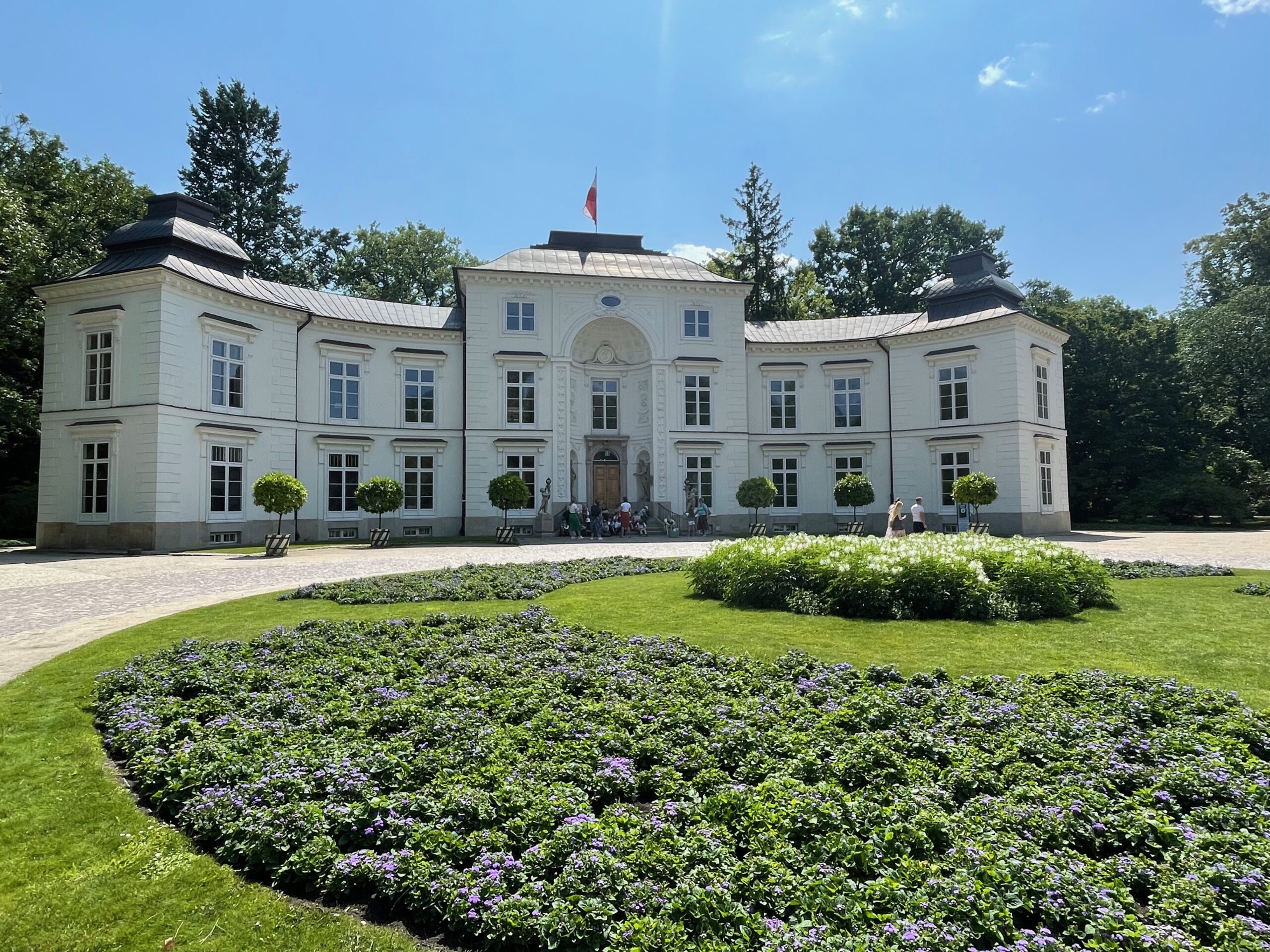 |
When done with the historical palaces, I recommend having a stroll around, the park is packed with gorgeous sculptures, bridges and ponds, you can also refresh in many small cafes and restaurants.
I liked a lot souvenir stores located in the Old Orangery and Officer Cadets School and the book selection. Royal Baths have their own publishing house and I found there many interesting books about Polish kings and Polish history.
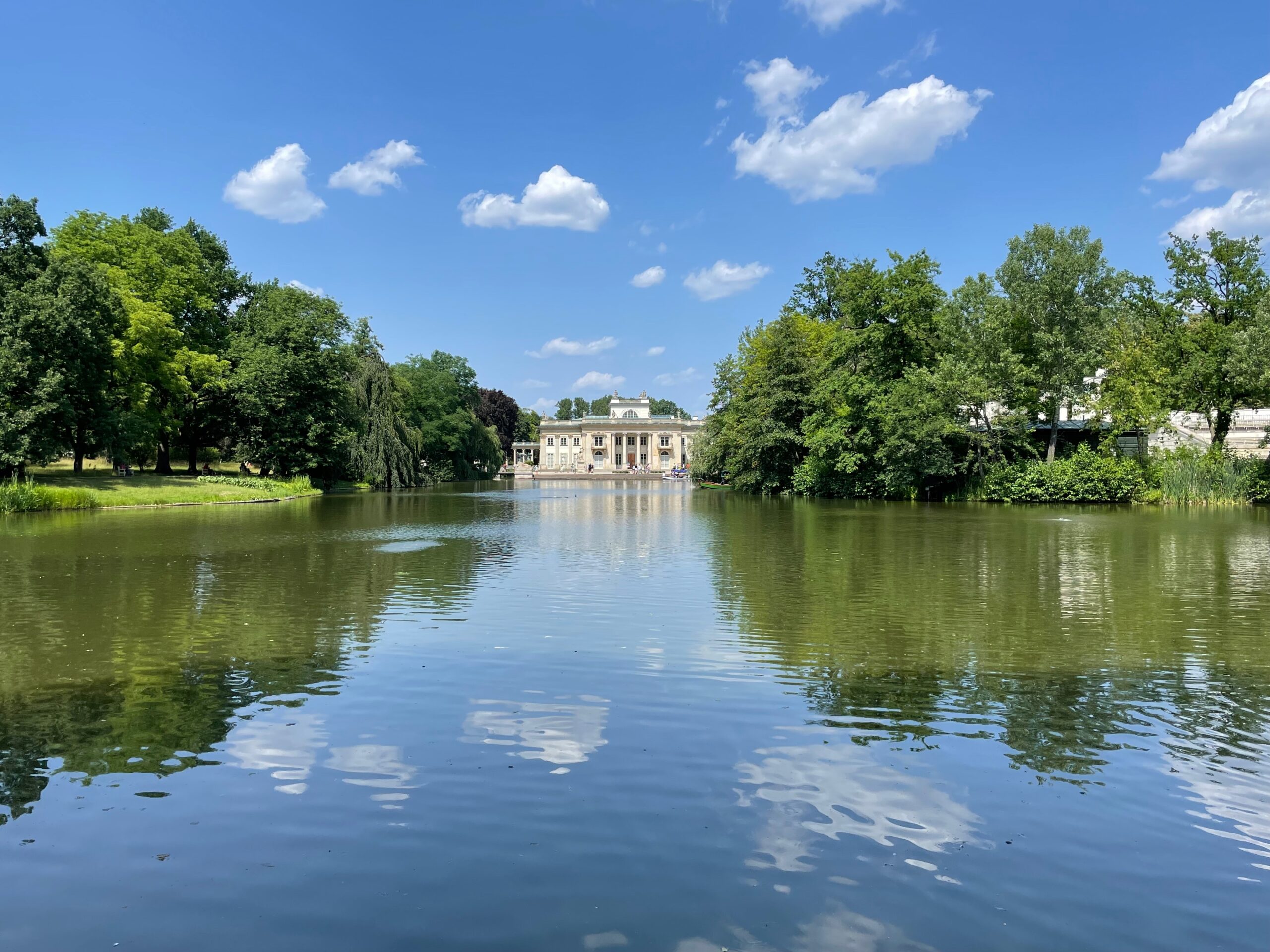 |
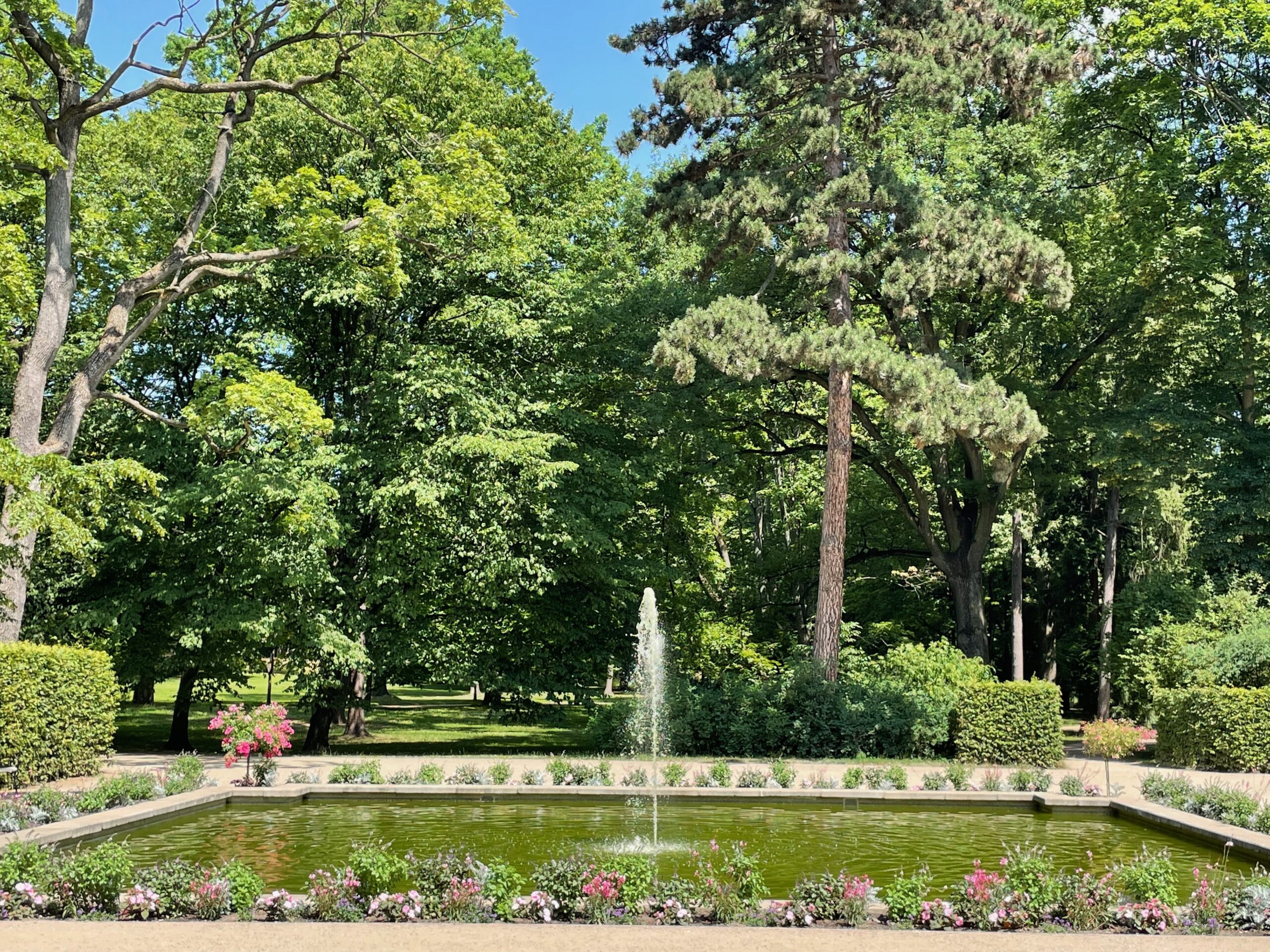 |
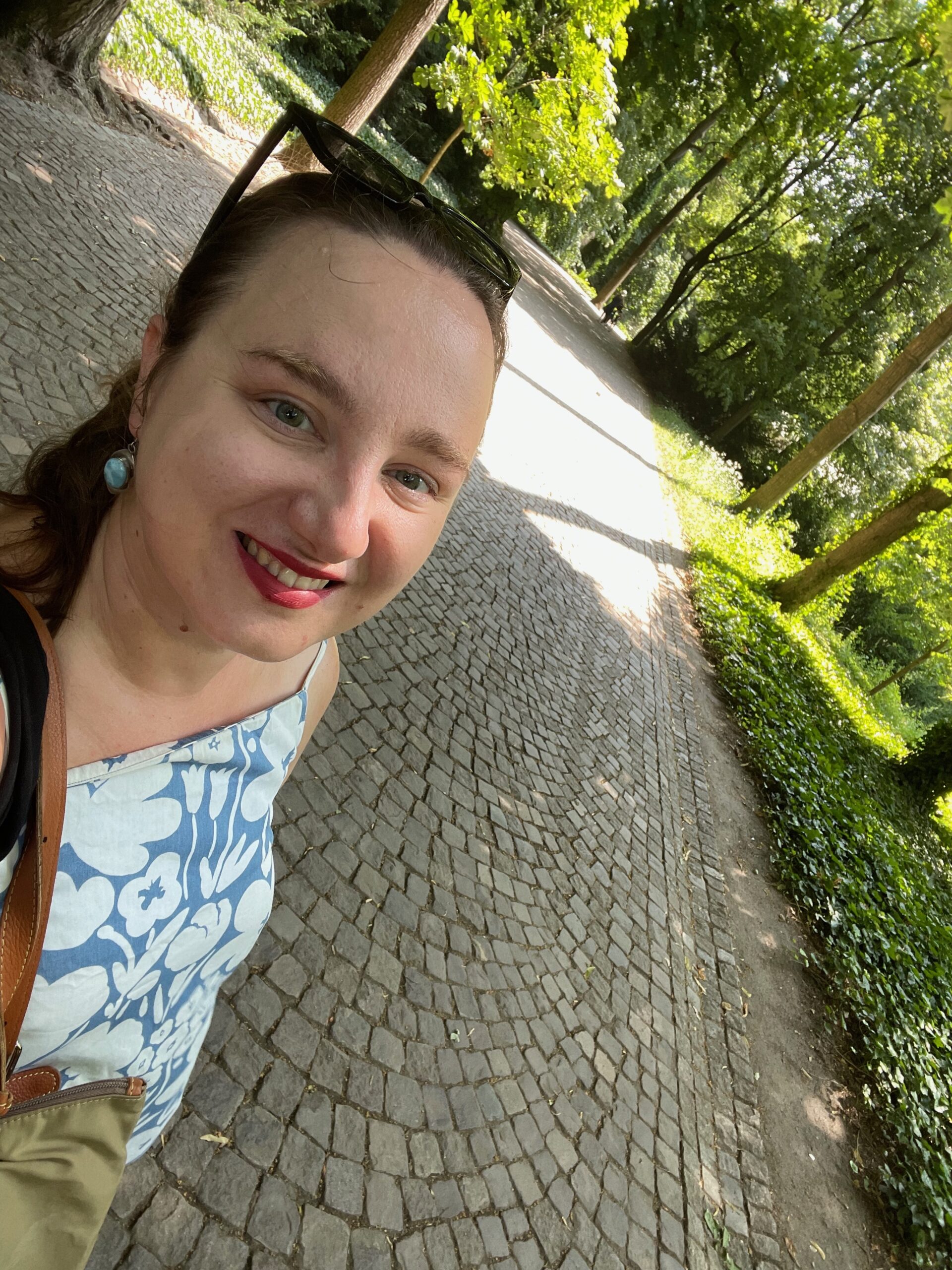 |
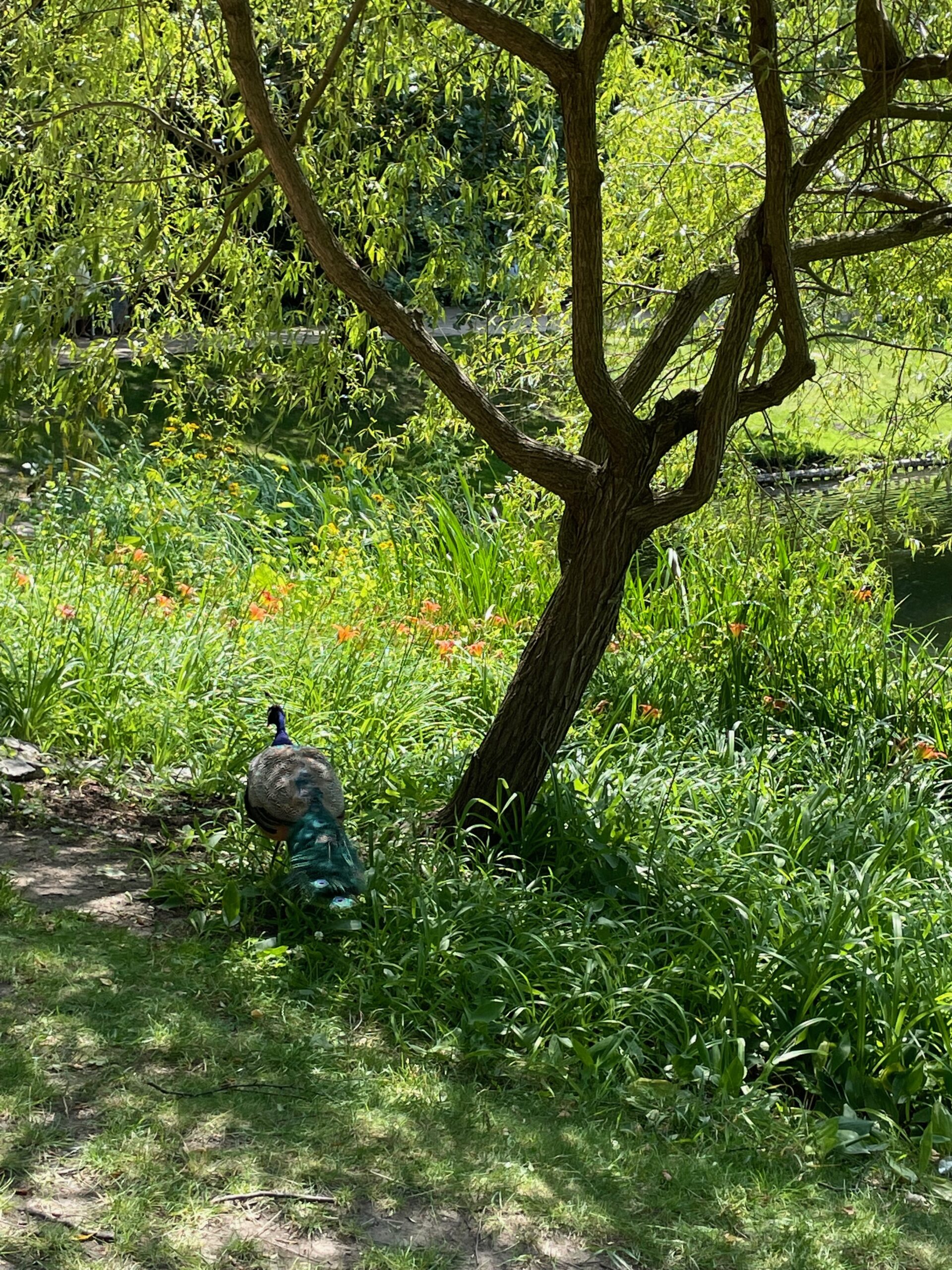 |
10. Chopin Monument
If you’re in the Royal Baths complex, have a stroll to their romantic garden where Fryderyk Chopin monument is located. The large sculpture is the backdrop for a very popular series of free classical piano concerts every Sunday at noon and at 4pm from mid-May until the end of September.
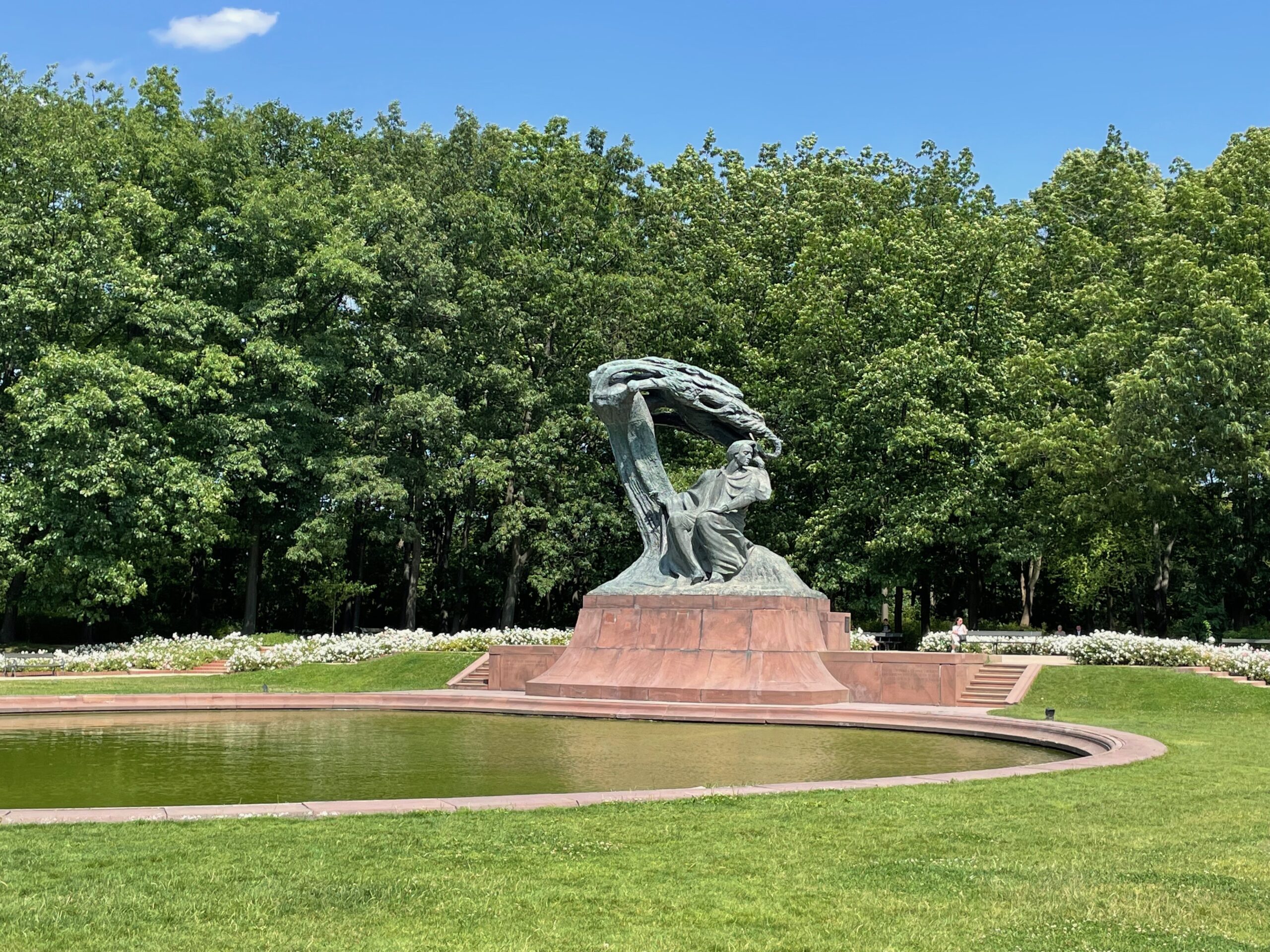 |
11. Lunch in milk bar on Marszałkowska street
I have walked along Bagatela street to the Prasowy milk bar located on Marszalkowska street. The bistro is a pleasant space with extra benches outdoors in the summer day. You can choose from wide selection of Polish dishes. Milk bars are excellent places to experience authentic Polish cuisine, the meals are often served in a simple way and in homemade style, you could easily get the same lunch or dinner if invited to the Polish house.
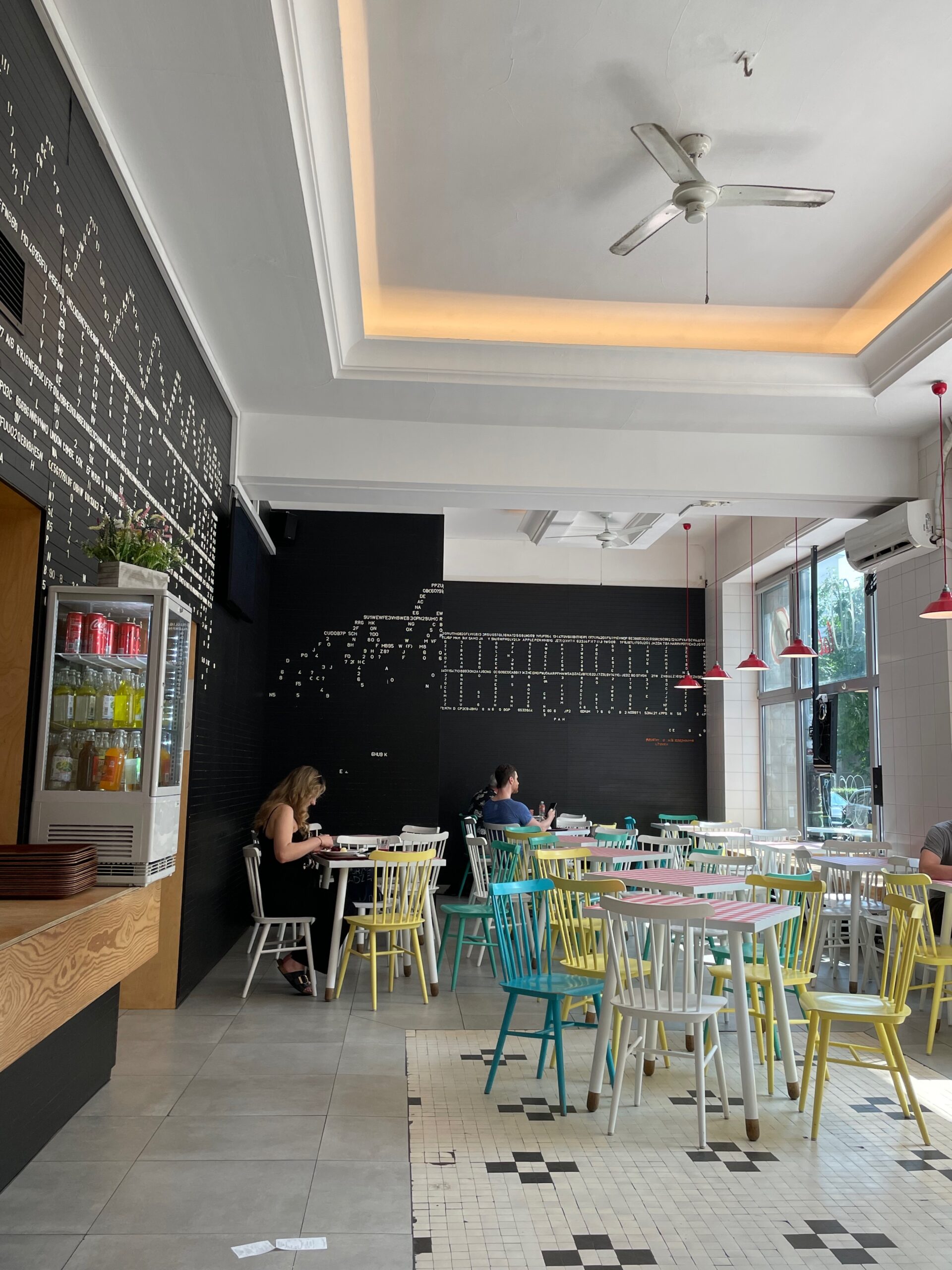 |
12. National Museum (free on Tuesday)
After lunch I went to the National Museum to see the gallery with Polish paintings. The museum houses a magnificent collection of over 830,000 exhibits from all periods, from antiquity to the present. I was particularly interested in the Polish art with one of the most famous Polish masterpieces the Battle of Grunwald by Jan Matejko or the Jewess with Oranges by Aleksander Gierymski. Since I’m huge fan of design I visited also the Polish Design Gallery which showcases the most interesting works of Polish designers (mostly from 20th century). The design gallery is rather small but worth 15-minutes walk around.
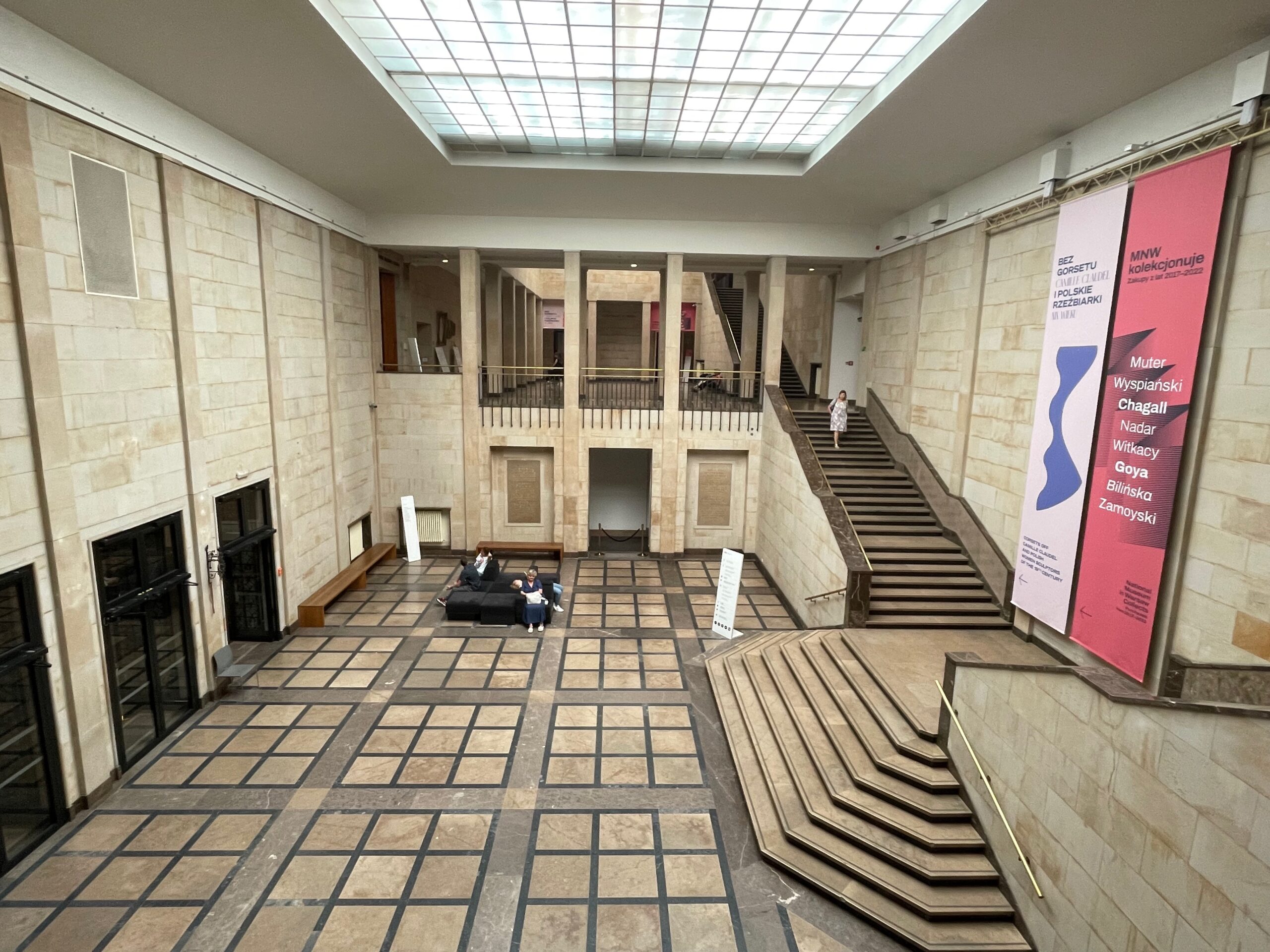 |
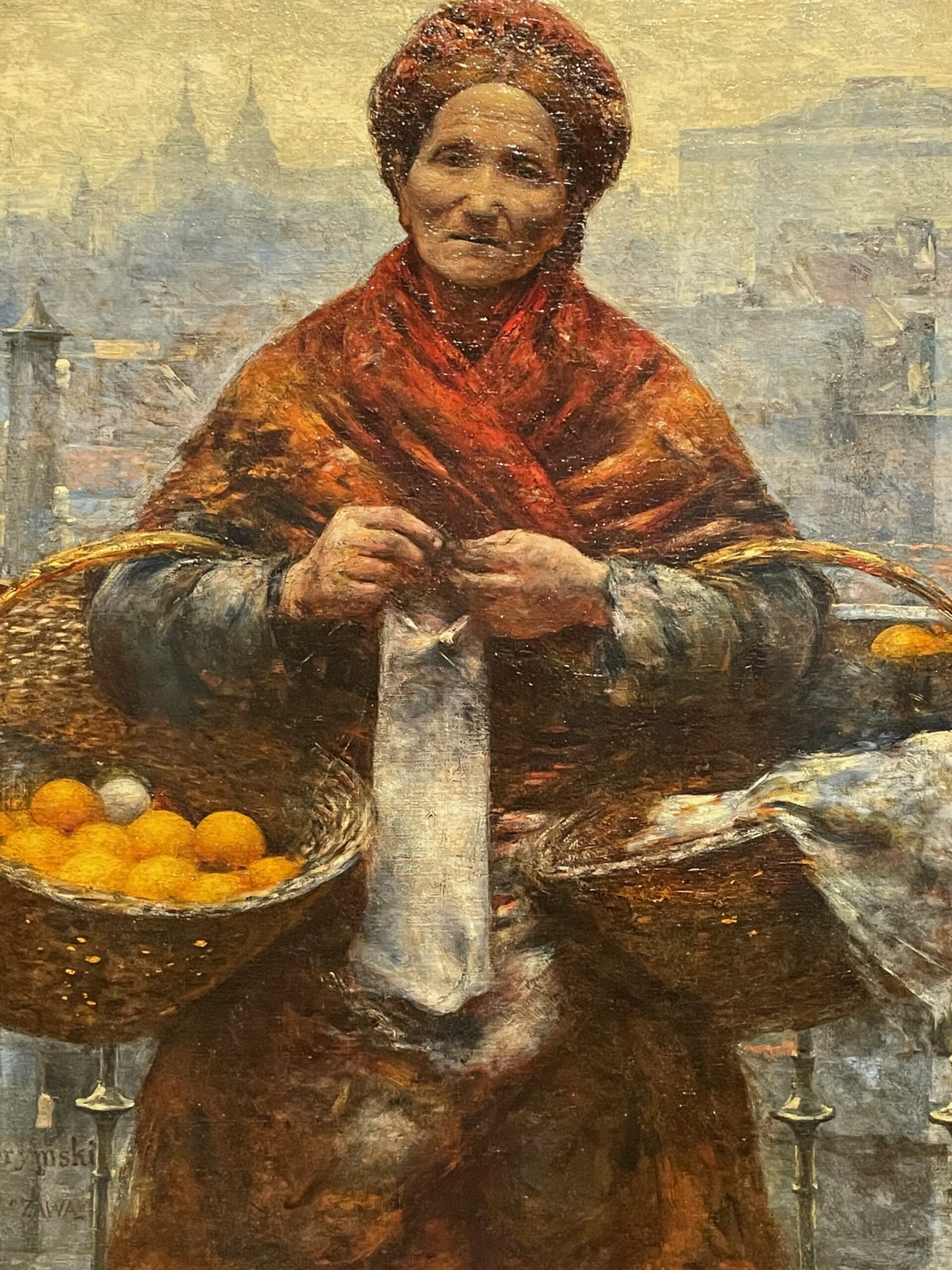 |
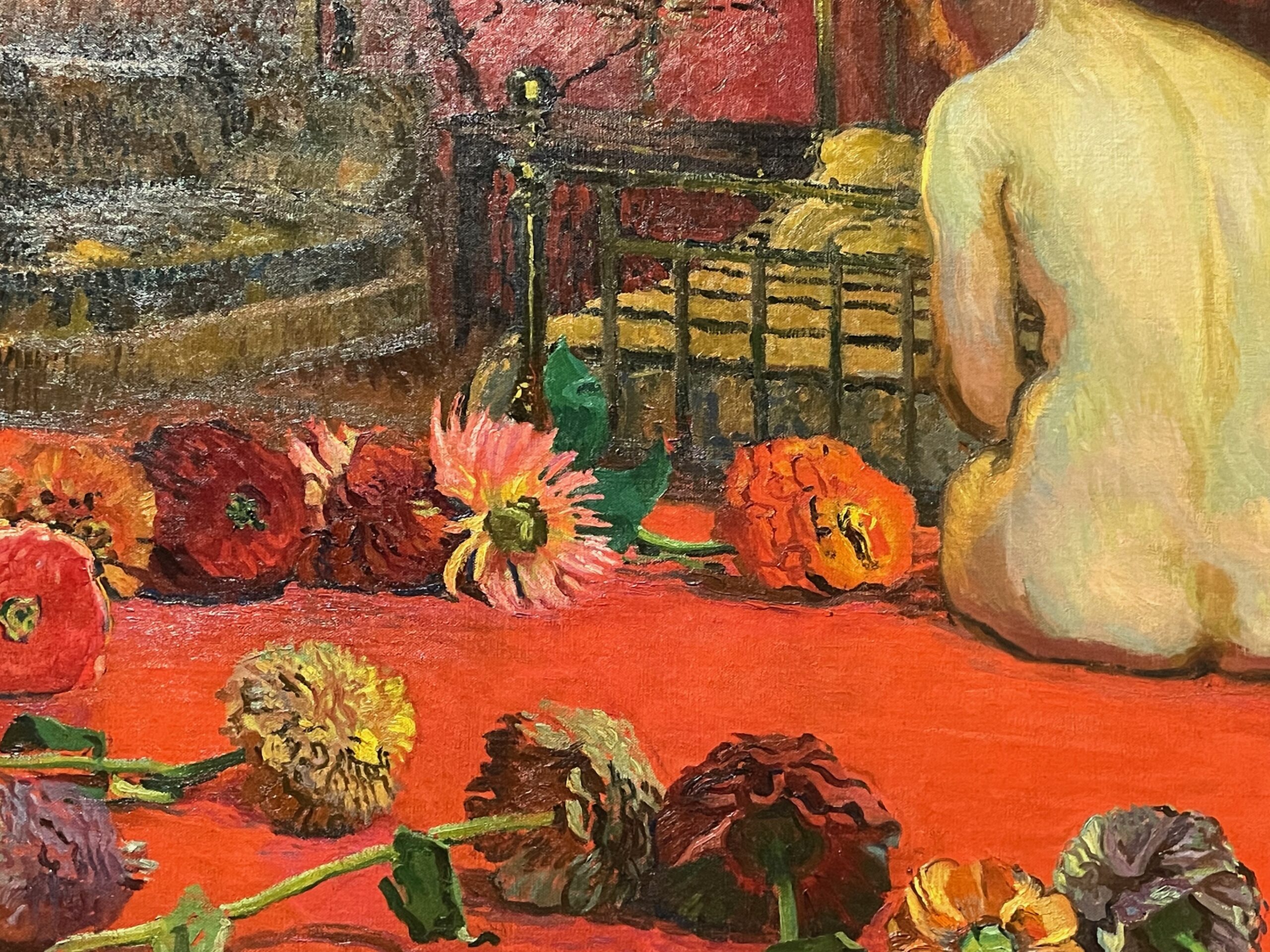 |
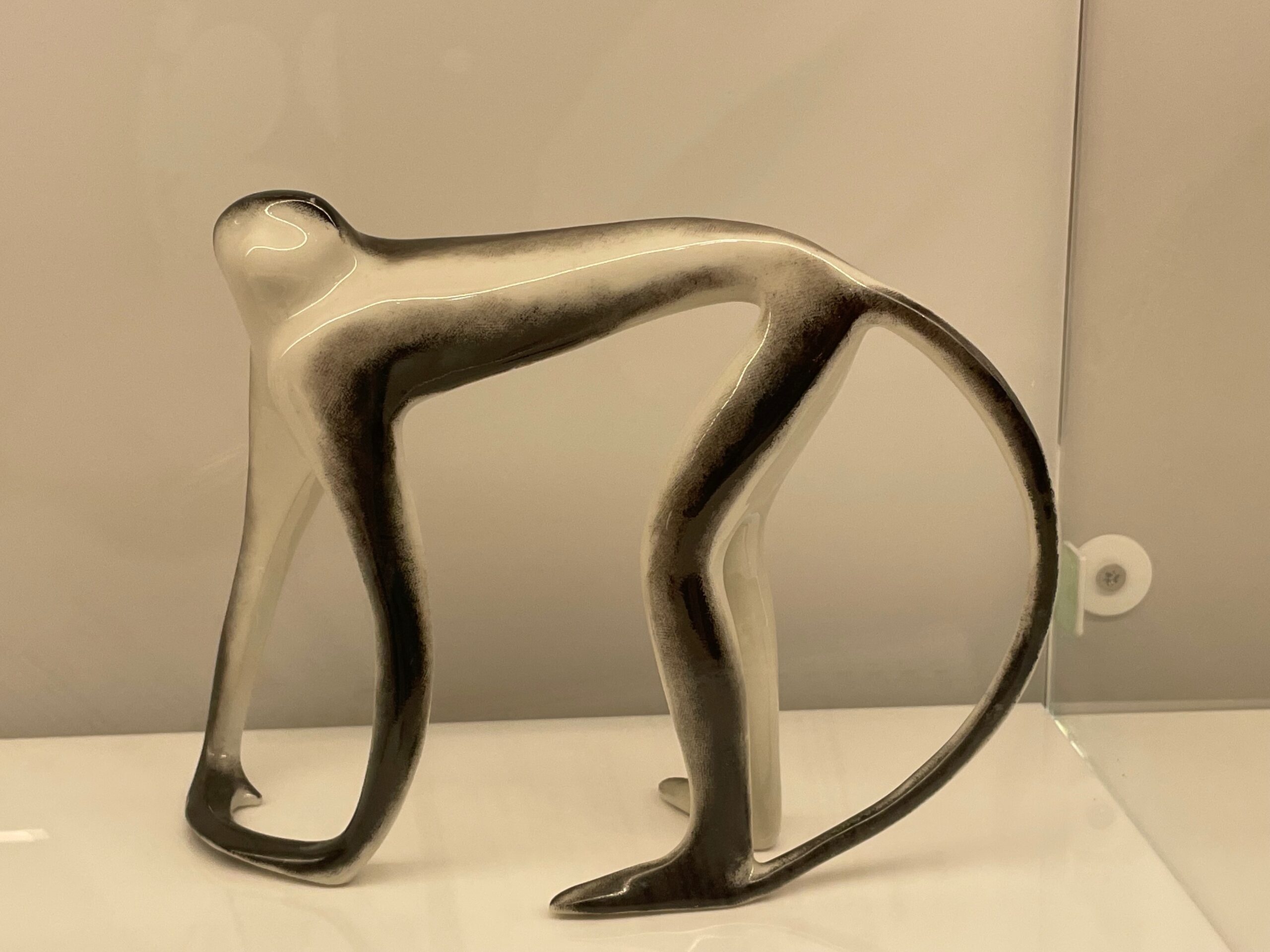 |
13. Part of the Royal Route
National Museum is located close to the Royal Route which links the city’s three residences starting from the Royal Castle on Plac Zamkowy, via Royal Baths, en route to Wilanów Palace. The route is 11km long and is a great city’s artery with many of Warsaw’s historical buildings, parks and monuments along the way. I didn’t plan to walk along all 11km route, in fact great part of it is along busy wide streets and such trek would be quite tiring. Moreover, many spectacular villas (often serving as embassies or hosting governmental institutions) are covered by high trees so you often can’t even see them properly.
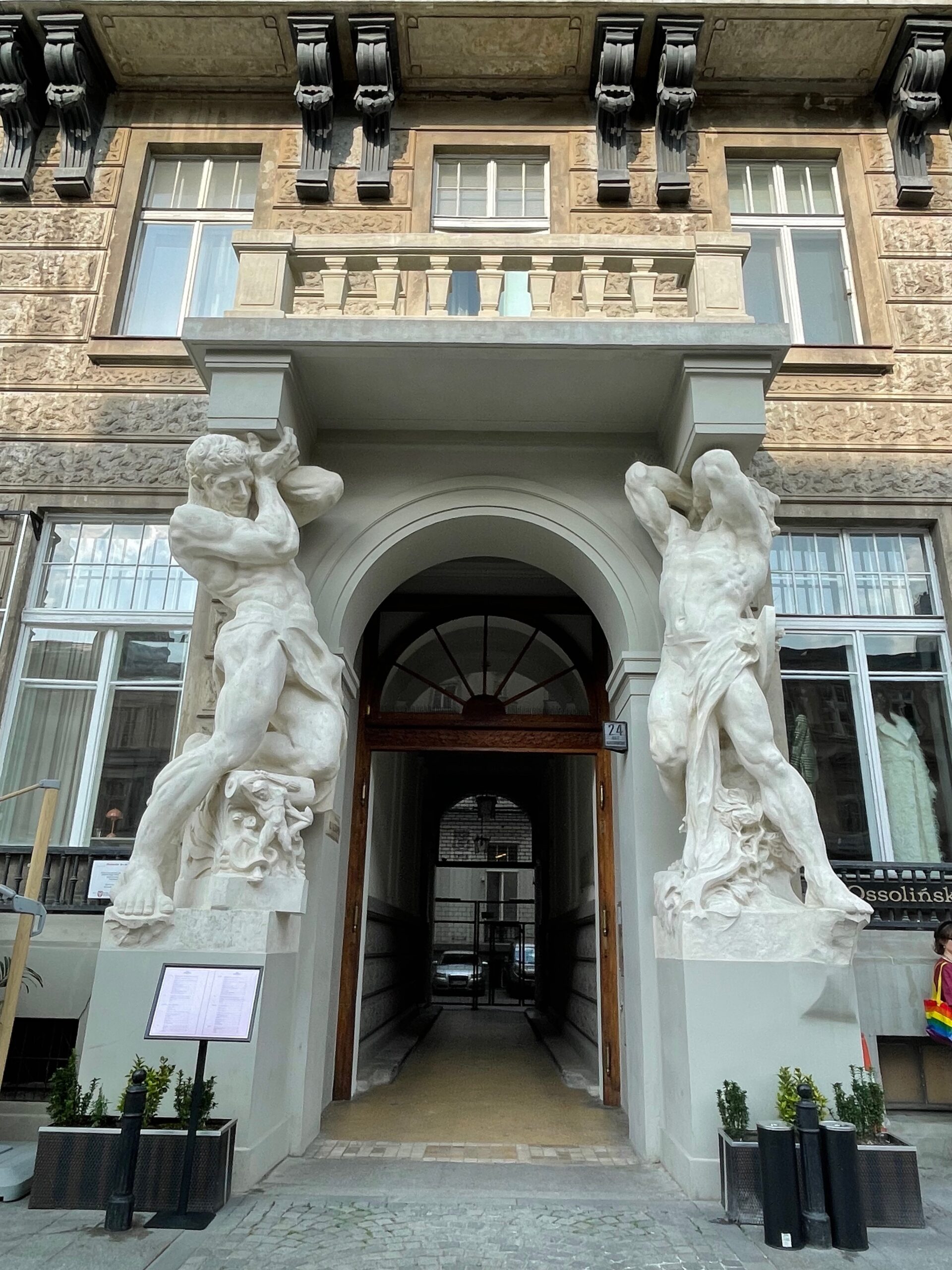 |
I think that it is nice to do the part of the Royal Route though, the most pedestrian friendly is the part from Krakowskie Przedmiescie to Plac Zamkowy. When walking along you will find here many restaurants, shops and cafes and can stop by to visit few historical landmarks such as:
- Holy Cross Church
This church is a final resting place of the heart of Fryderyk Chopin which was sealed in an urn and then placed behind a tablet bearing his likeness carved by Leonardo Marconi. The church was erected in the 15th century but heavily destroyed during various wars. It was reconstructed at the end of the Second World War. In the church you will find also the urn with remains of Nobel Prize winning author Władysław Reymont.
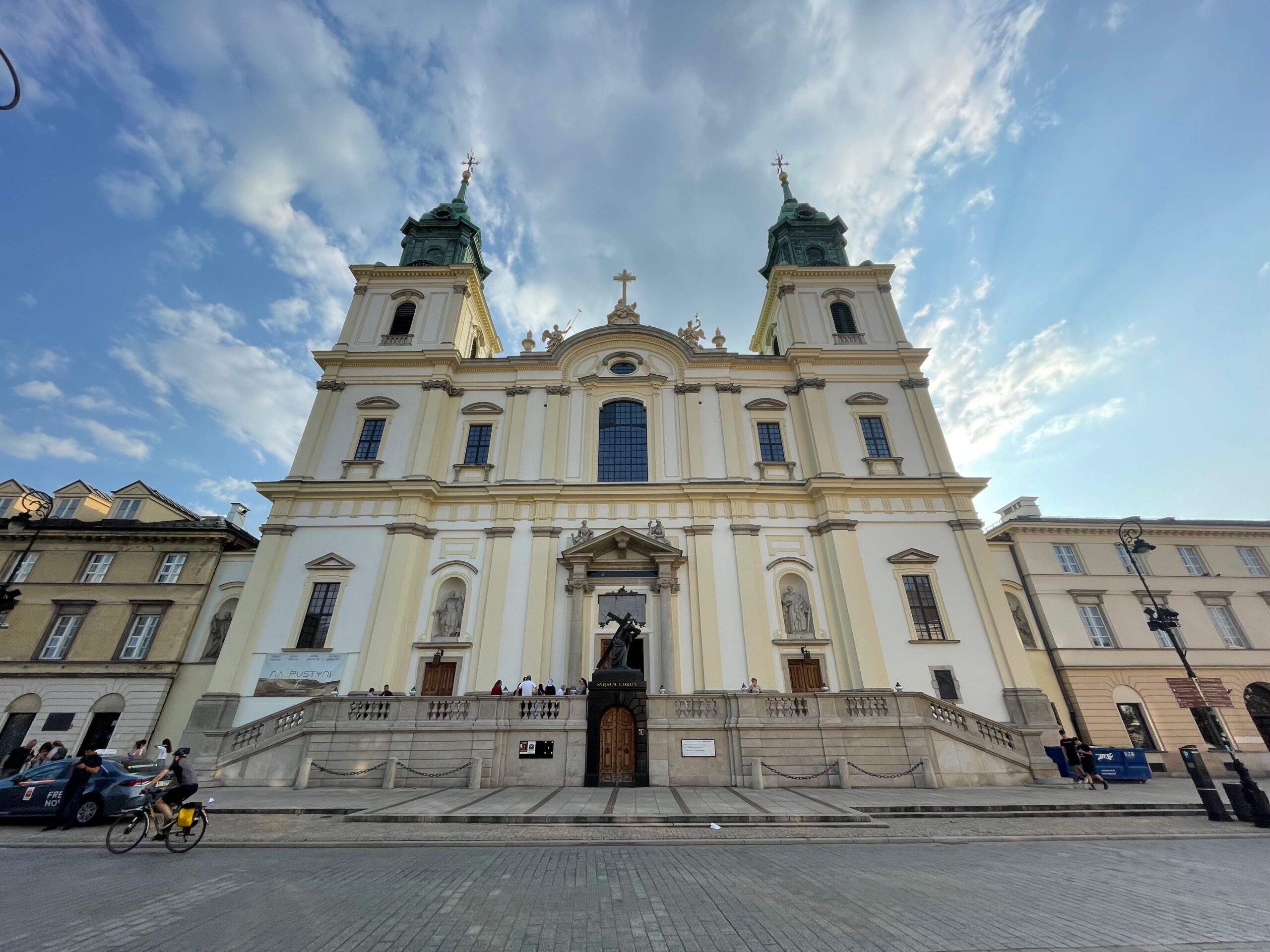 |
- Nicolaus Copernicus Monument
In front of the Holy Cross Church you can find a sculpture of Copernicus which is a founder of modern astronomy.
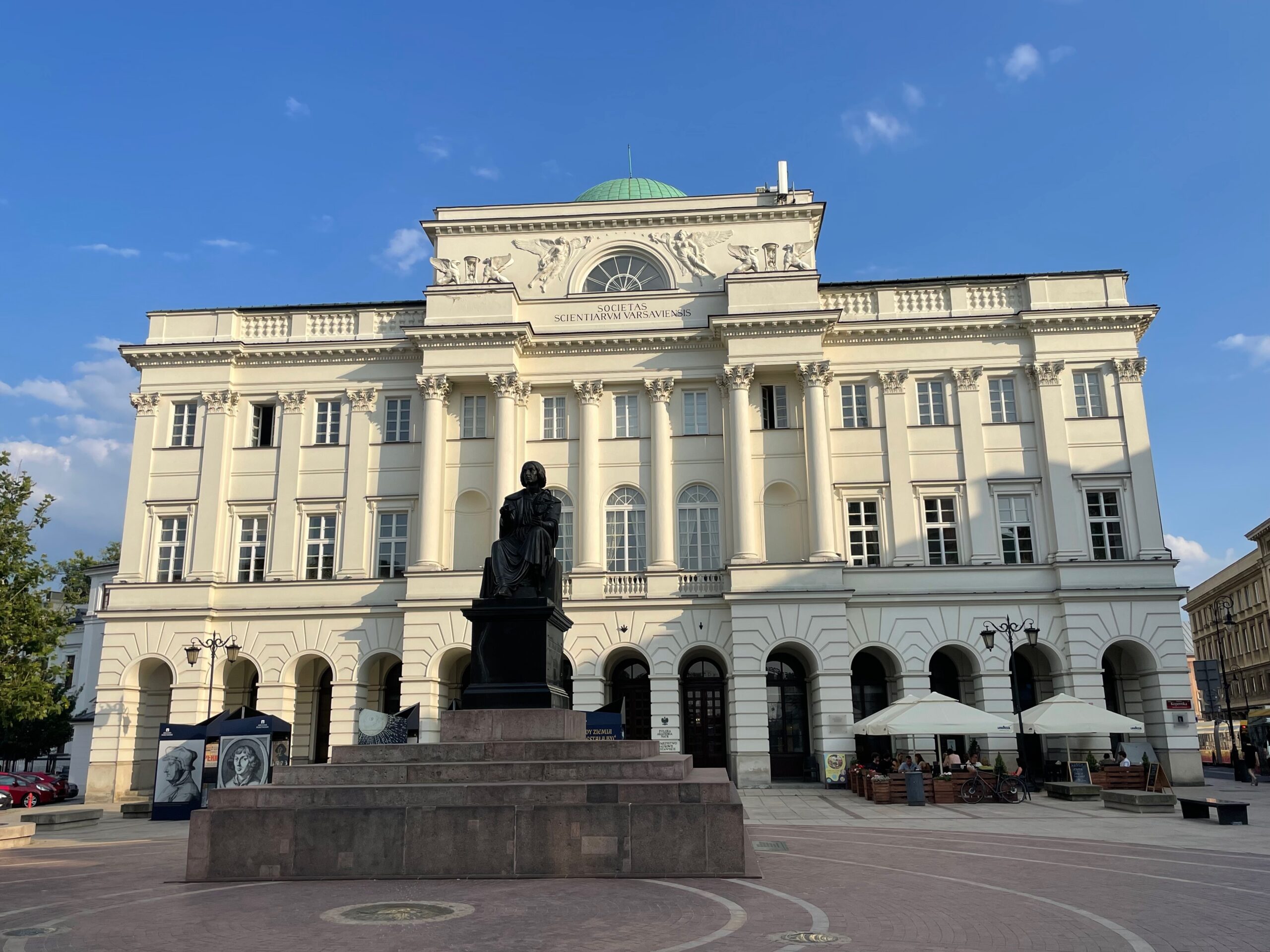 |
- The University of Warsaw
Few steps away you will see the main campus of the University of Warsaw, the main building dates from the 17th century. You’re free to enter the university grounds and have a rest in the green area on one of the benches.
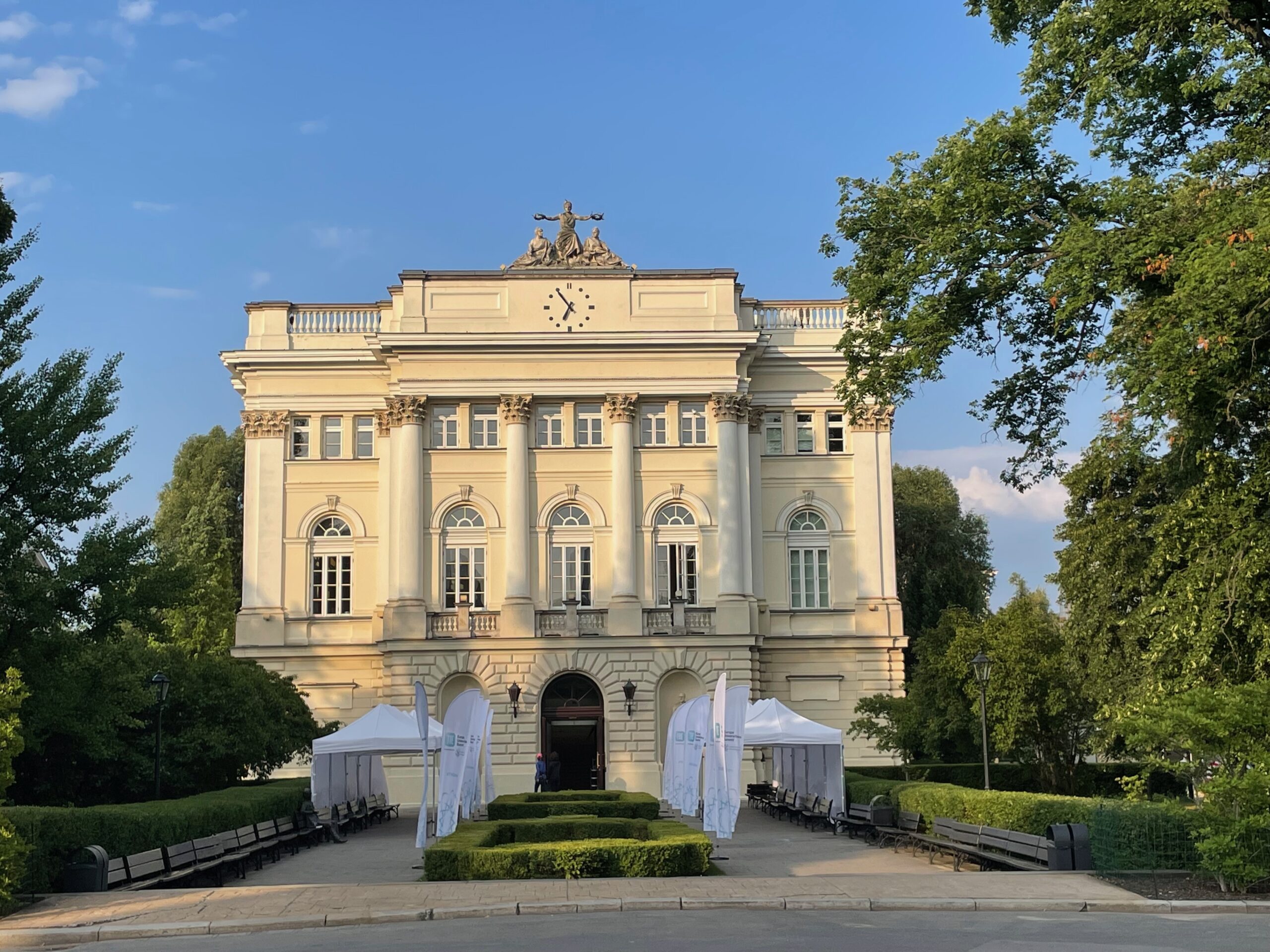 |
- Presidential Palace
Although you can’t enter inside, you can still stop by to see the residence guarded by lions and stern looking soldiers. The palace was constructed in 1643 at the behest of Stanislaw Koniecpolski and got famed for its lavish banquets during a reign of Stanislaw August Poniatowski. In this palace the Consitution of May 3, 1791 was signed and it was the 2nd such document in the world after the United States constitution. Since 1994 the palace serves as the official home of the Polish president.
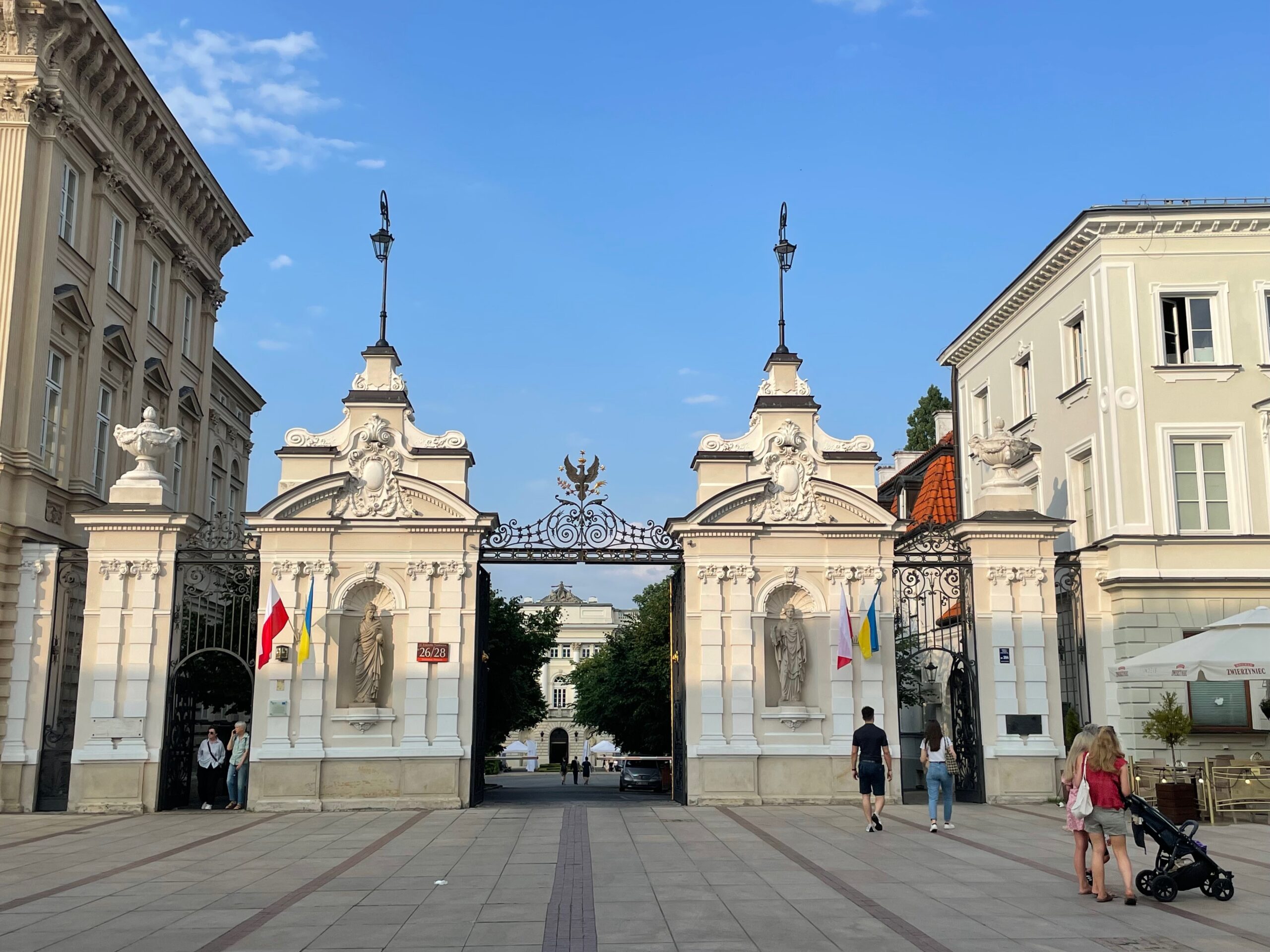 |
14. Dinner at Powiśle (Warsaw’s Riverside District)
Short walk from Presidential Palace leads to one of the most eclectic areas of the capital which is Powiśle district. This is less touristy area to visit with an authentic local vibe. You will find here many trendsetting bars and restaurants filled with locals. We have decided to have our dinner in Elektownia Powiśle, which once was one of the largest electrical power plants in Europe (it powered Warsaw from 1904 to 2001) and now transformed into multifunctional mixed-use urban center. We had our informal dinner in the Food Hall located downstairs. If you like industrial vibes, then I recommend to check out.
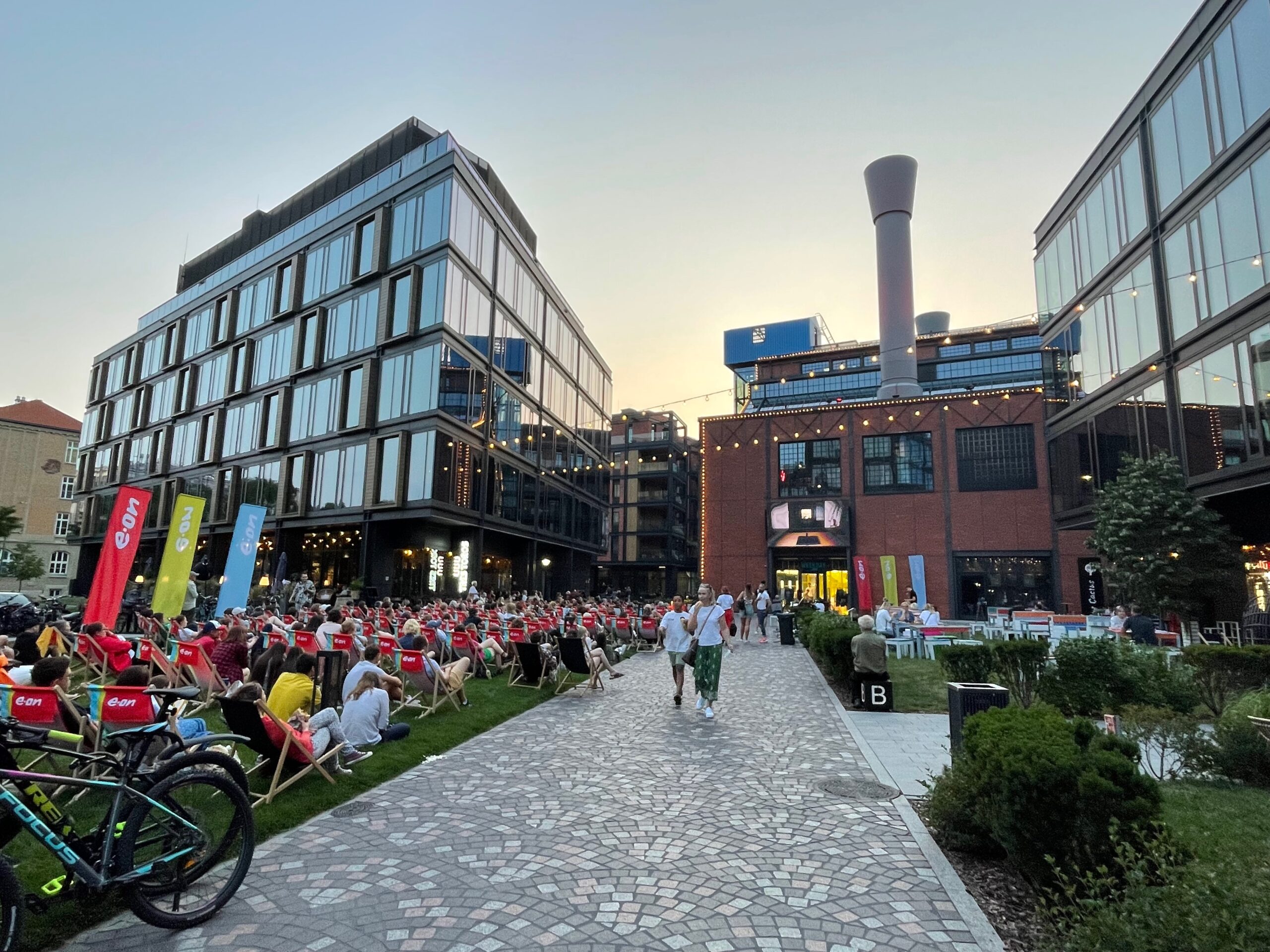 |
15. Vistula River Boulevards
Powiśle is located on the left river banks and when exploring the area it’s nice to spend some time walking along Vistula River. This is a lively place with bars and restaurants located on the boats, there is also plenty of leasure spaces good for running, biking or skating. Interestingly, while the left river bank is very lively and urbanized (especially in the summer months), the opposite side is left completely wild and undeveloped which creates an unusual contrast
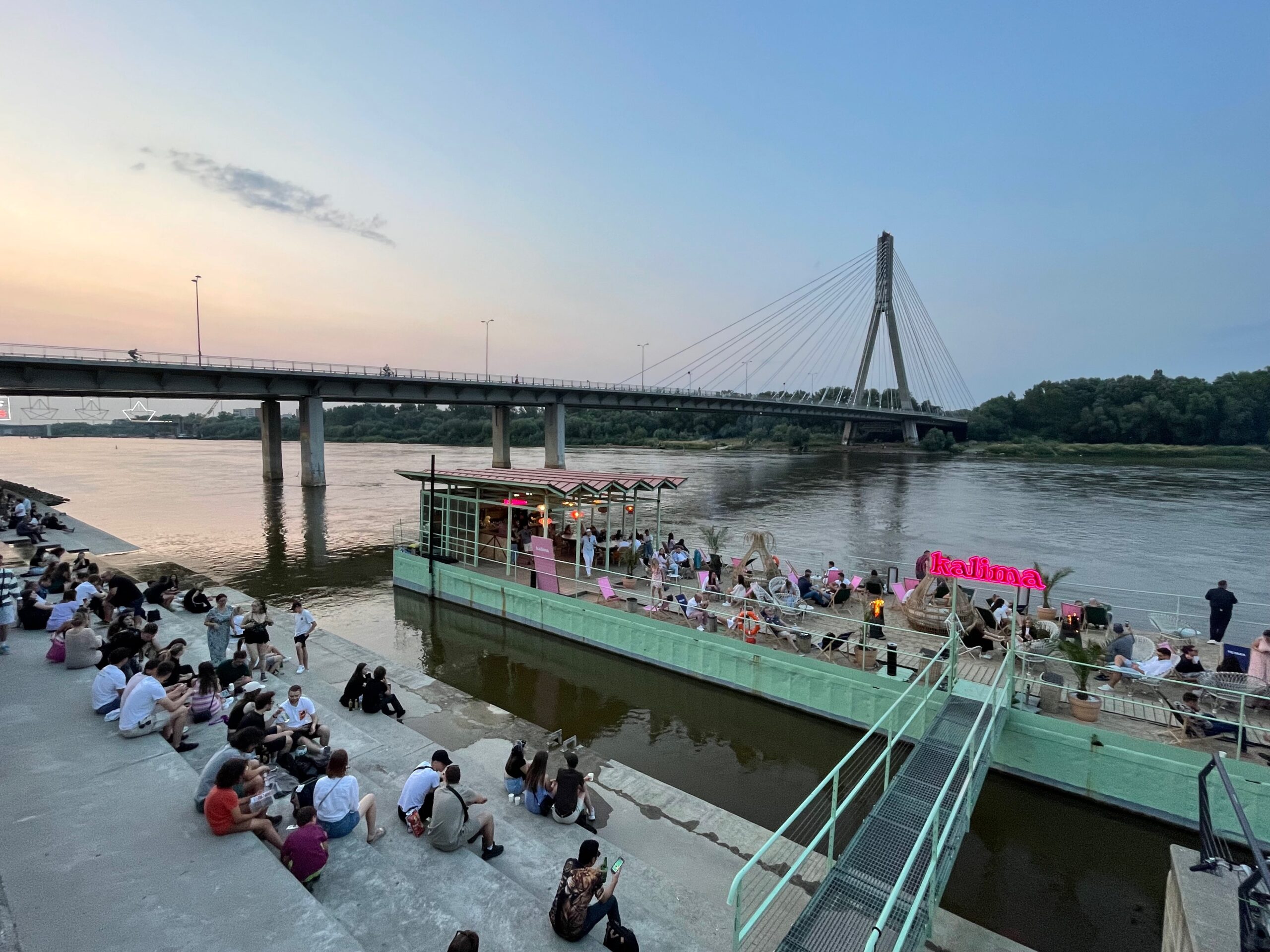 |
16. Powiśle Mermaid Statue
When strolling along the river boulevards, you will surely spot the Powiśle Mermaid Statue, the iconic Warsaw’s “Syrenka” which is a symbol of the city. This is the second most famous of mermaid in the city, after the one standing in the Old Square, even if this one is actually located on the river bank and overlooks Vistula. Interestingly, the statue survived the Second World War and sustained only minimal damage.
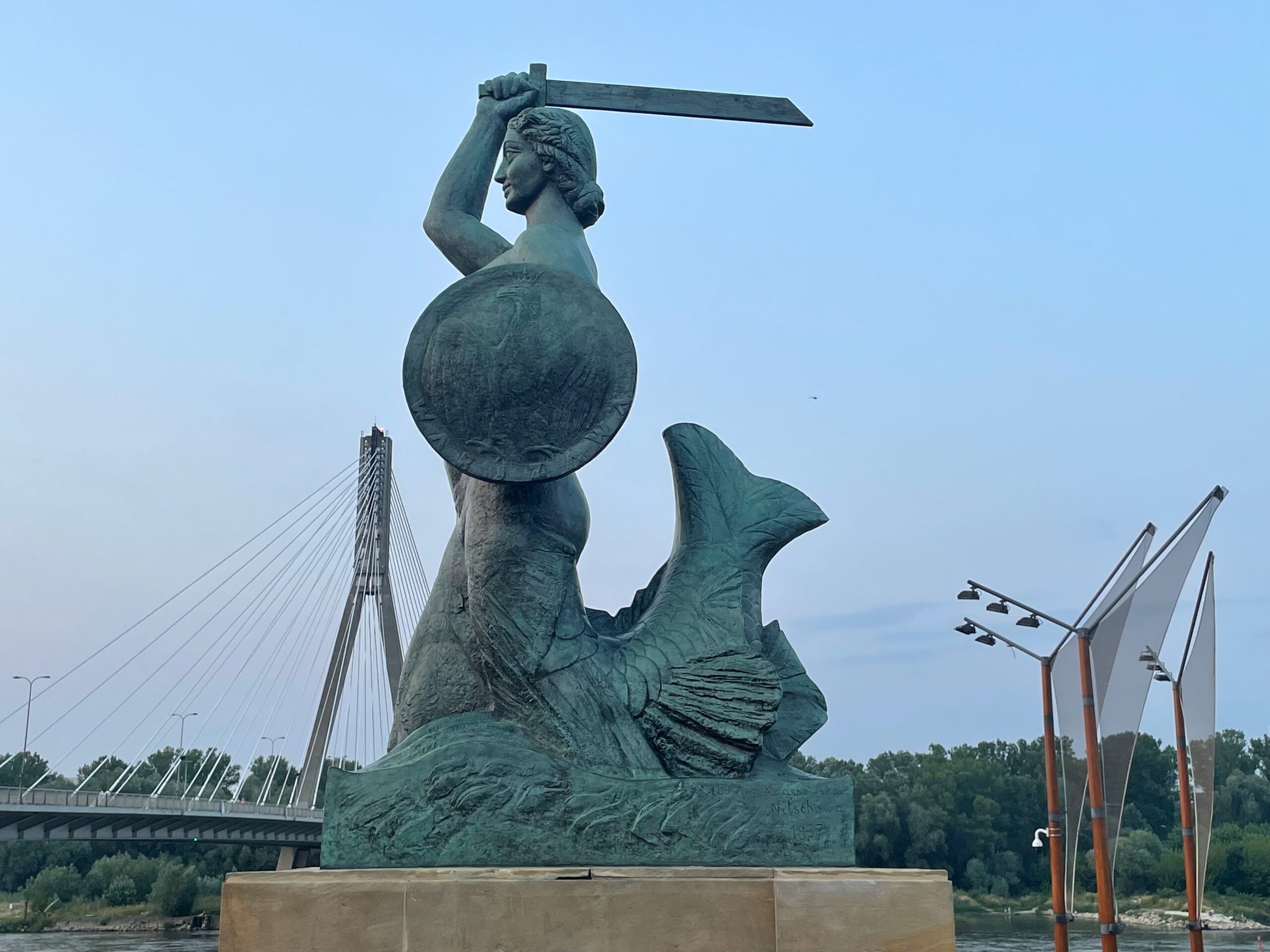 |
Day 3
17. Royal Castle (free to visit every Wednesday)
On the third day I have visited the Royal Castle (I visited on a free day) which is one of main landmarks of Warsaw. The palace dates back to the 14th century and has been a residence of Polish kings, presidents and the seat of Parliament. The castle was transformed into pile of rubble during Second World War bombings and reconstructed between 1971 and 1984. Nowadays, the palace is a museum, you can visit here King’s apartments and chambers decorated with paintings of significant Polish historical moments and ancient maps of Polish territory (once stretching from the Baltic Sea to the Black Sea). You can also see the paintings gallery in the lower floor.
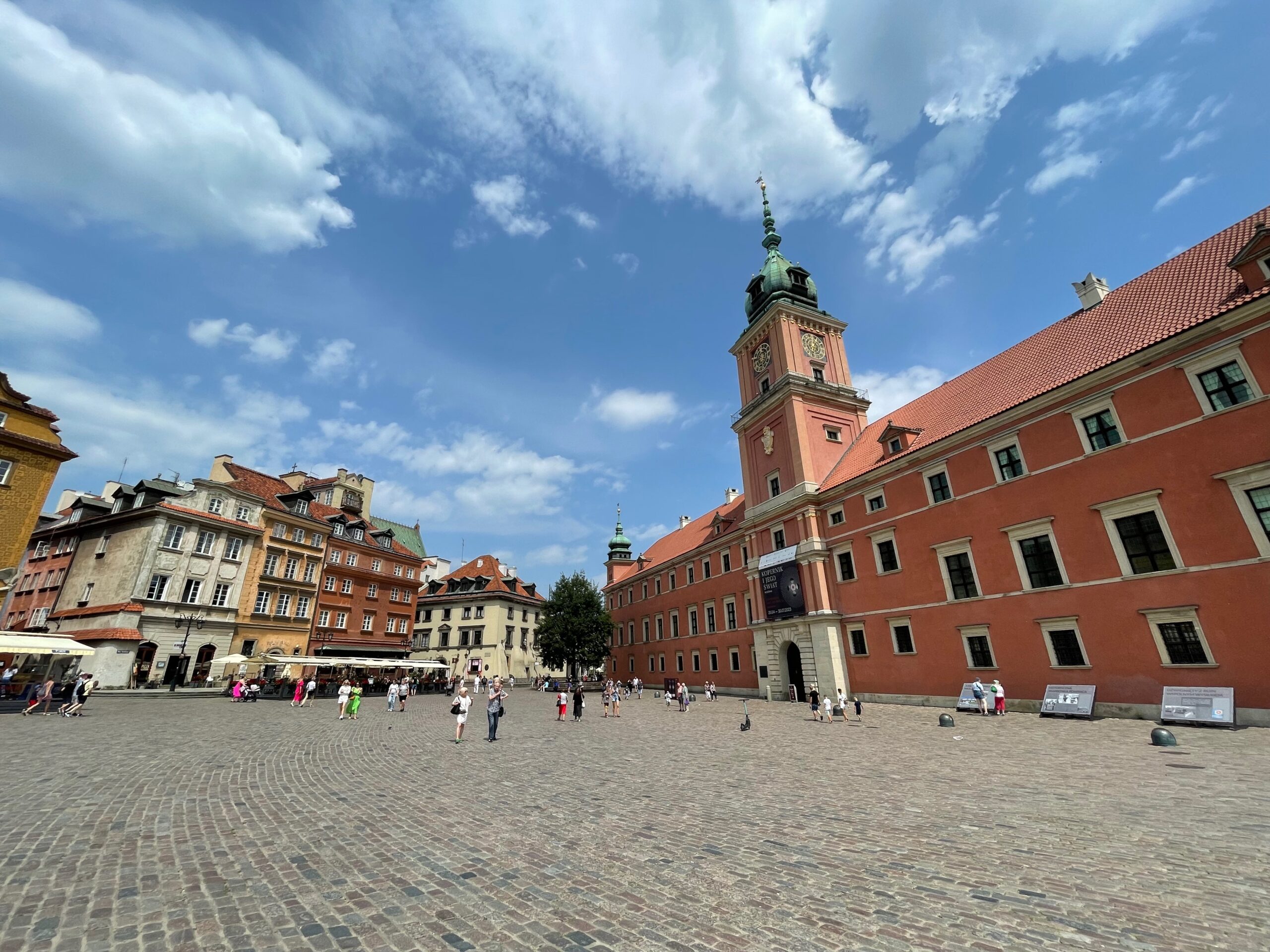 |
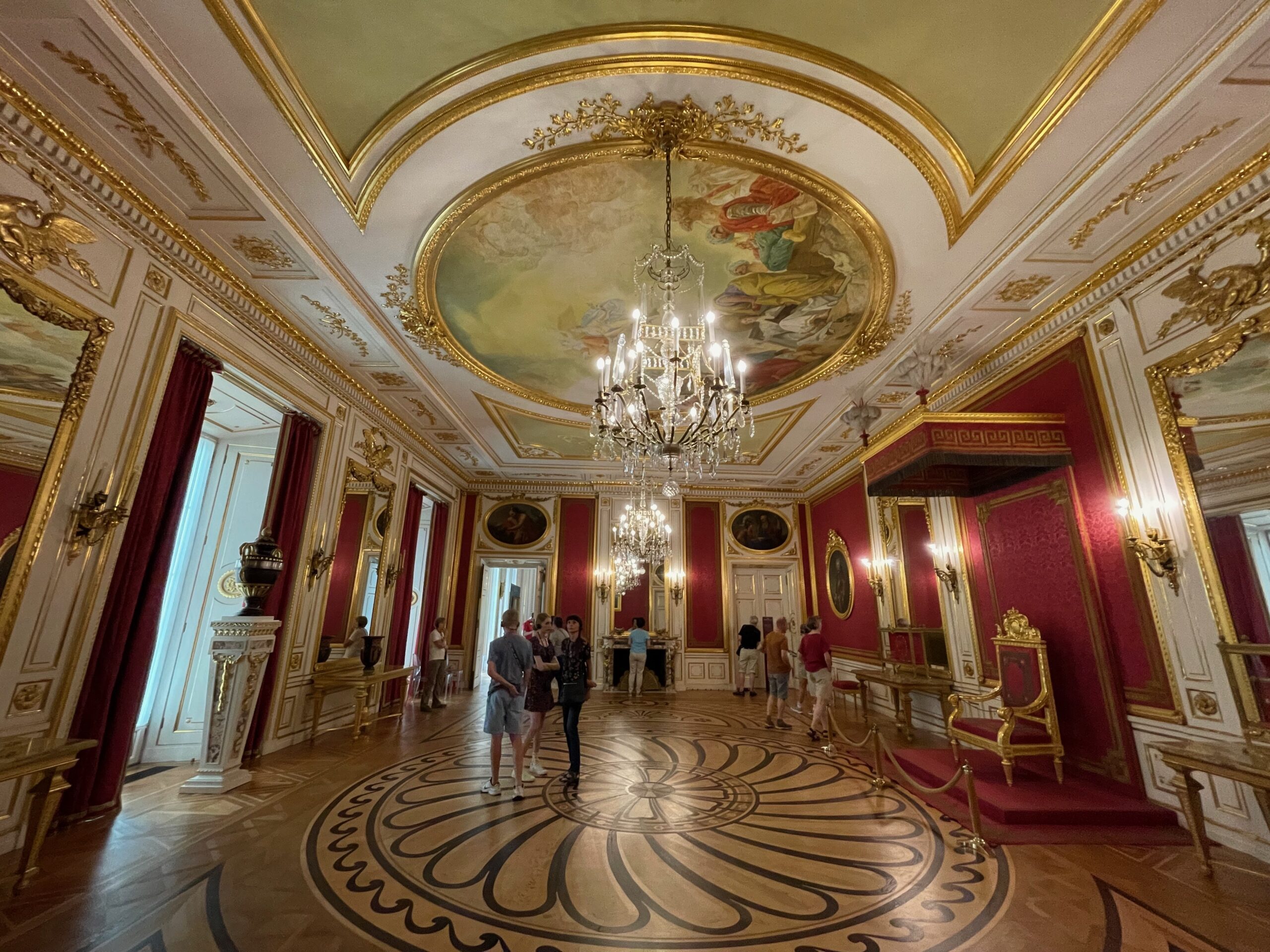 |
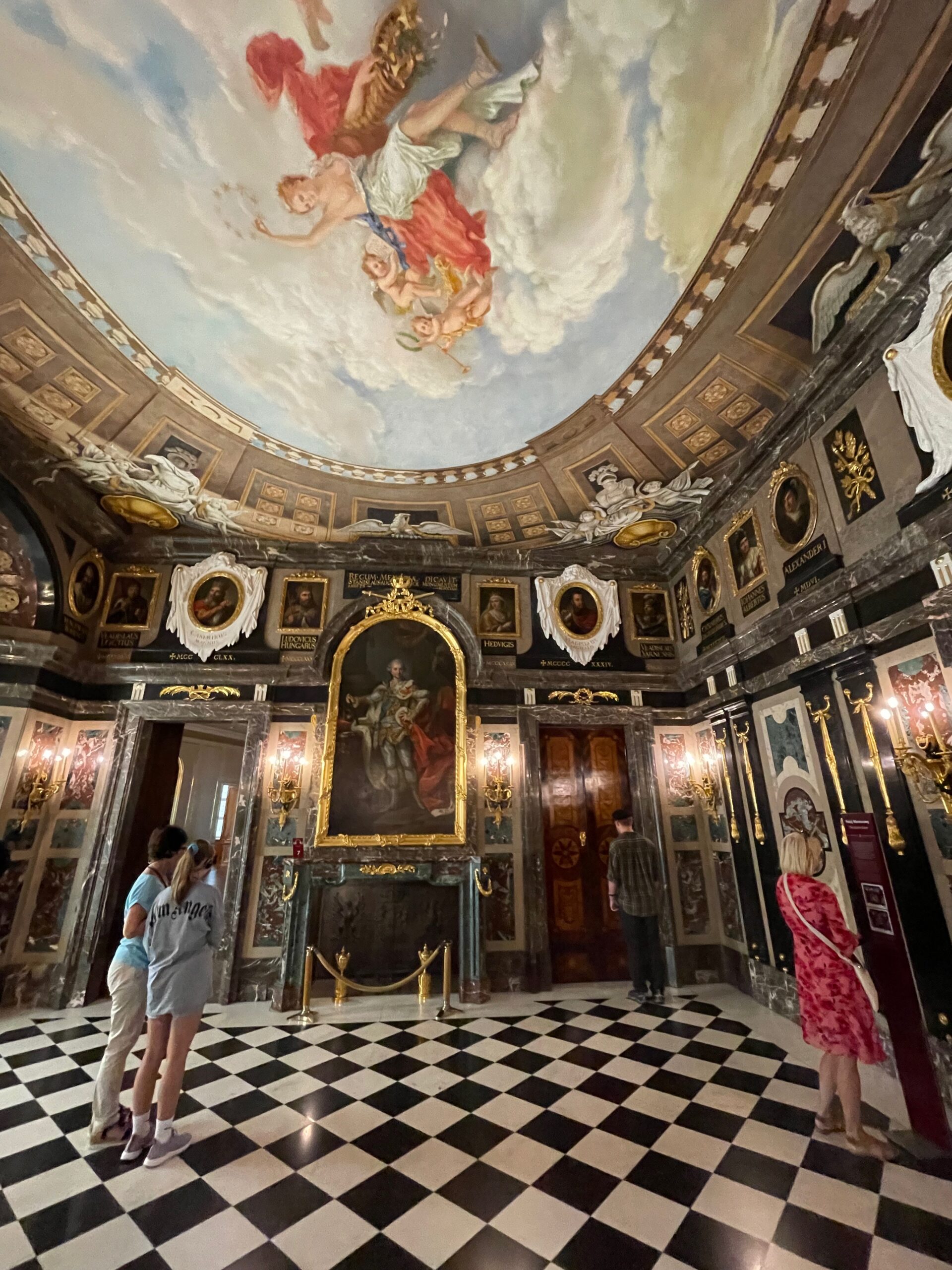 |
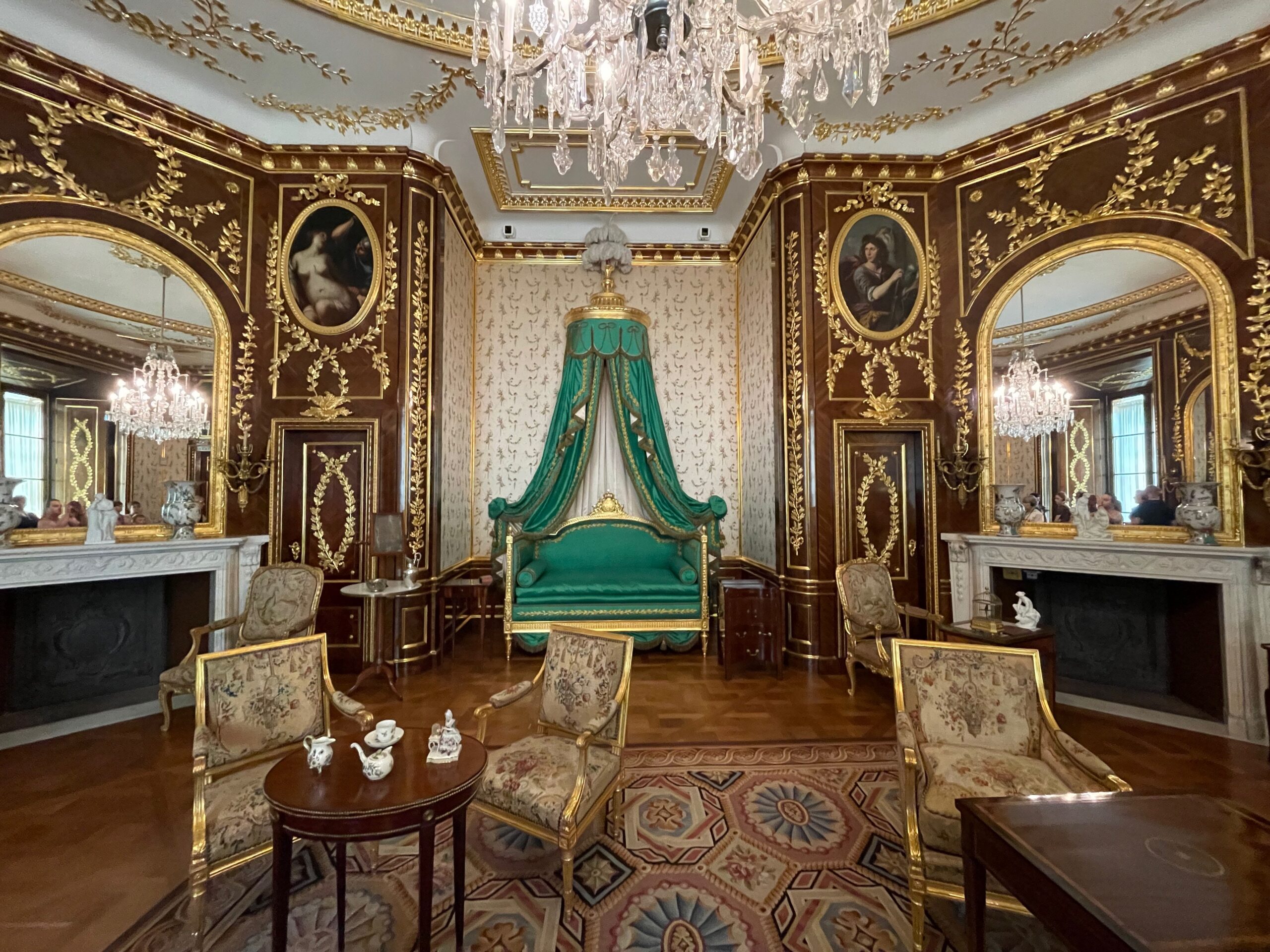 |
Much less people know that within the Royal Castle ticket includes the apartments of Prince Józef Poniatowski in ‘Tin-Roofed Palace’ just 3 minute walk from the main castle.
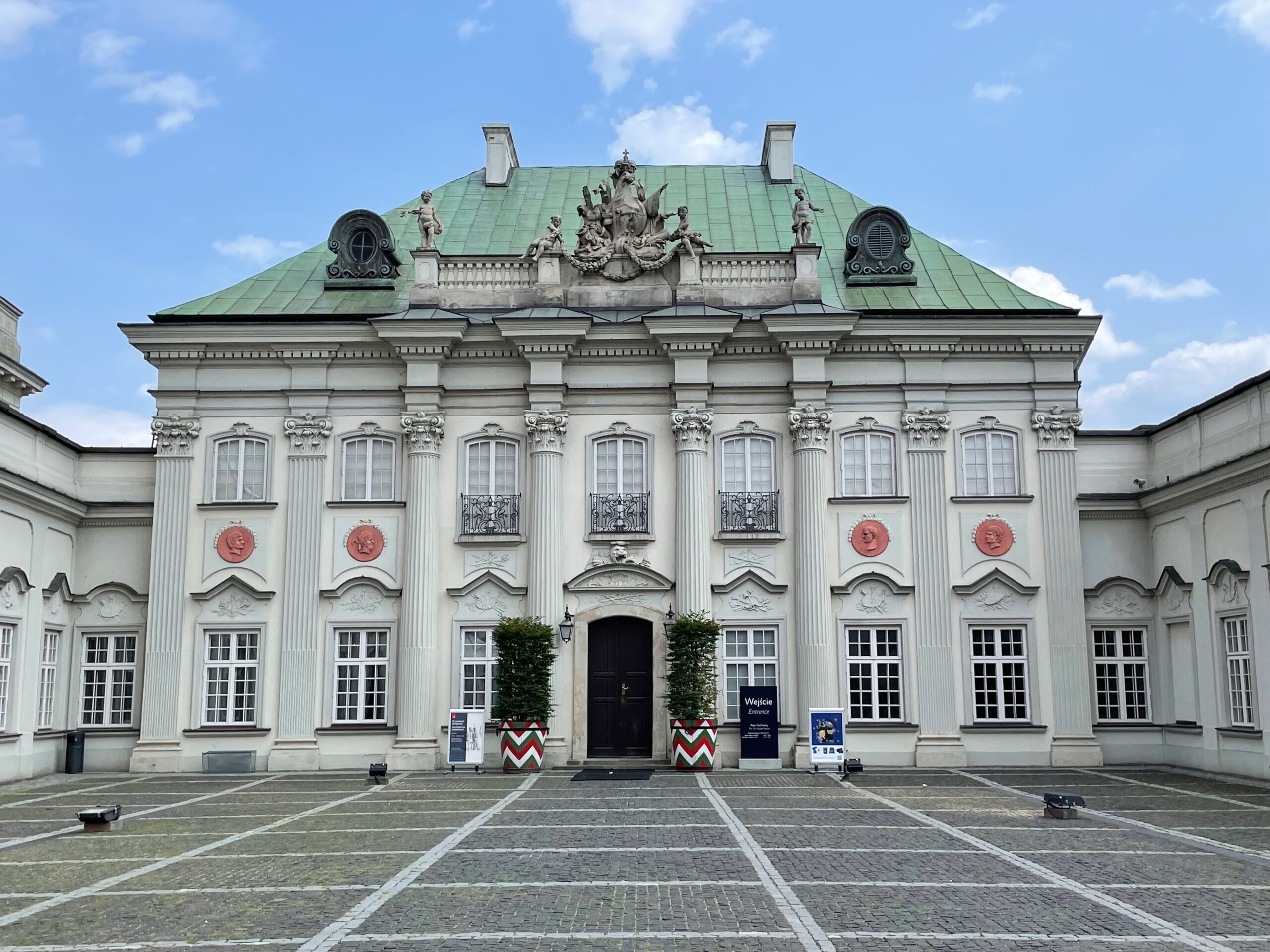 |
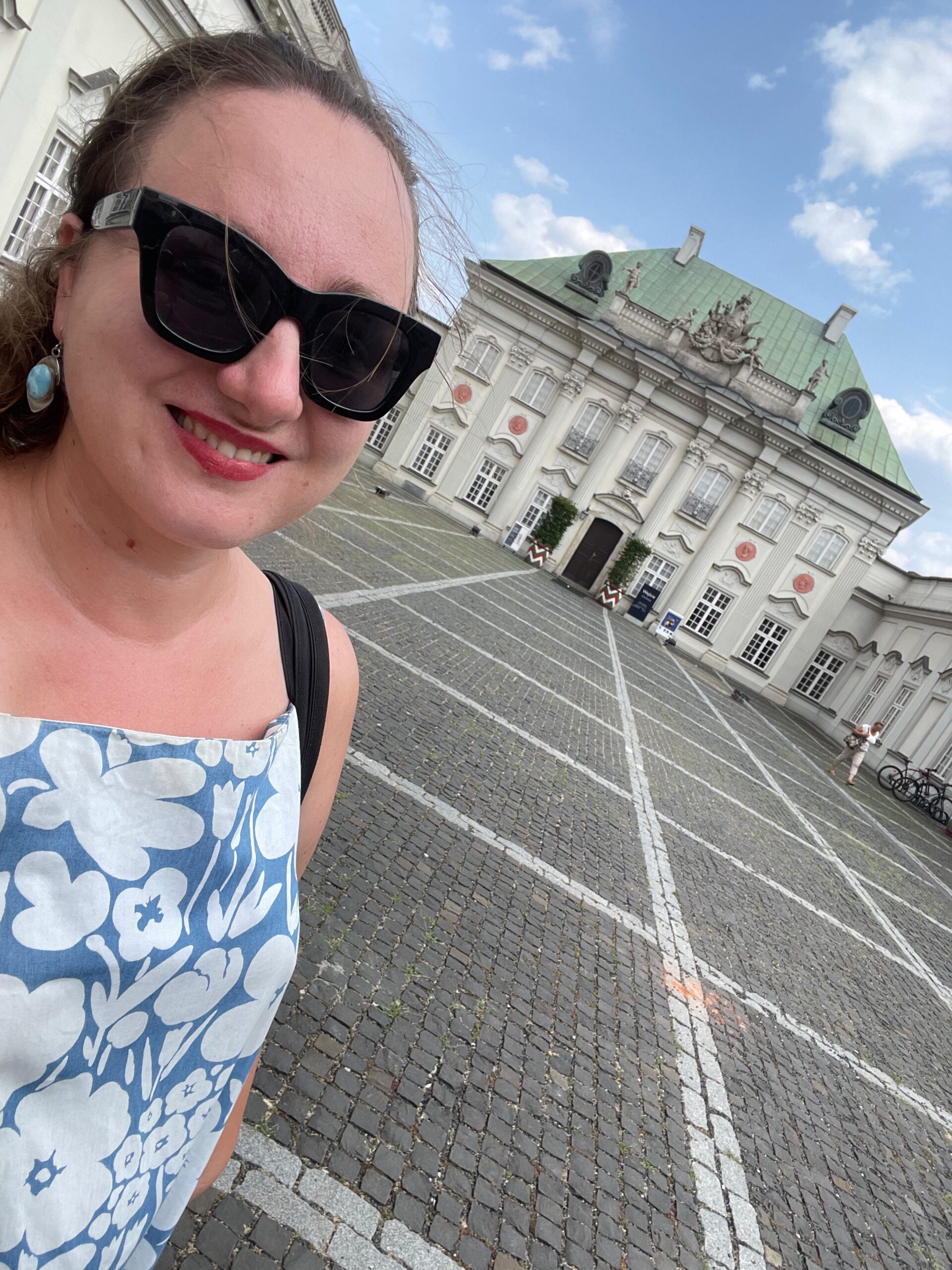 |
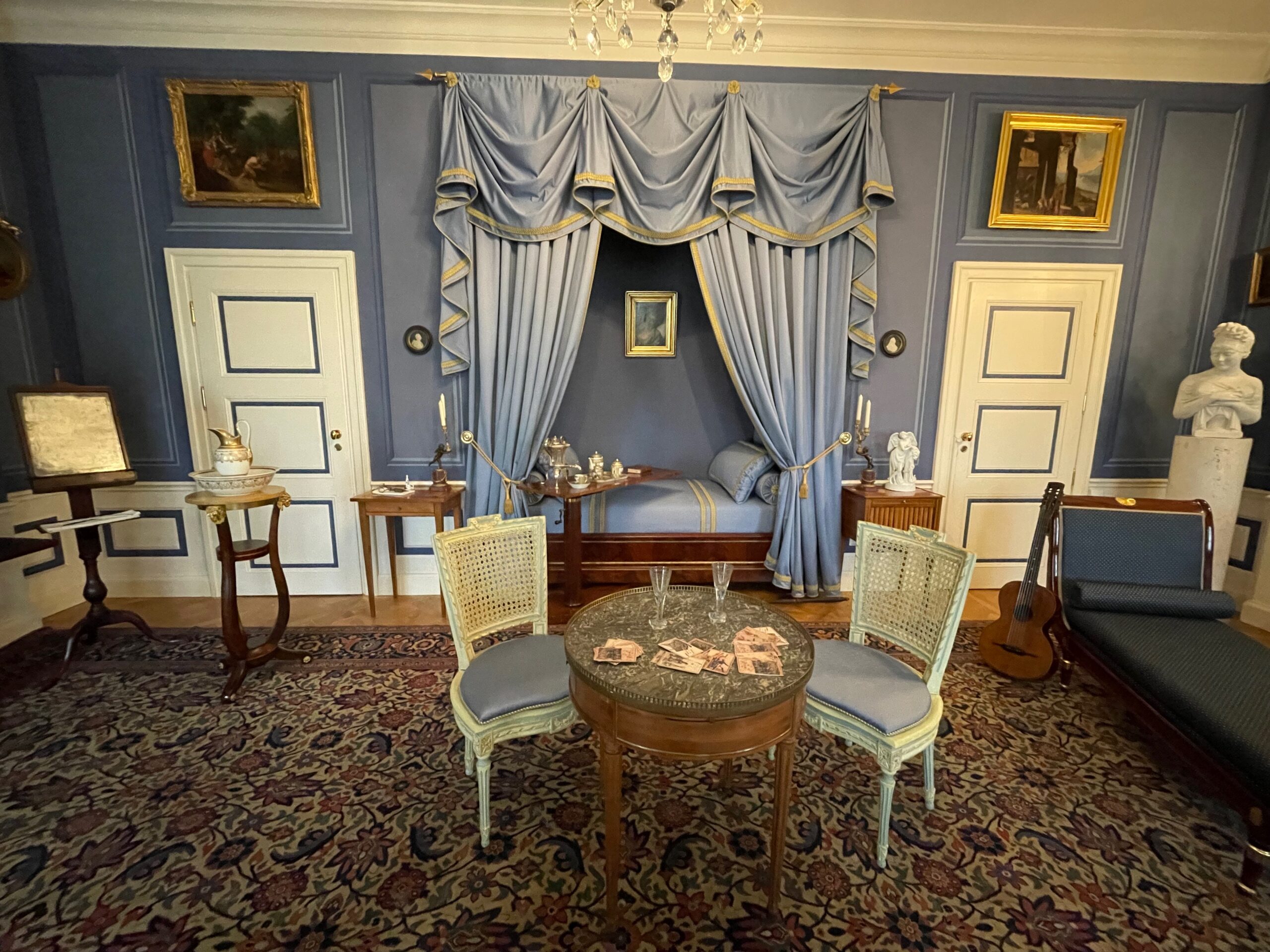 |
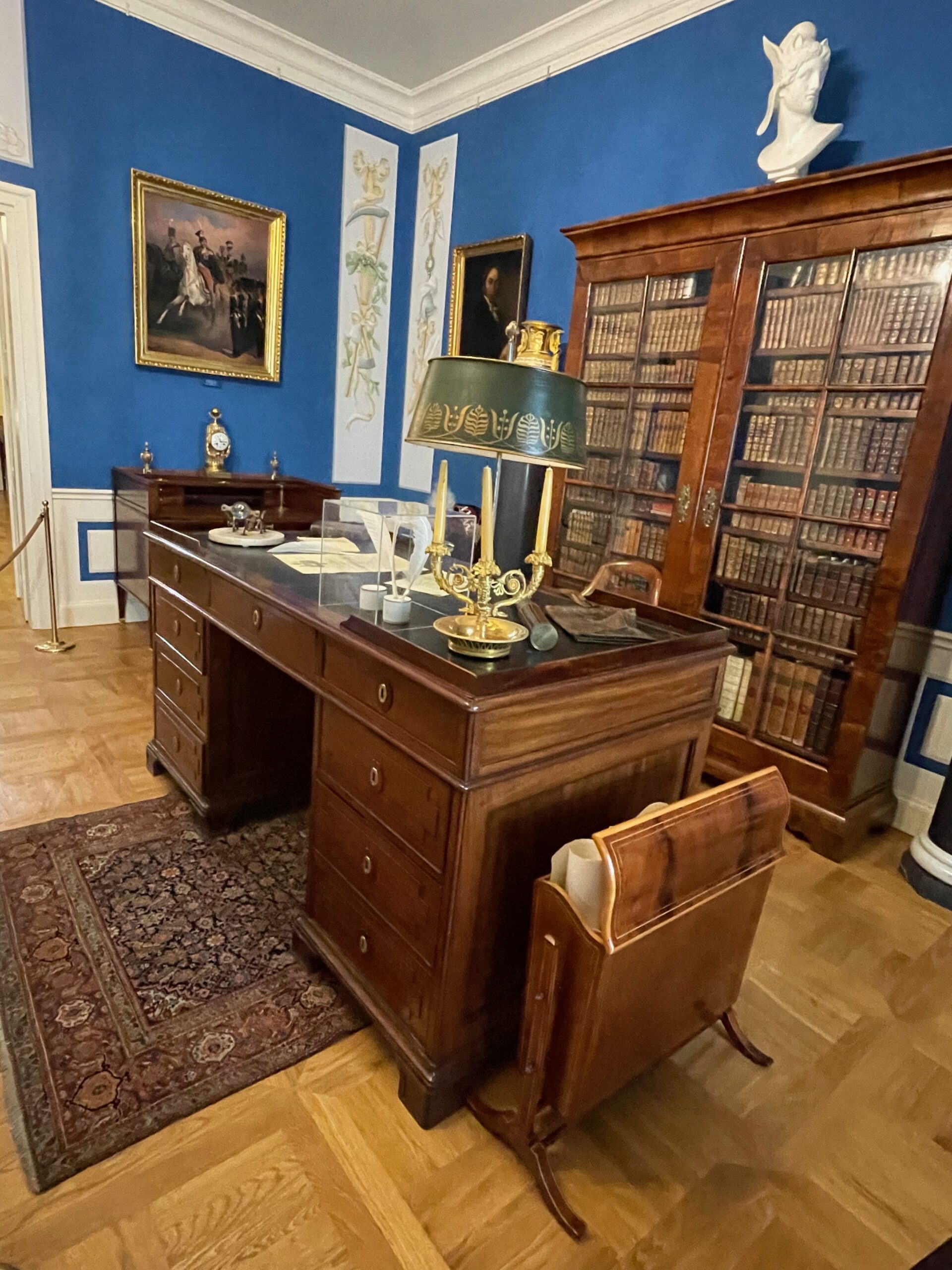 |
18. Royal Gardens
Free of charge you can also visit Royal Gardens attached to the castle, you can have a coffee in the palace’s restaurant, in the summer days the tables are also available on the outdoors terrace in the upper garden. Otherwise, you need to walk down to enter the small park through the lower gardens. This is a nice spot to rest a bit after the Royal Tour in the Royal Castle, however, the proximity of busy street makes the park unpleasantly noisy.
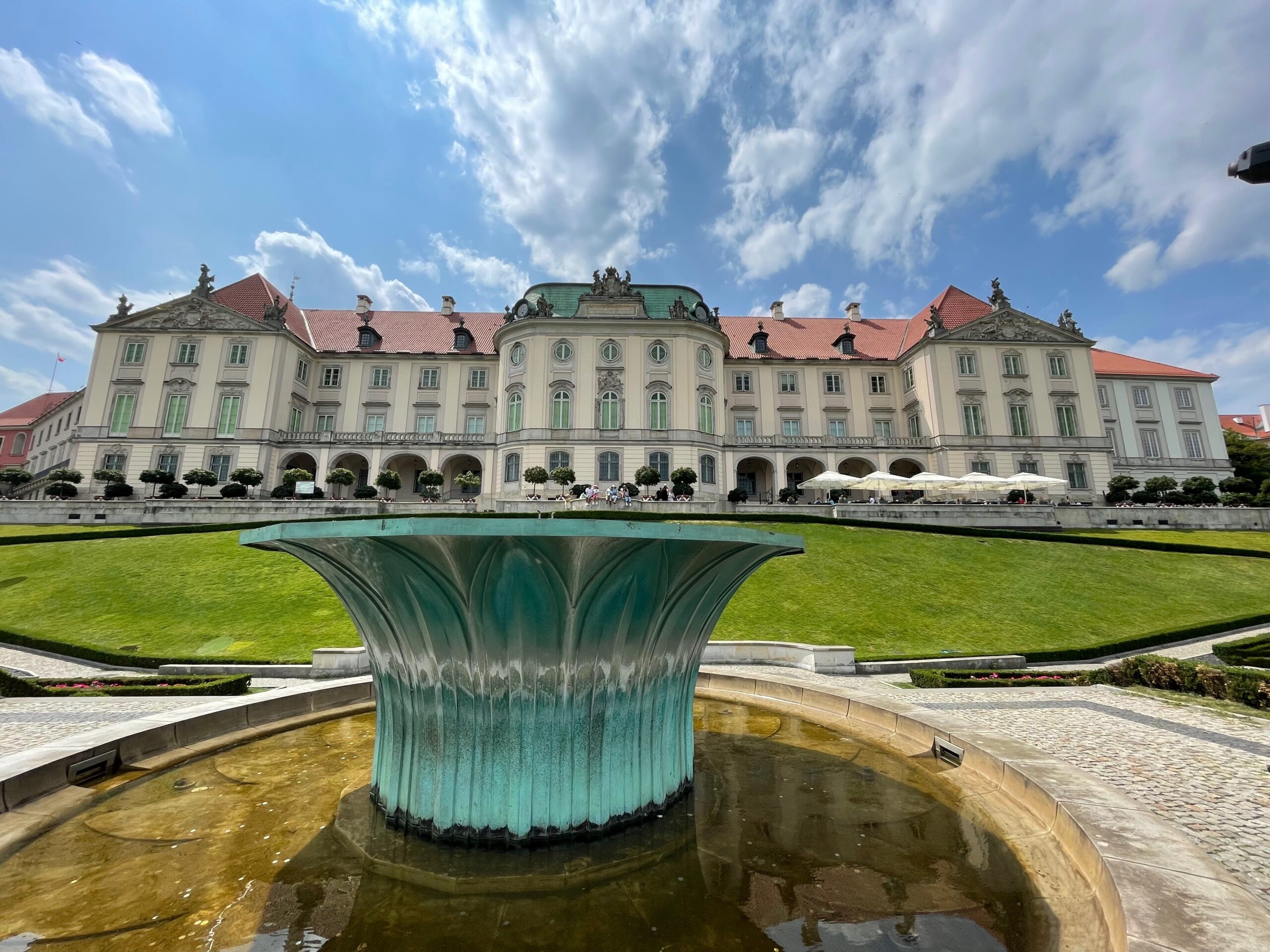 |
19. The Old Town
I walked around the old town during my first day and had my dinner here but I still encourage to spend 1-2 hours in the area to have a nice stroll. Surprisingly, the old town is very calm and relaxed area due to the fact that this is a historical center (although almost entirely reconstructed), far from busy business districts and wide and busy streets which are so characteristic for Warsaw. Compared with a hussle of the other parts of Warsaw, I had impression that when walking around, I suddenly transported to some cameral calm village. The Warsaw’s old town is a relatively compact area with cosy cobblestone streets, ornated tenement facades and cameral squares. This is a very touristy area with restaurants serving traditional Polish cuisine and souvenir shops selling Polish products. This is a nice spot to purchase some authentic Polish souvenirs in surprisingly good prices. When done with the Royal Castle you will find yourself in Plac Zamkowy with characteristic King Sigismund’s Column in the central place. This king moved the Polish capital from Kraków to Warsaw in 1596. When strolling around don’t skip the Old Town Defensive Ramparts which date back to the 13th century. By the end of the 14th century they stretched 1200 meters. The area offers nice views at the city and cumulates in the Warsaw Barbican which is very well reconstructed after the WWII demolish. The central part of the old town is the Old Town Square lined with richly adorned burgher houses whose design dates back to the 17th century, the square was (as the whole district) was heavily damaged and the historical buildings we admire are a reconstruction. The most famous feature is the city’s iconic symbol – Syrenka.
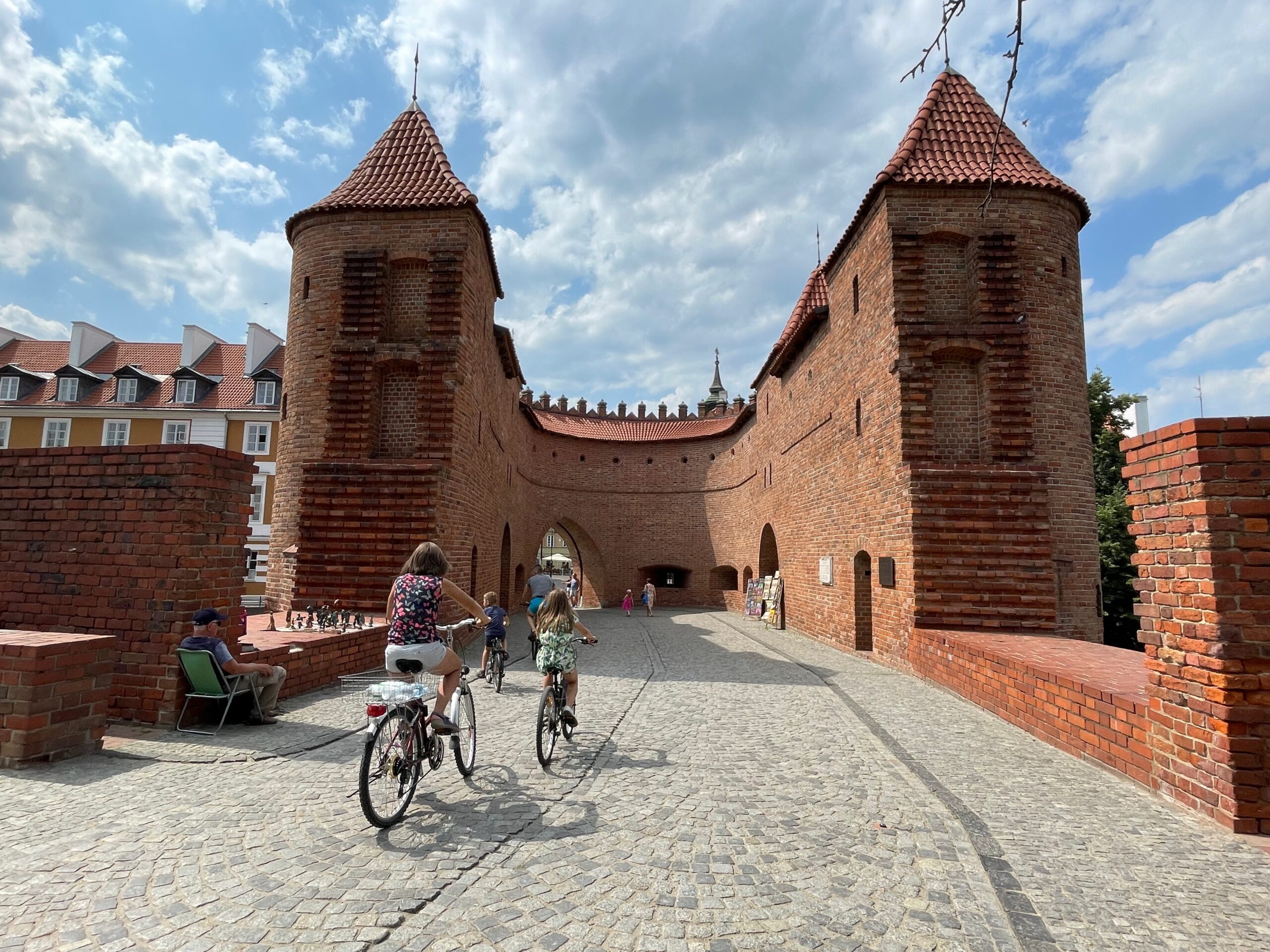 |
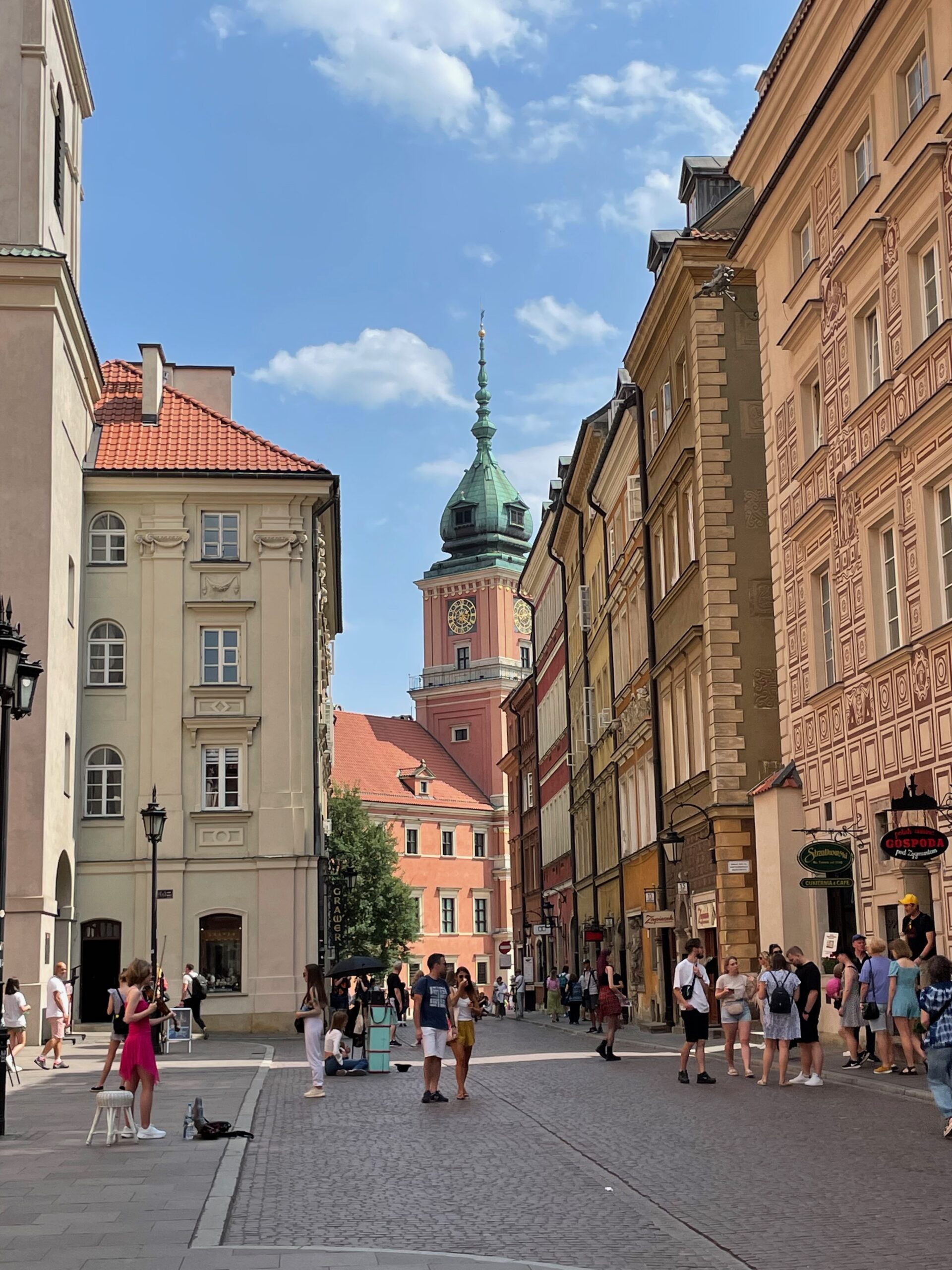 |
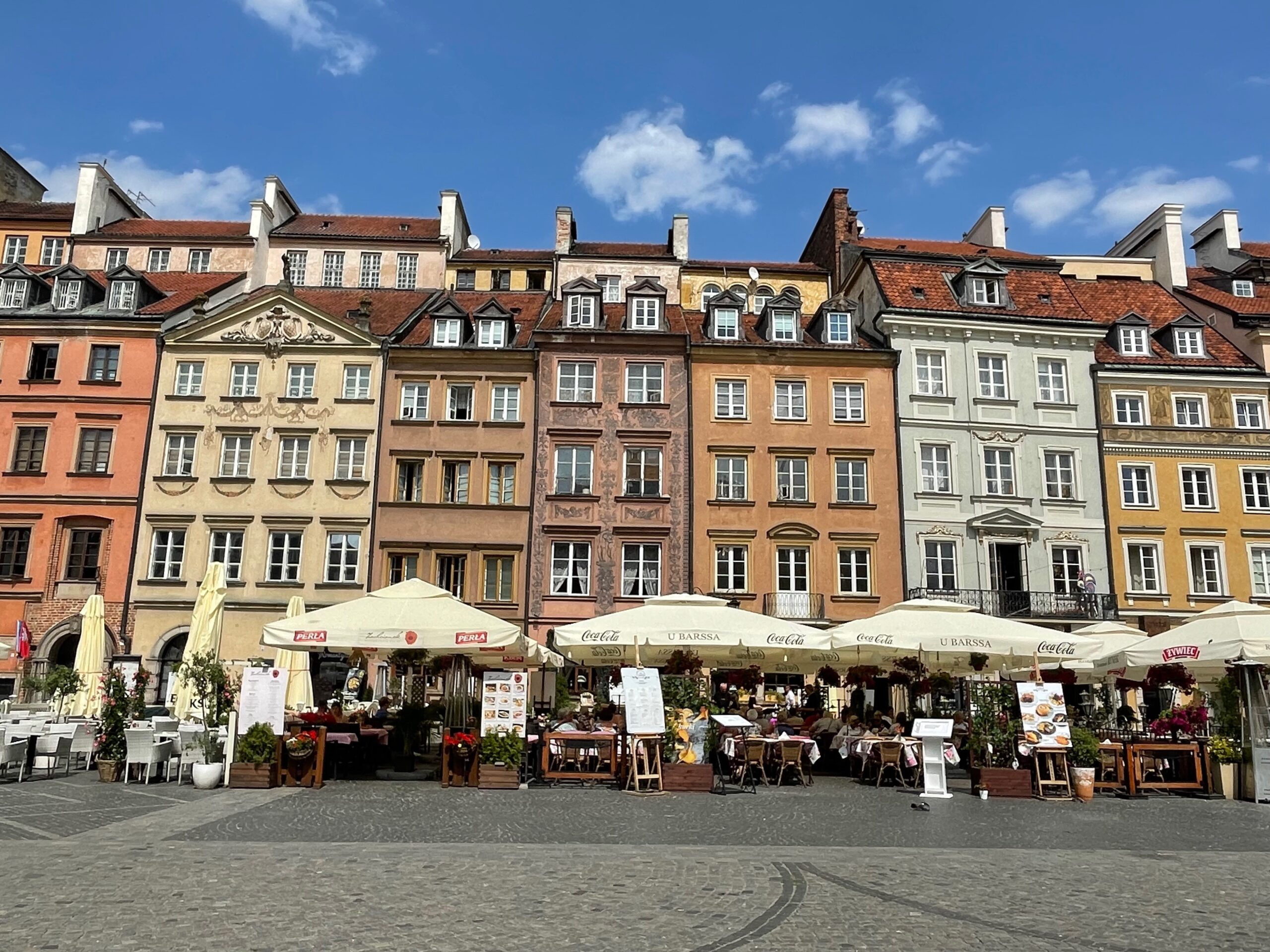 |
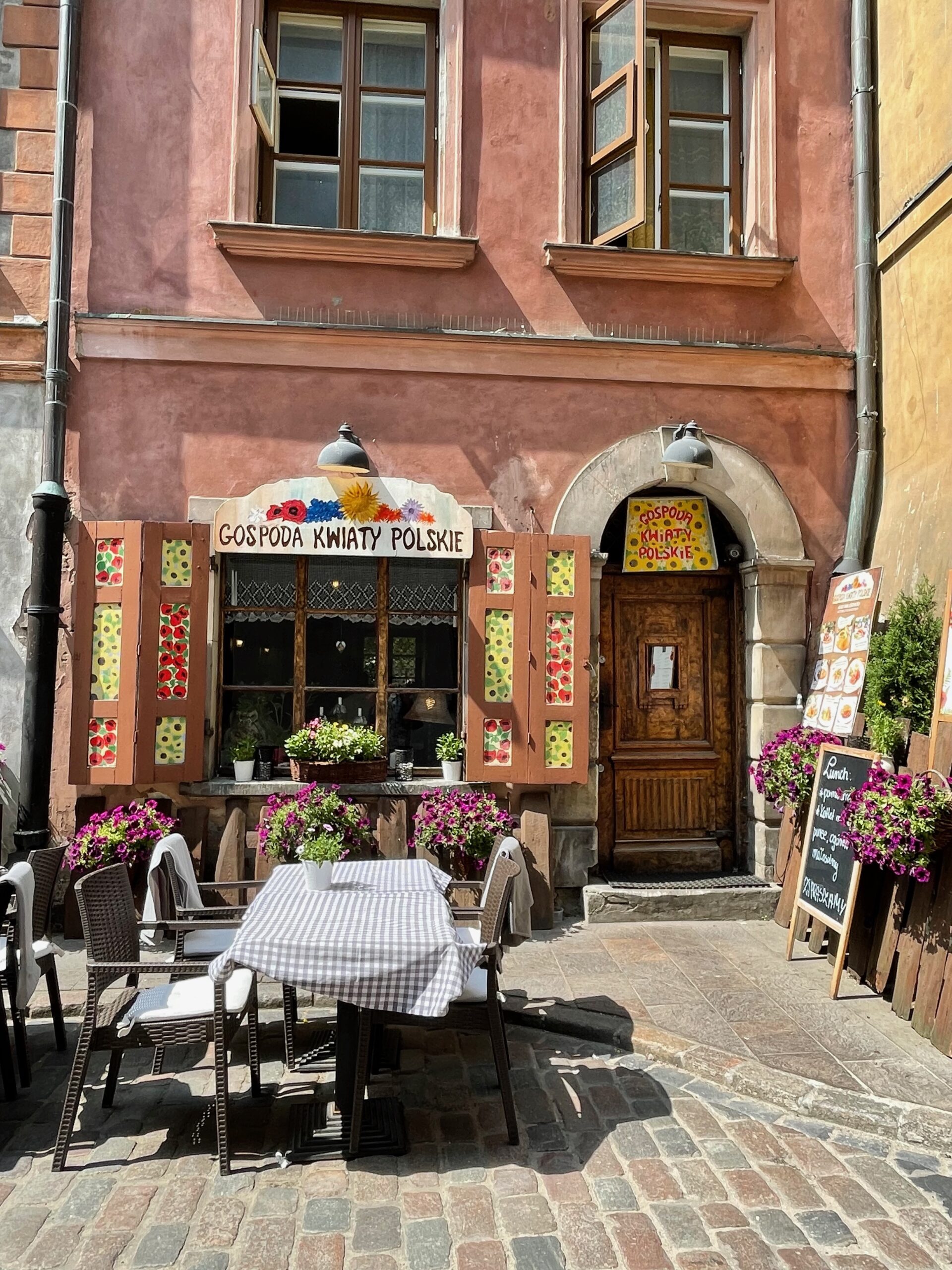 |
20. Nowe Miasto
If you cross the gate of Warsaw Barbican, you will find yourself in Nowe Miasto area, with lovely streets and squares with plenty of restaurants and little cafes. I have returned here for a dinner later in the day but decided to wander around and enjoy the cameral atmosphere of the area. If you’re interested in the Jewish history in Poland, you may want to explore the area more since during WWII in this district existed a Jewish ghetto. You will find here the Polin Museum of the History of Polish Jews, monuments to the ghetto heroes as well as many other significant places related to the Jews (also in the wartime). There is plenty of information boards (also in English) in particularly important spots.
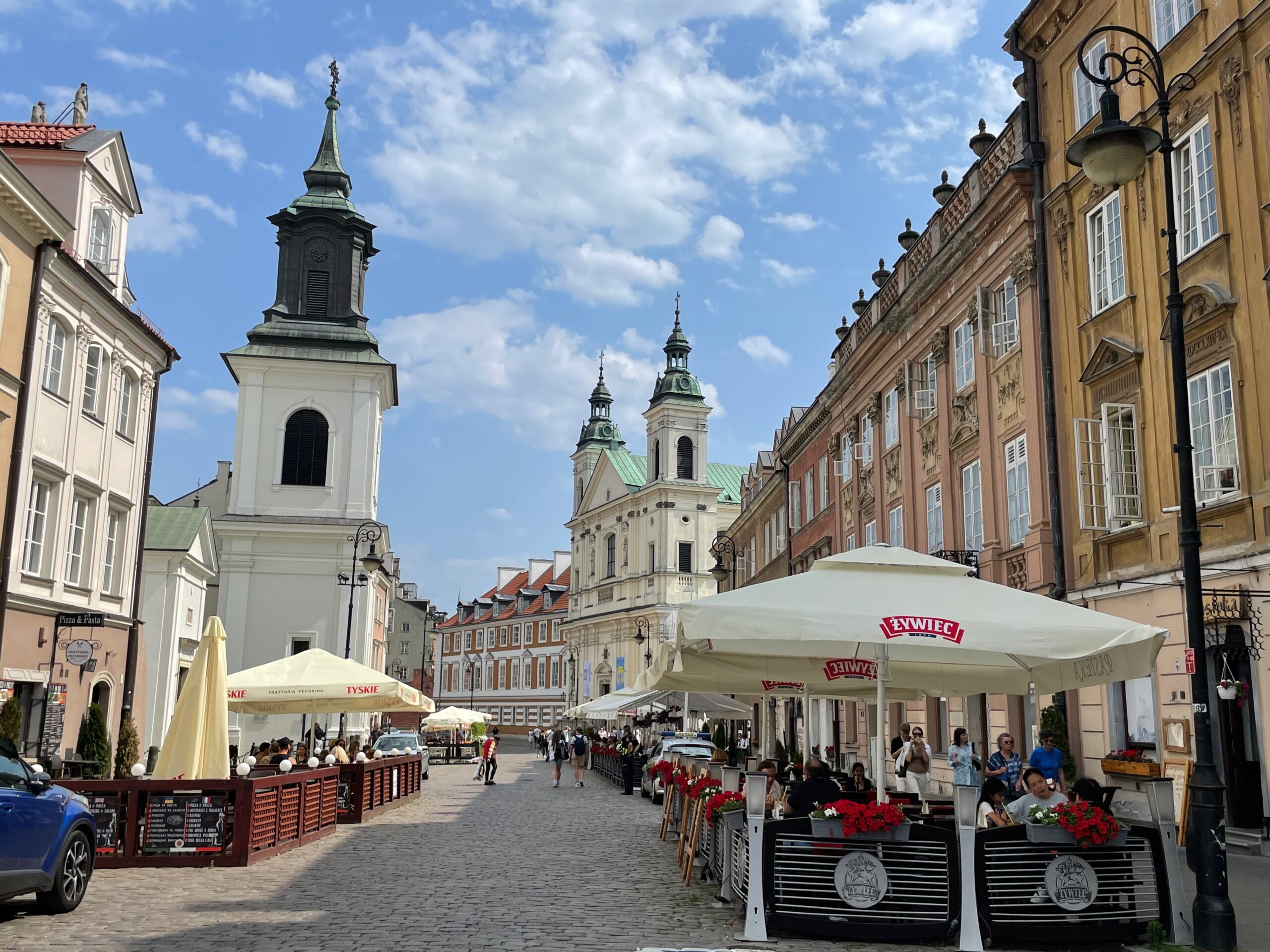 |
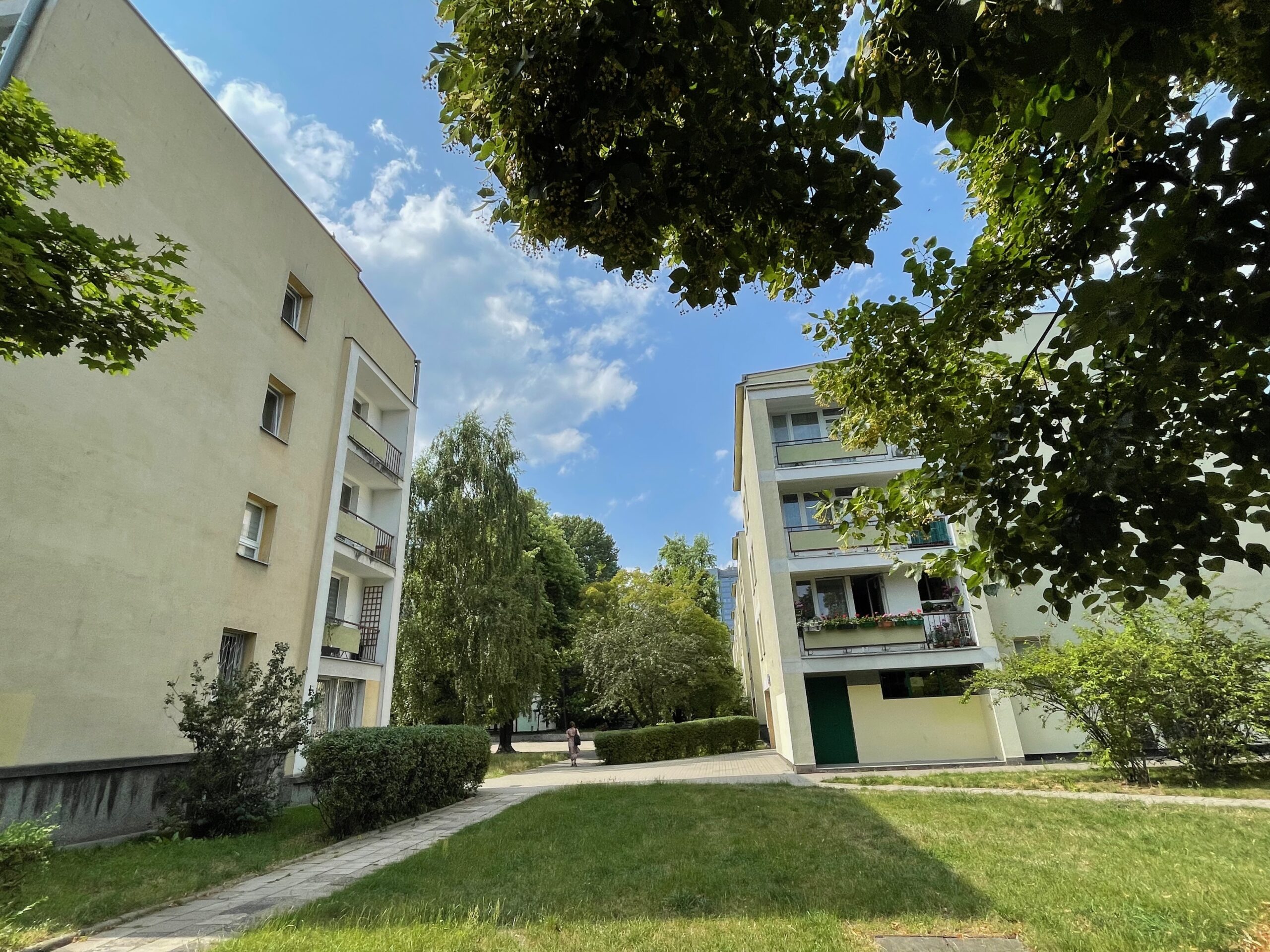 |
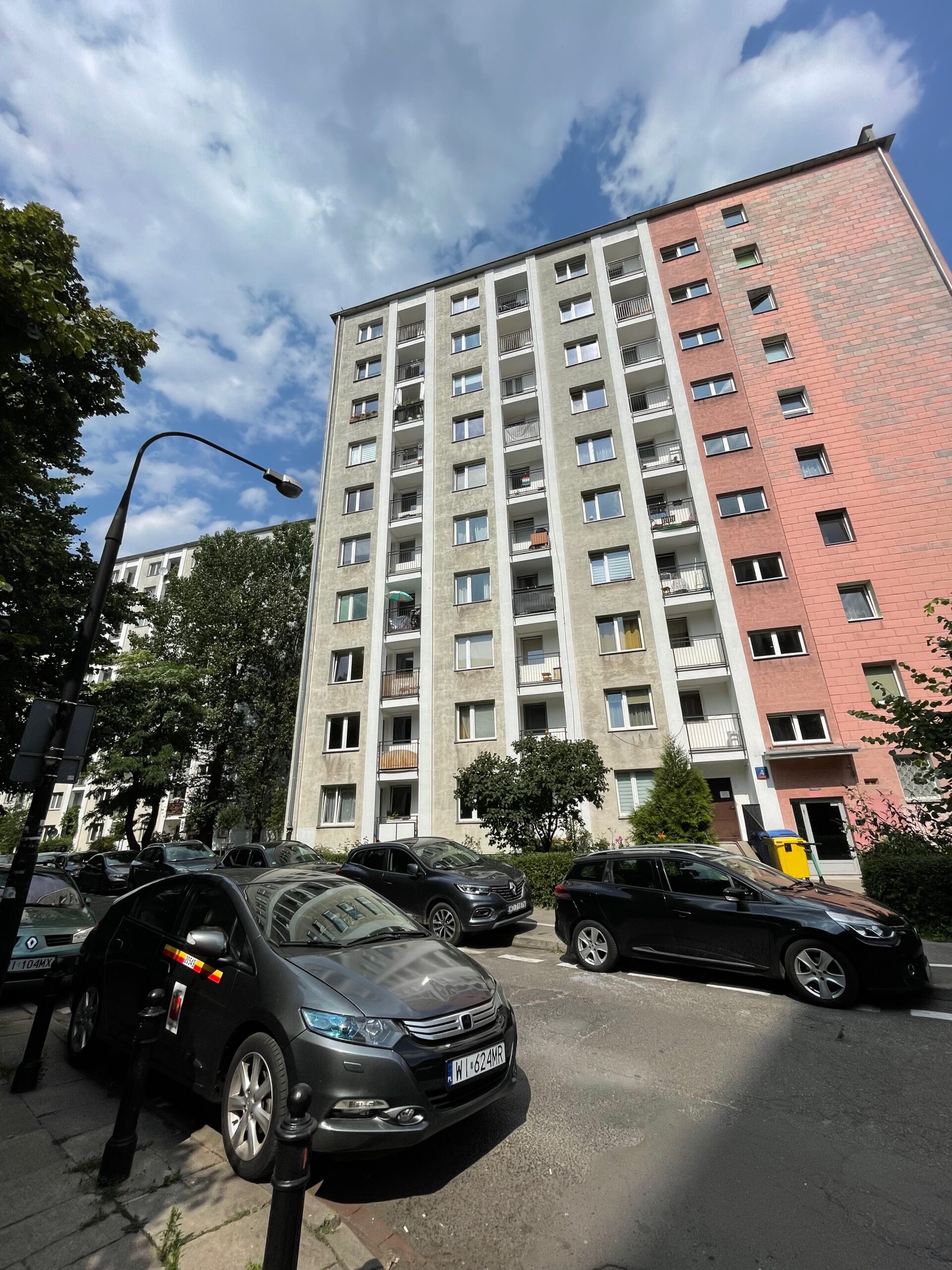 |
21. Lunch in Gdański milk bar
I have walked through Nowe Miasto to Gdański milk bar which was listed in few rankings as the best milk bar of the city. Although pleasant, I think I preferred the bistros I ate my lunch in the previous day. However, I got completely in love with a charming café Księgarnia Radio Telewizja which is a combination of bookstore and cafeteria. I loved the selection of books, and the traditional Polish apple pie, the interior is full of good design furniture from the communist era.
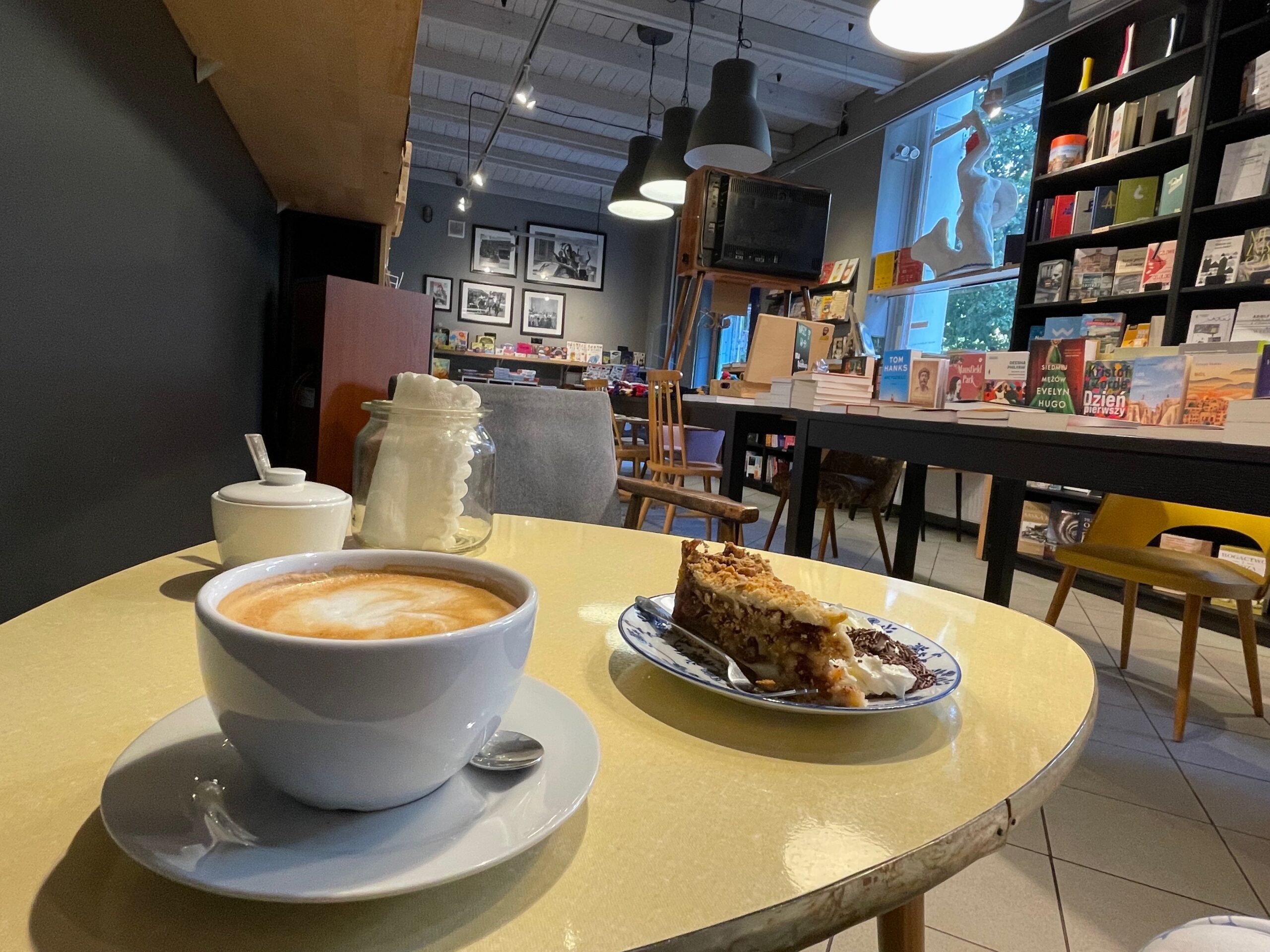 |
Even if the excursion to the milk bar was a significant detour, I liked the walk since the cameral touristy streets in Nowe Miasto transformed suddenly in a huge area of blocks of flats built in 60s and 70s and I had impression that I found myself in a completely different city with practically only locals, small local shops and overall silence since the dense rows of buildings blocked the noise of the busy streets.
22. Chopin’s museum (free on Wednesdays)
I have hopped on a bus to get to the Chopin’s museum which I also visited on the free day. The museum is located in a charming Ostrogski Castle and is one of the few multimedia biographical museums in Europe. Apart from a plenty of digital displays through which you will learn about Chopin’s life and his music, you can also see the composer’s last piano, manuscripts of his letters and compositions as well as some personal objects such as pens, or some pieces of clothes.
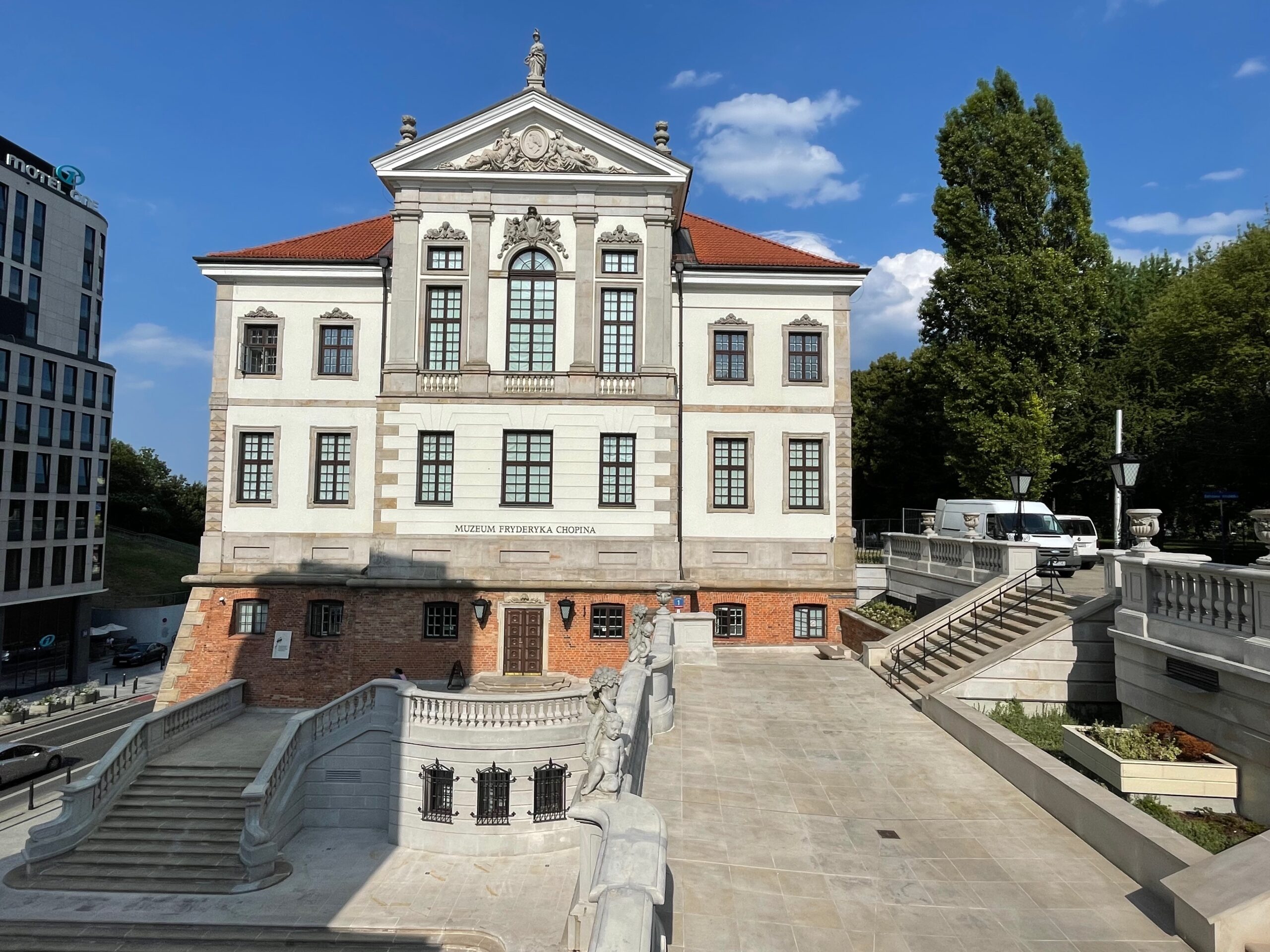 |
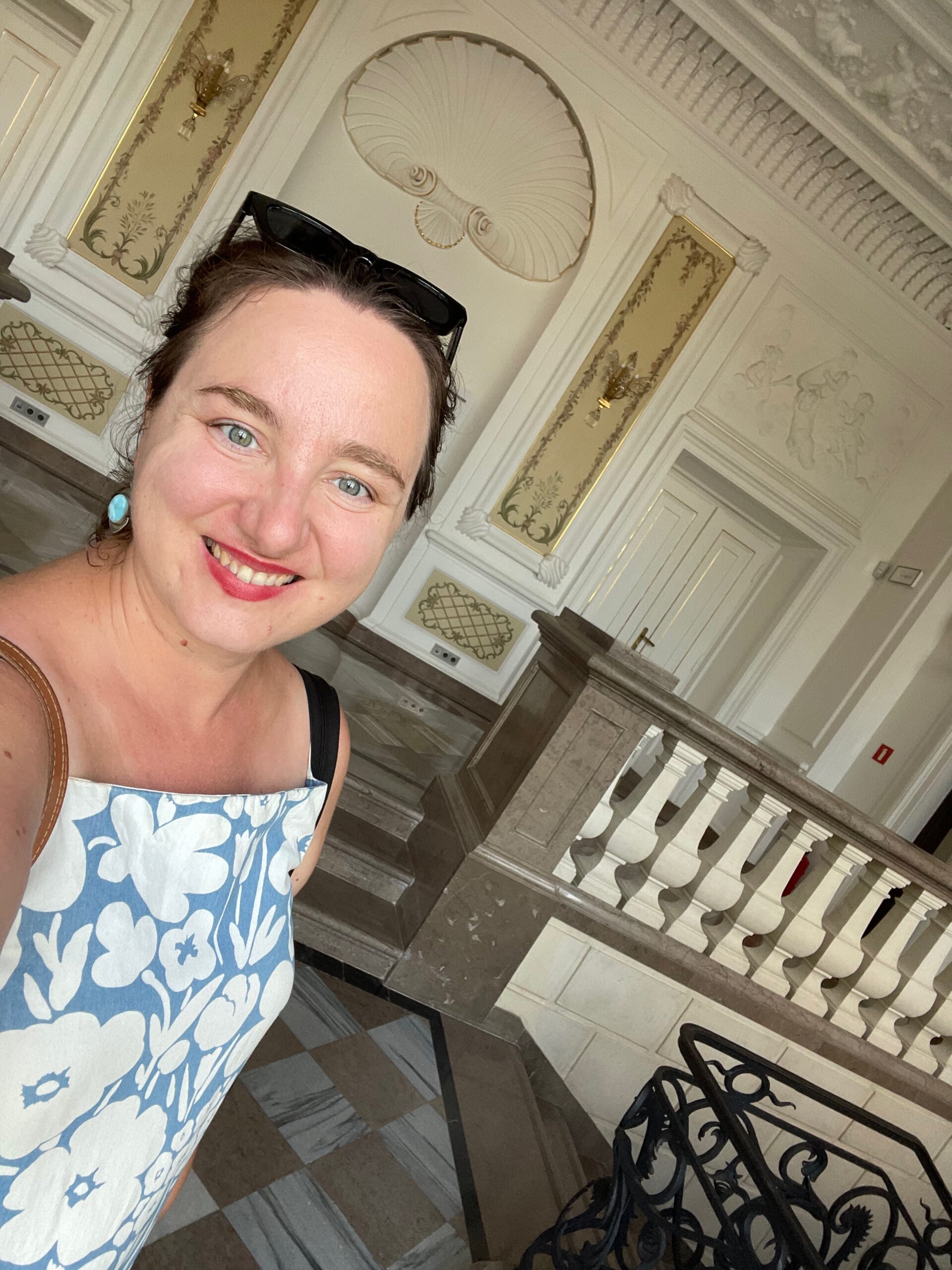 |
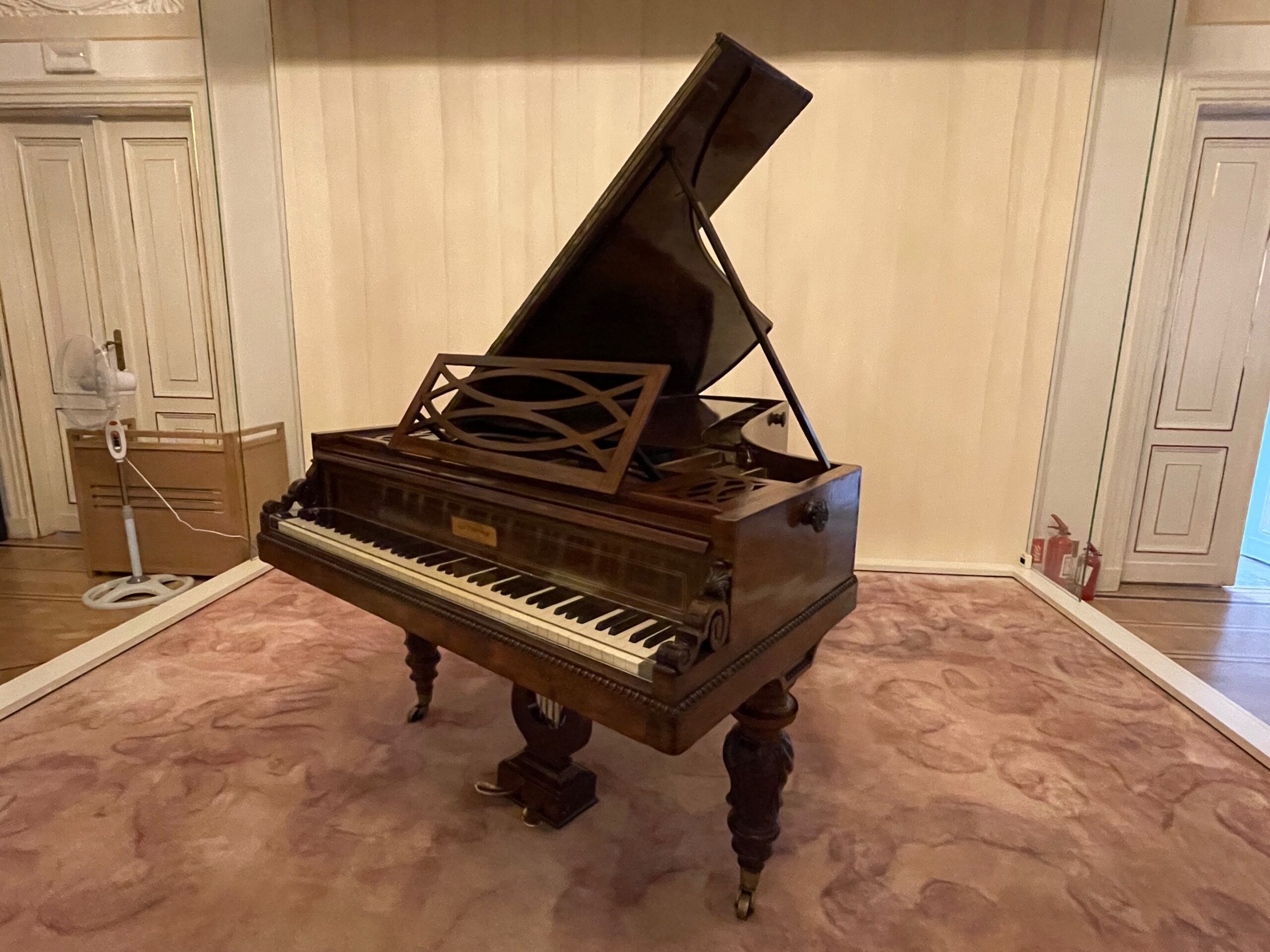 |
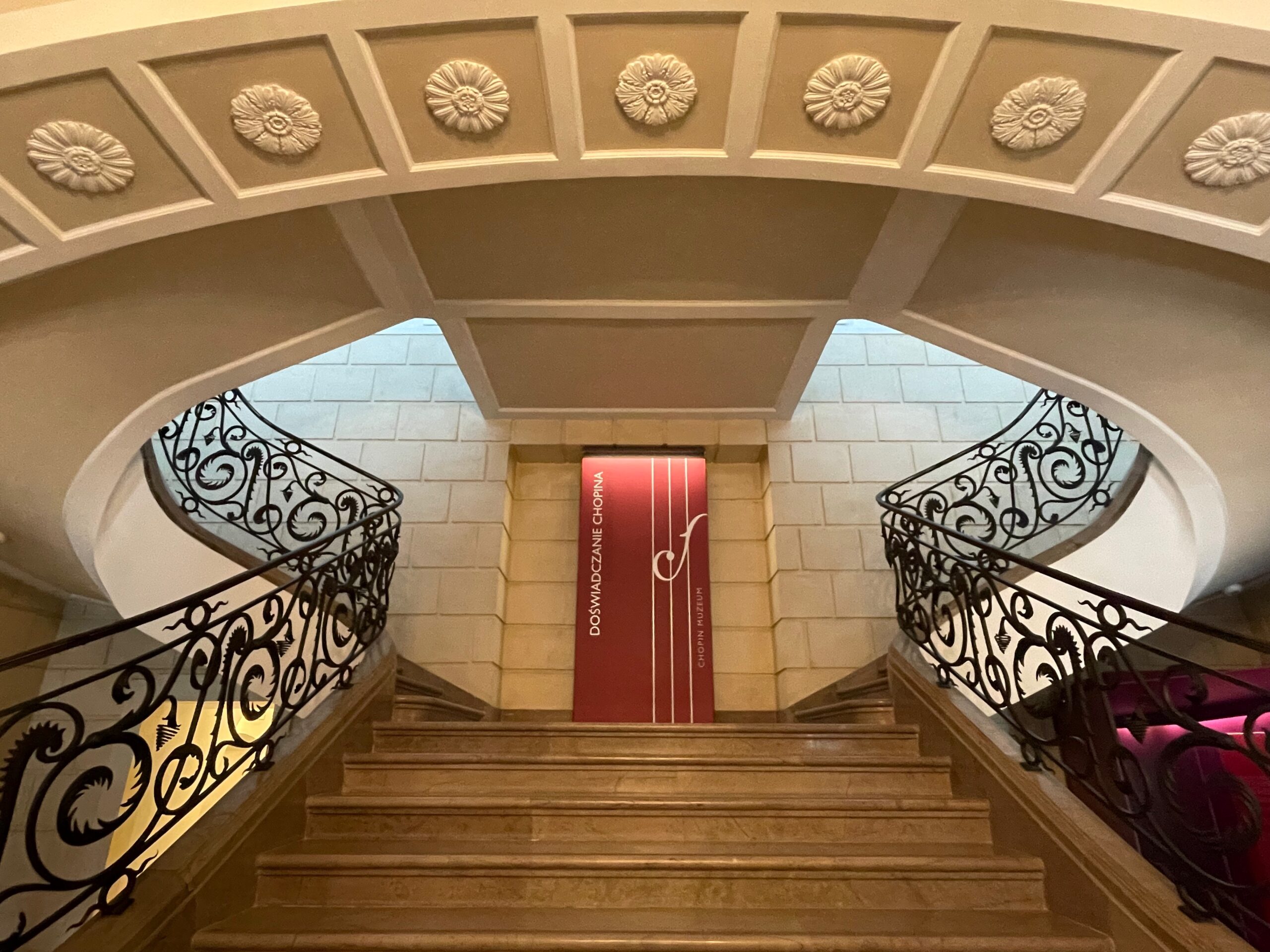 |
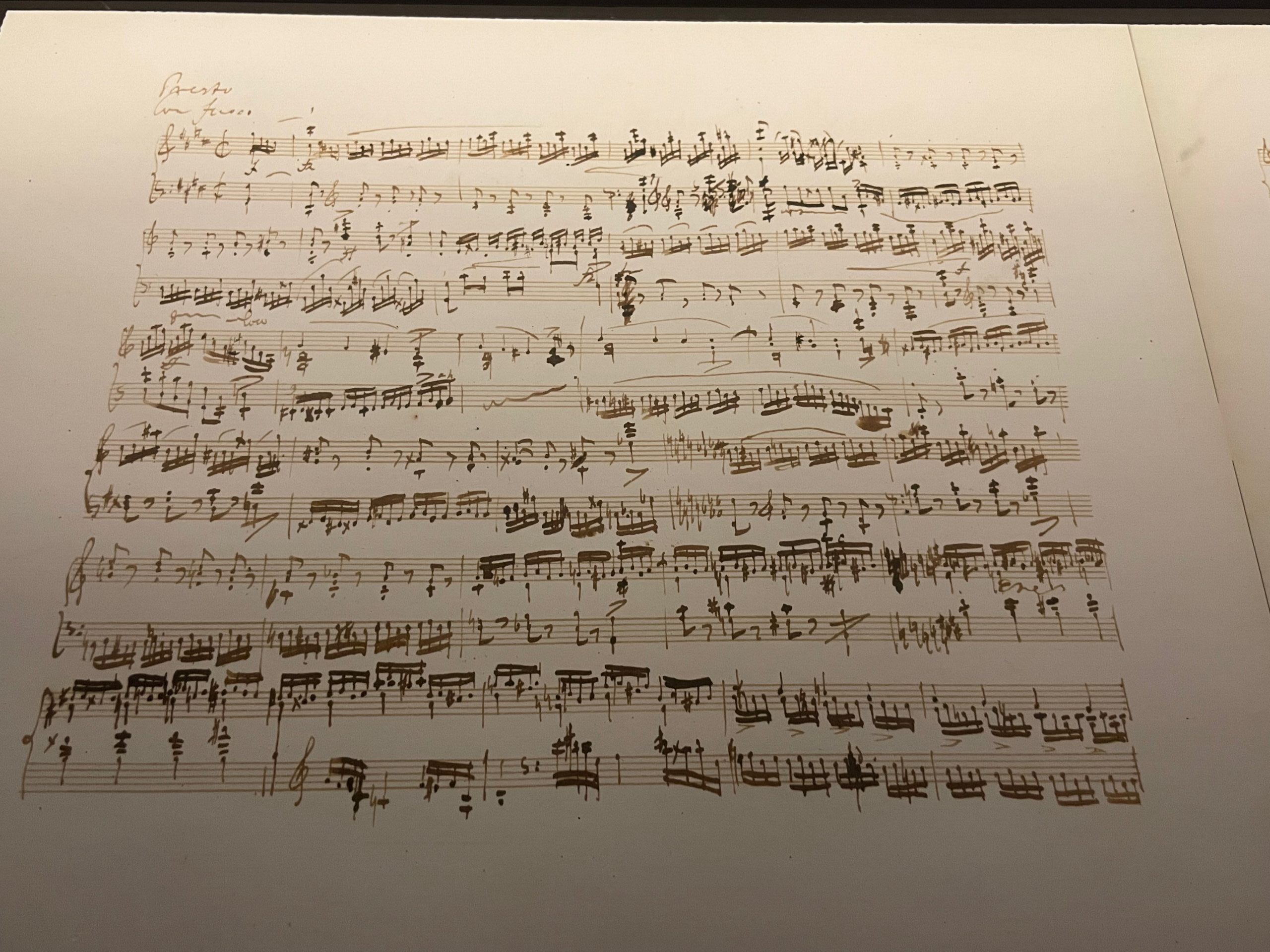 |
23. Dinner at Nowe Miasto
I came back to Nowe Miasto to try some of the bars and restaurants on Miodowa street which tempted me with its cameral atmosphere and good offer of Polish cusine. The area was much busier in the evening and the prices lower than in other main Polish cities in central locations as this one.
Day 4
24. Wilanów Palace and gardens (free on Thursday)
The last day I visited Wilanów Palace, I started my day early since the museum was free today, however the number of tickets is limited so is best to come early to ensure a time slot. The complex is one of the main landmarks in Warsaw and is located at the end of the Royal Route. Sadly, there is no metro nor tram to get there and you need to rely on bus, it takes around 40-60 minutes to get there from the city center which makes the visit a half day trip. The complex is often called the “Polish Versailles” and consists of a splendid 17th century palace and sophisticated vast gardens. The park takes 45ha and consists of few individual gardens with a two-level baroque garden, a Neo-Renaiisance rose garden, a classical English landscape and the English-Chinese landscape park. The park went major renovation during 1950s overseen by an architect Gerard Ciołek who recreate the appearance of the space from the time of King Jan III Sobieski.
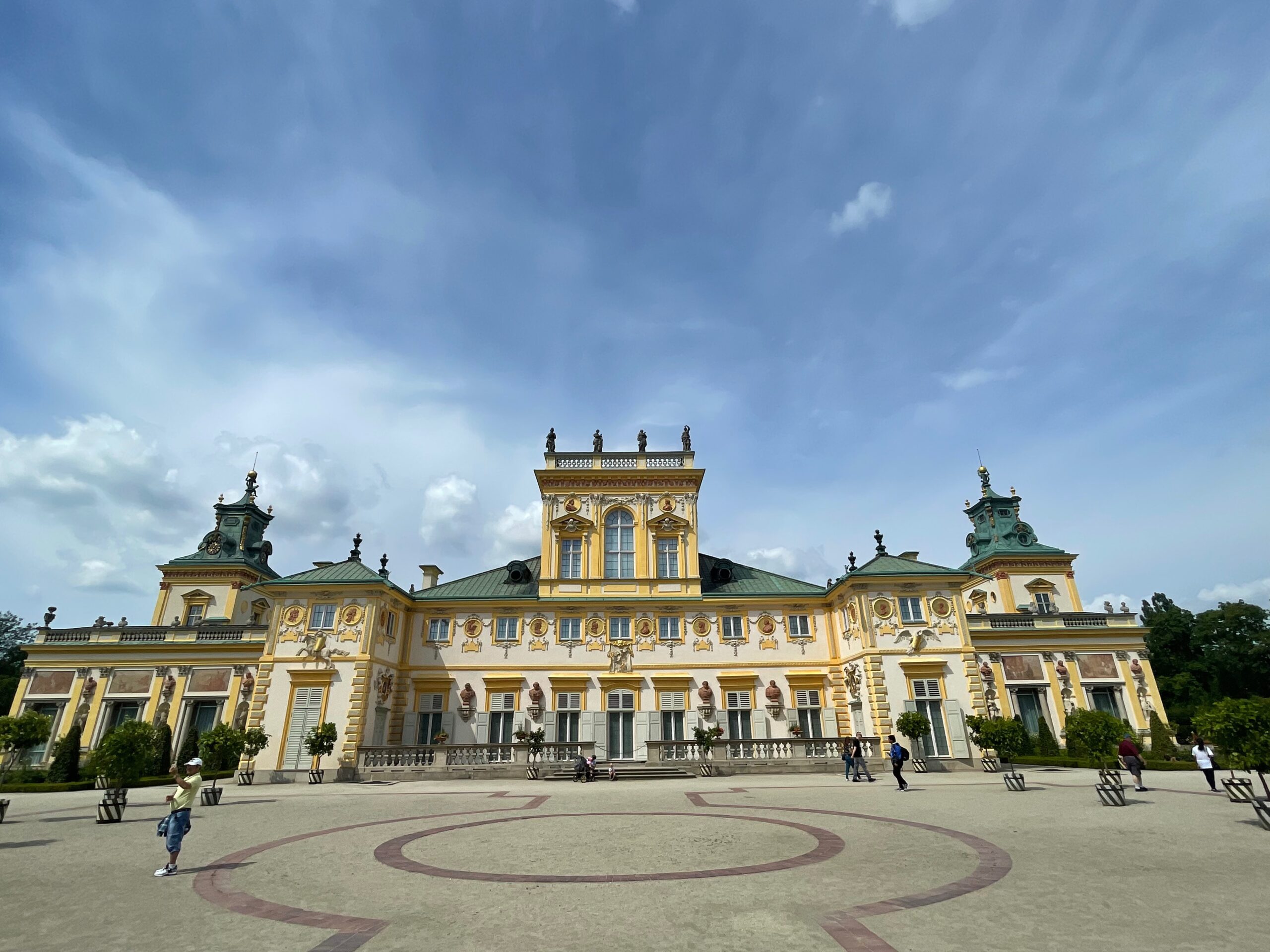 |
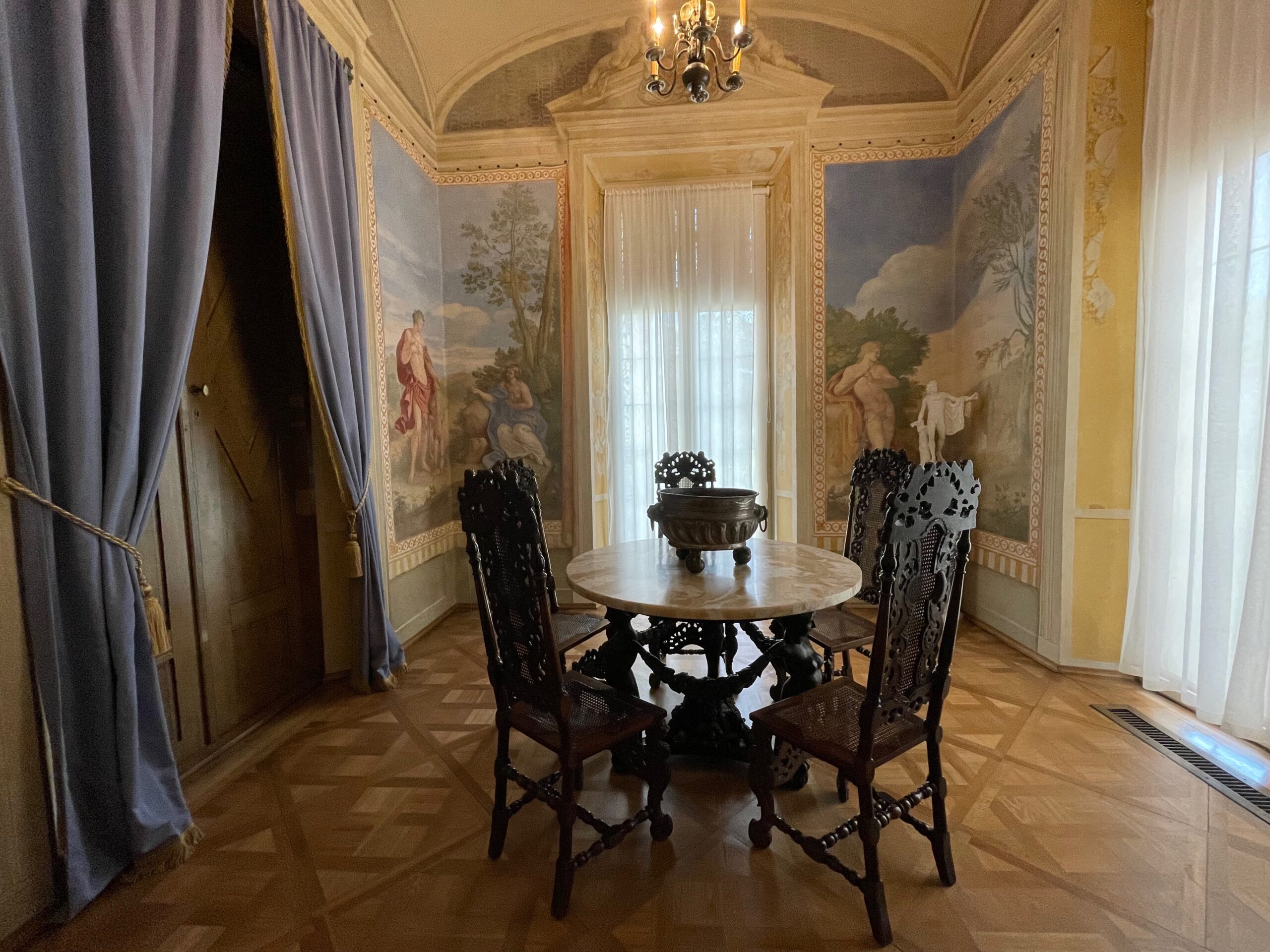 |
The palace can be visited only at the specific time slot indicated on the ticket. The palace is one of the few existing remnants of times when Poland was a prosperous enormous country stretching from the Baltic Sea to the Black Sea. The palace was the summer residence of King Jan III Sobieski and his beloved wife Marysieńka. Nowadays, you can visit the building’s splendid interiors from different periods as well as the Polish Portrait Gallery.
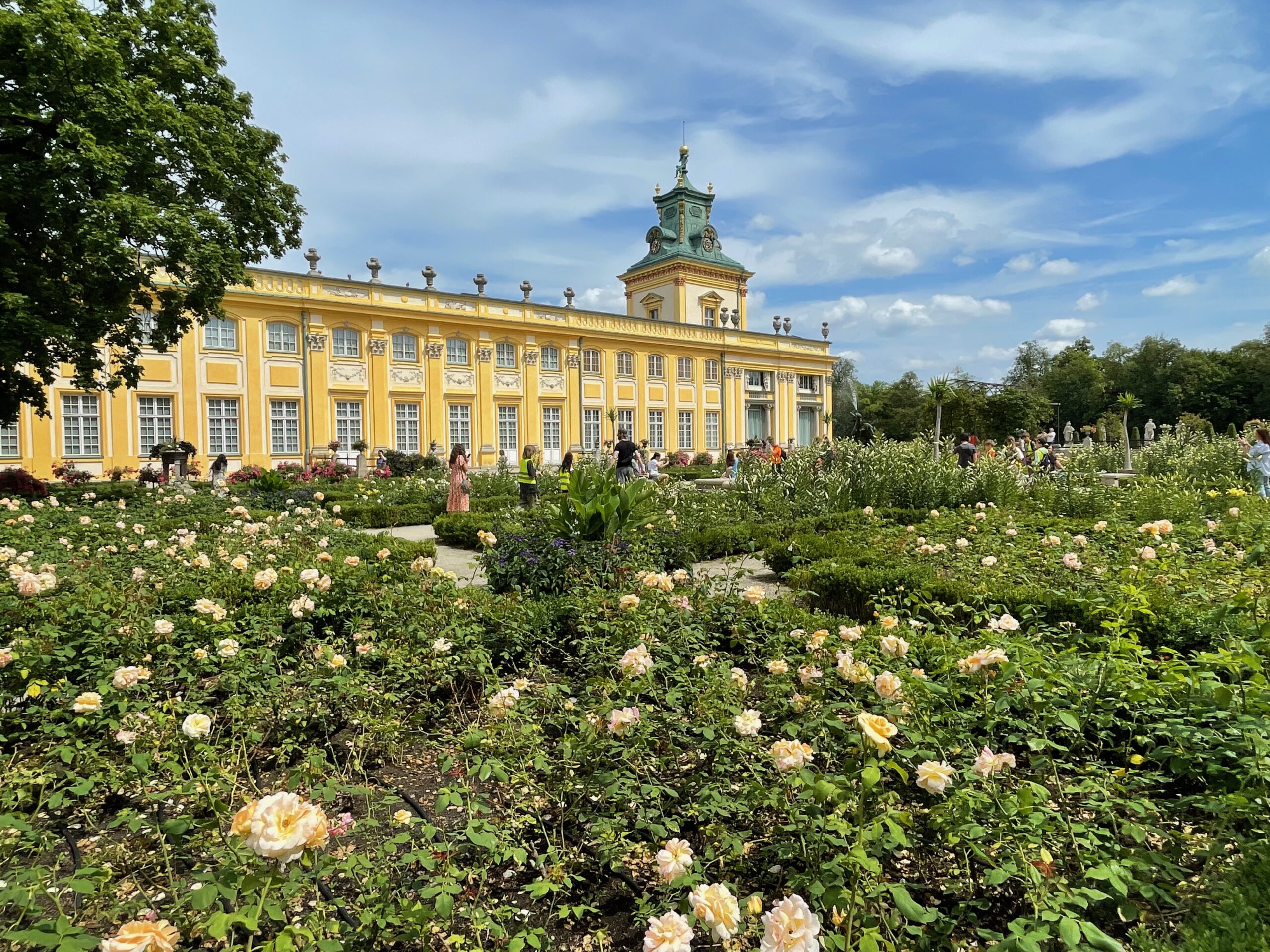 |
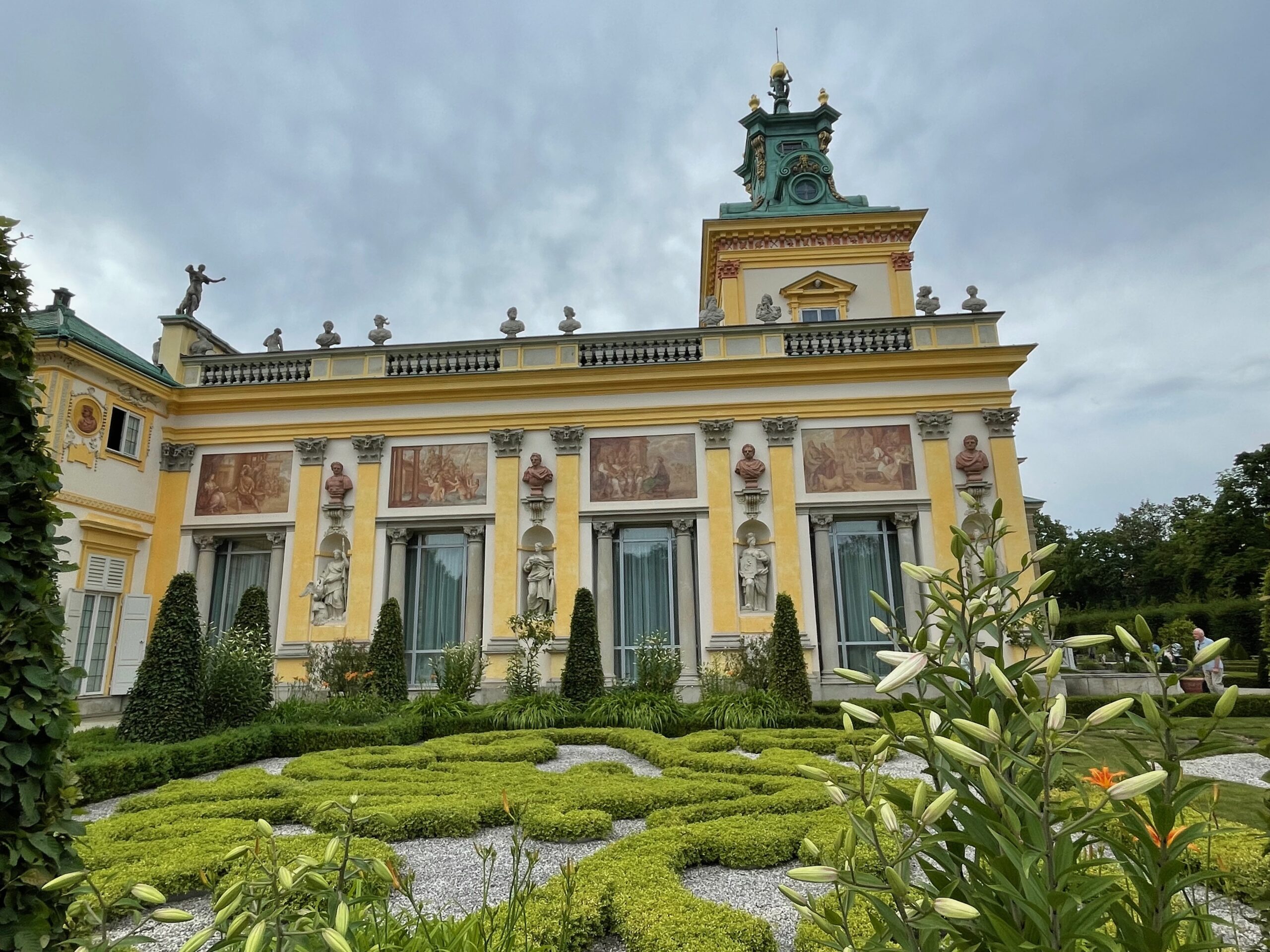 |
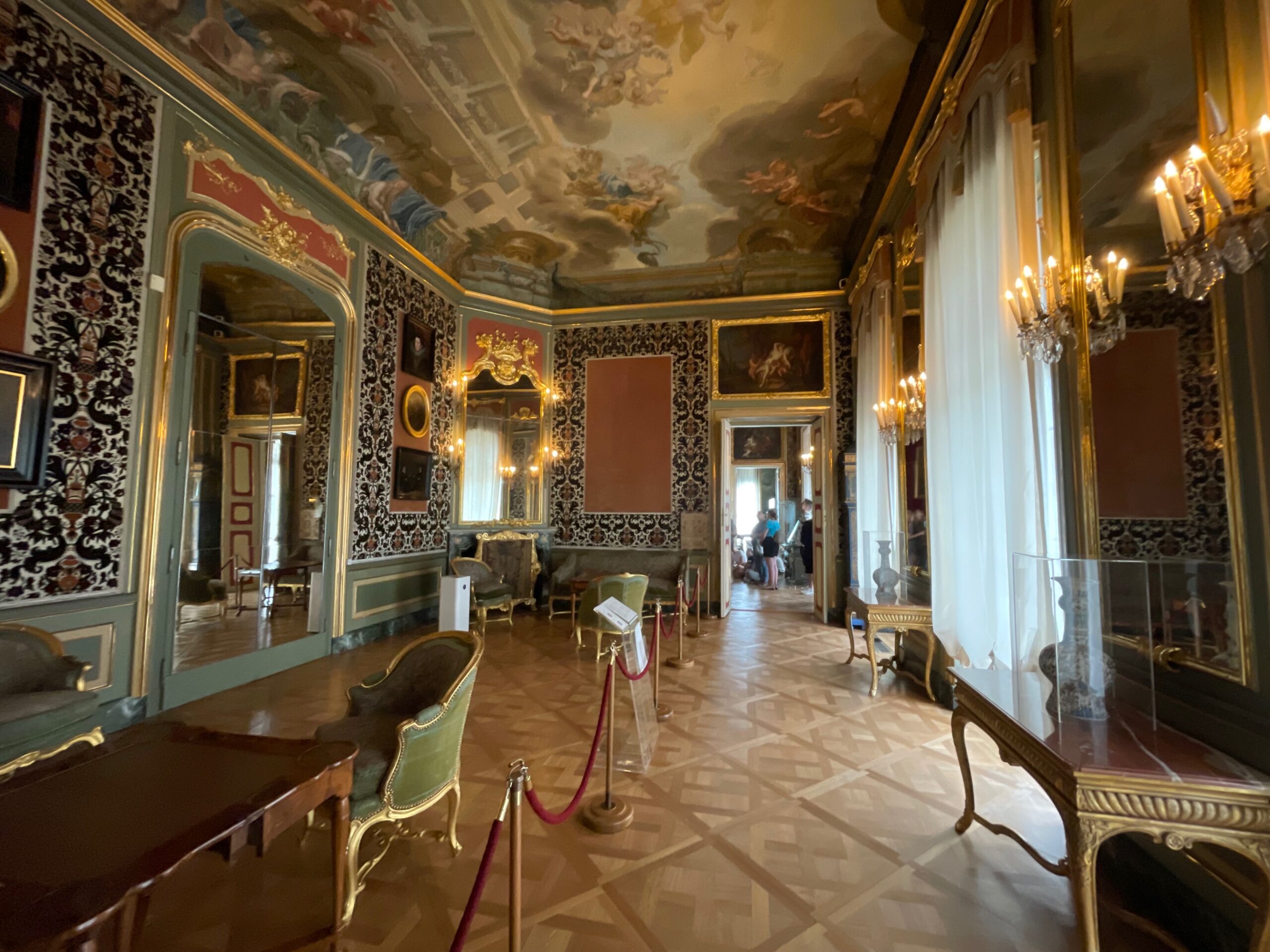 |
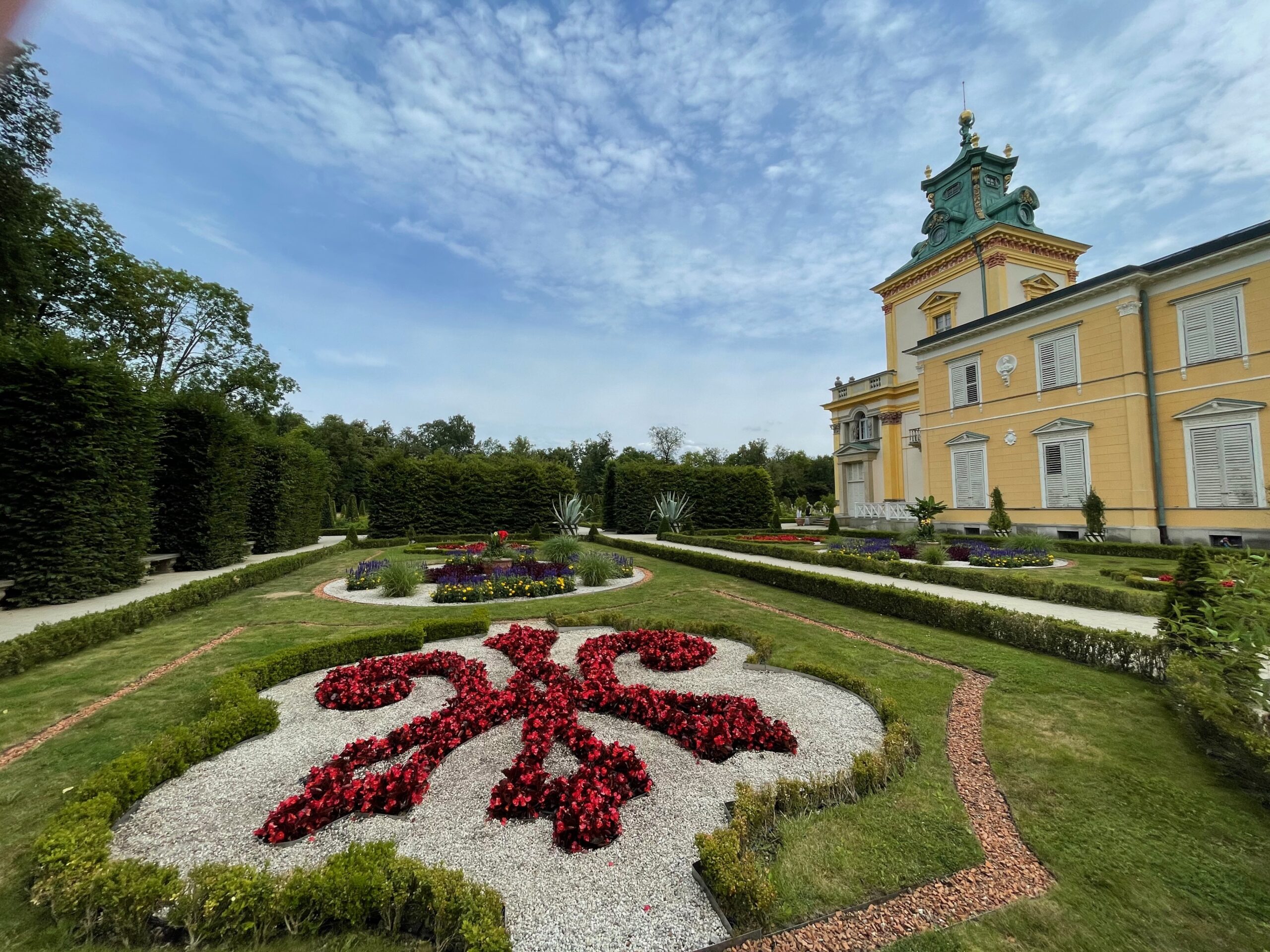 |
25. Krasiński Palace and Garden (Pałac I Ogród Krasińskich)
Back to the city, I decided to rest from the one hour bus ride in one of the most charming gardens in the city with Krasiński baroque residence being a central point. The palace was built in the 18th century and the garden was a part of the estate. Nowadays this is a charming place with alleys and flower beds, as well as a fountain and little pond. You also can find a place to lay down on your blanket to relax with a book or have a small picnic on a summer day. I have bought traditional Polish charcuterie and fresh summer fruits and had my picnic lunch there. The park has also some space designated for children, in the summertime you will also find some stalls offering ice cream and cold beverages. Nice spot in the middle of busy city!
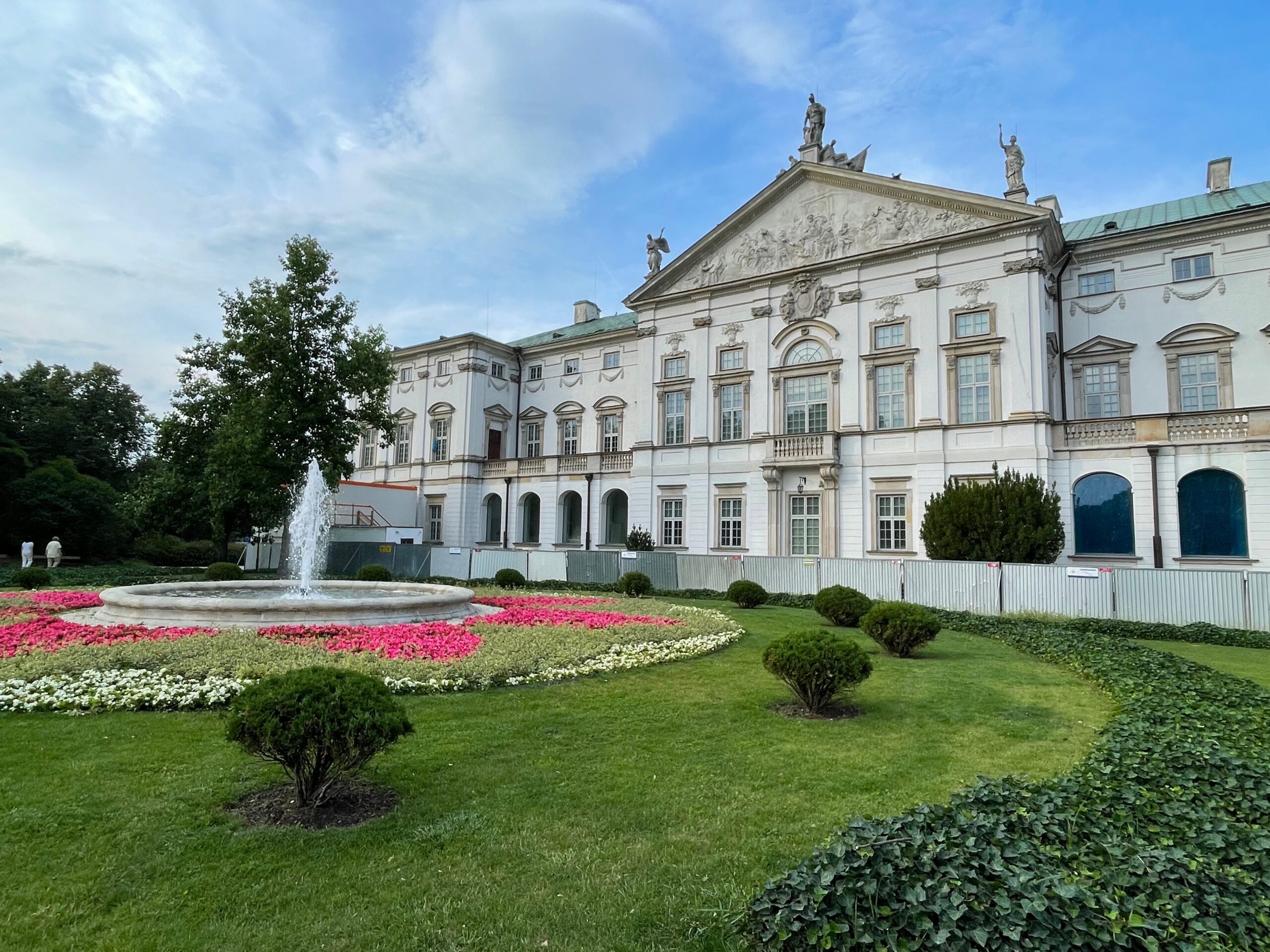 |
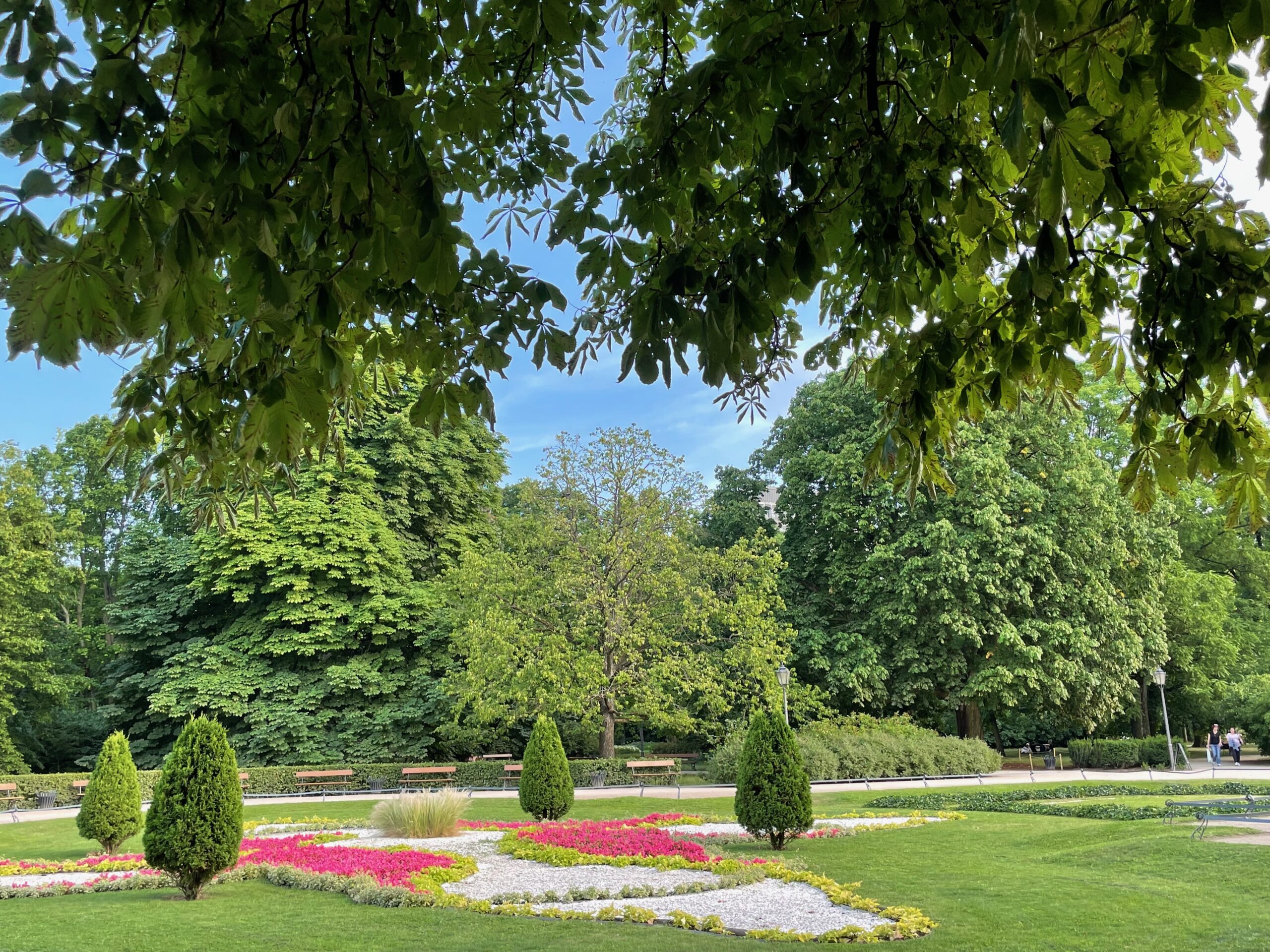 |
26. One of the museum related to Warsaw’s history and resistance during the WWII
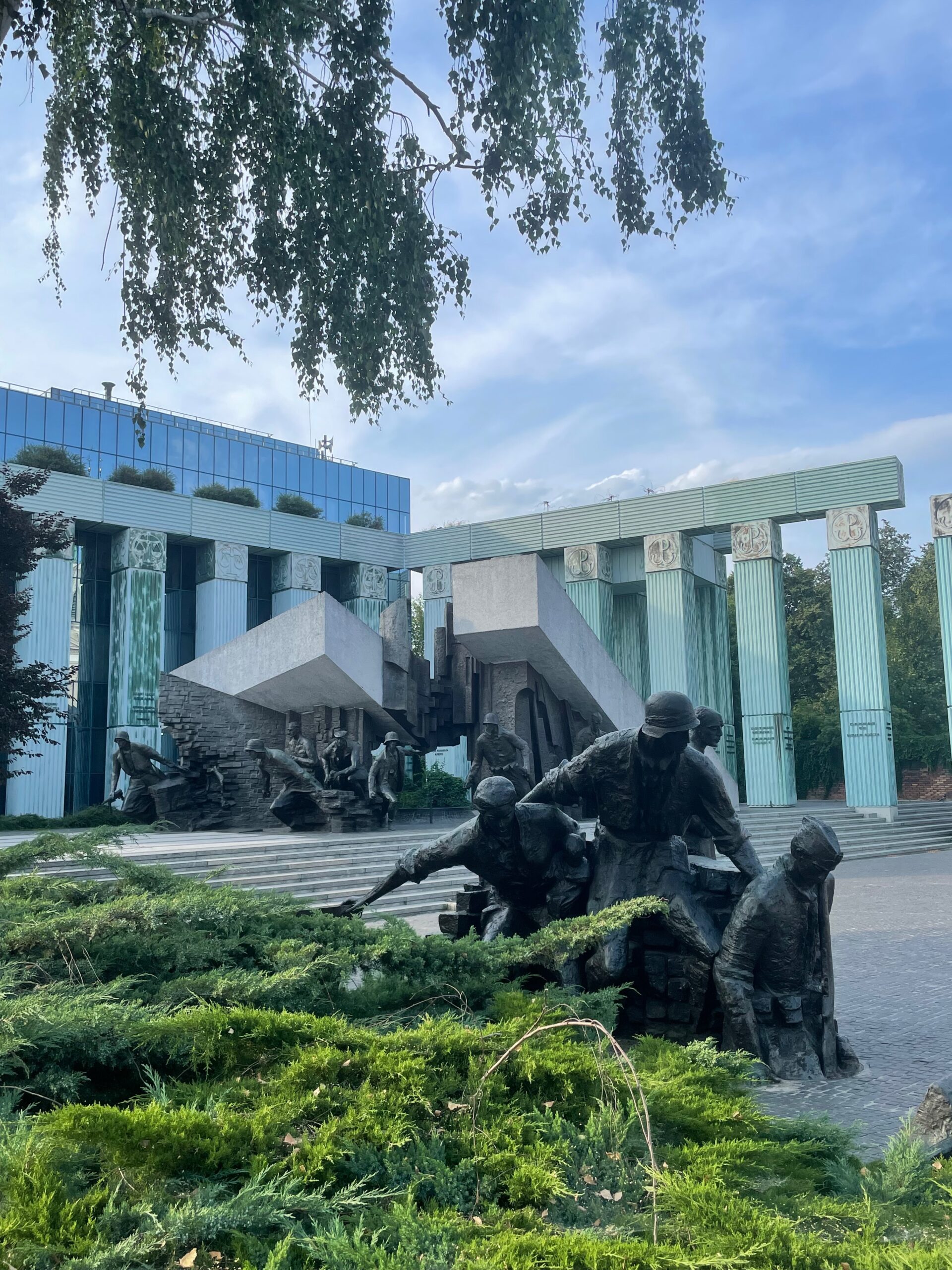 |
My journey in Warsaw came to the end in the afternoon, however if you stay until the evening or departure next morning, I strongly recommend going to one of Warsaw’s historical museums where you can learn about the city’s difficult and tragic past and its people who bravely fought for freedom and independence of their country. As a Polish person I know the history of Warsaw and Poland since I learned it at school, but I really think it’s not possible to truly learn and discover Warsaw without knowing its past. There is quite some choice of museums which can tell you the dramatic story of the capital such as the Warsaw Rising Museum (Muzeum Powstania Warszawskiego), the Polish Army Museum (Muzeum Wojska Polskiego), the Pawiak Prison Museum (Muzeum Więzienia Pawiak) or Warsaw Citadel (Cytadela Warszawska). If you want to find out more about Jewish community living in Poland (before and during the WWII), go to the Polin Museum of History of Polish Jews (Muzeum Historii Zydów Polskich), the Jewish Cemetery, the Jewish Historical Institute or visit the Nożyk Synagogue (Synagoga Nożyków).
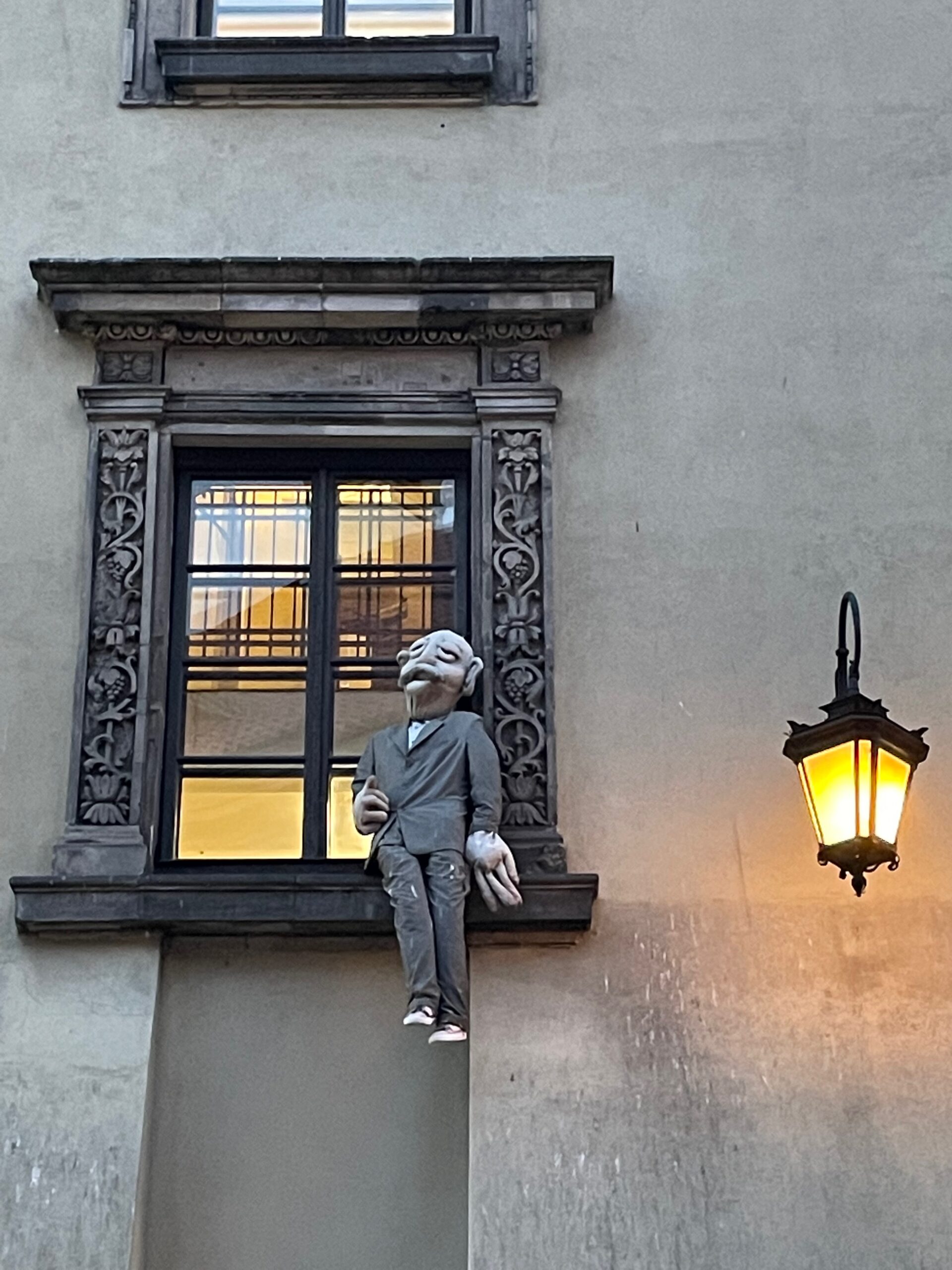 |
* Part of information included in this post comes from the tourist office information brochures distributed to the visitors.
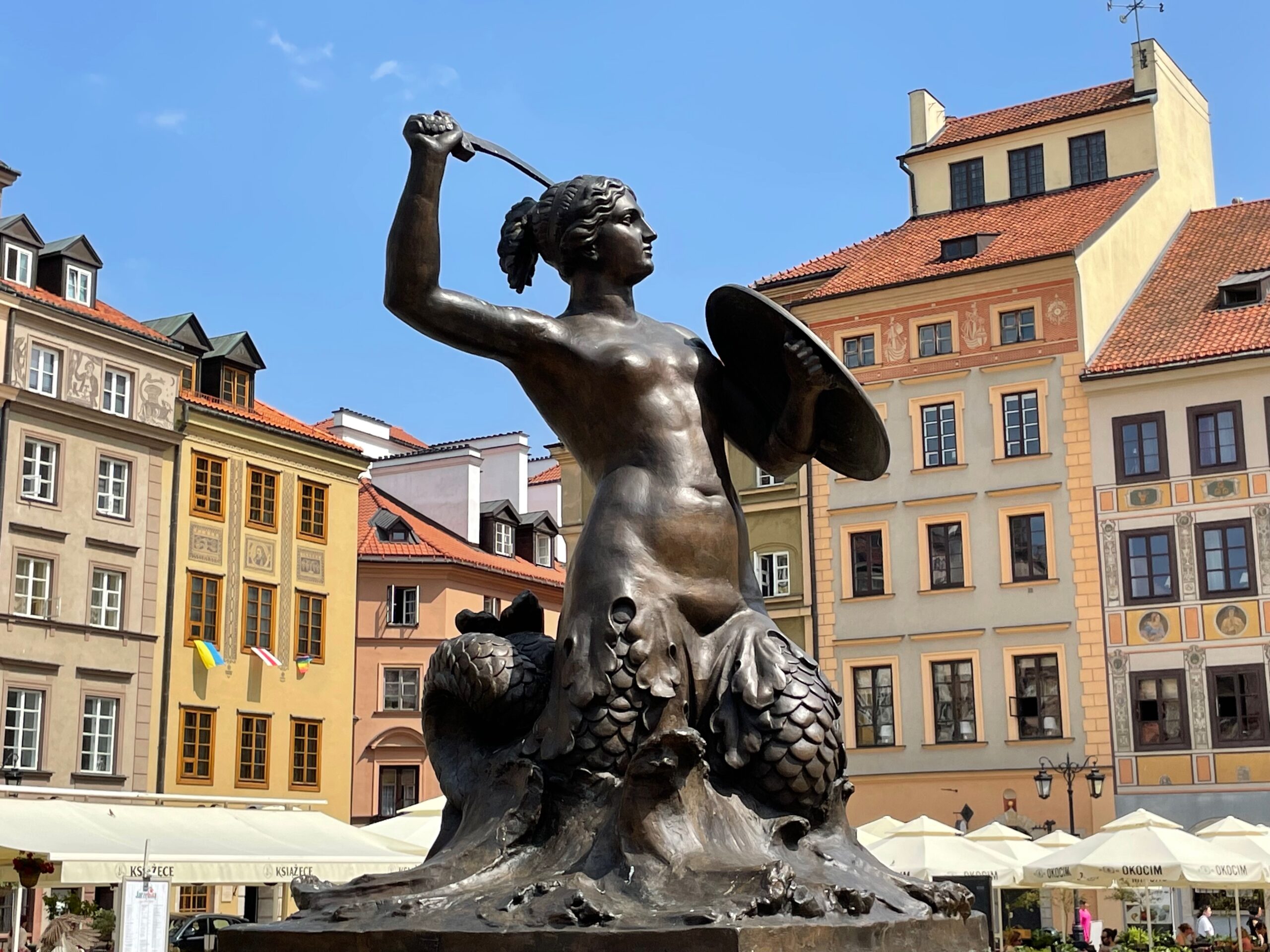
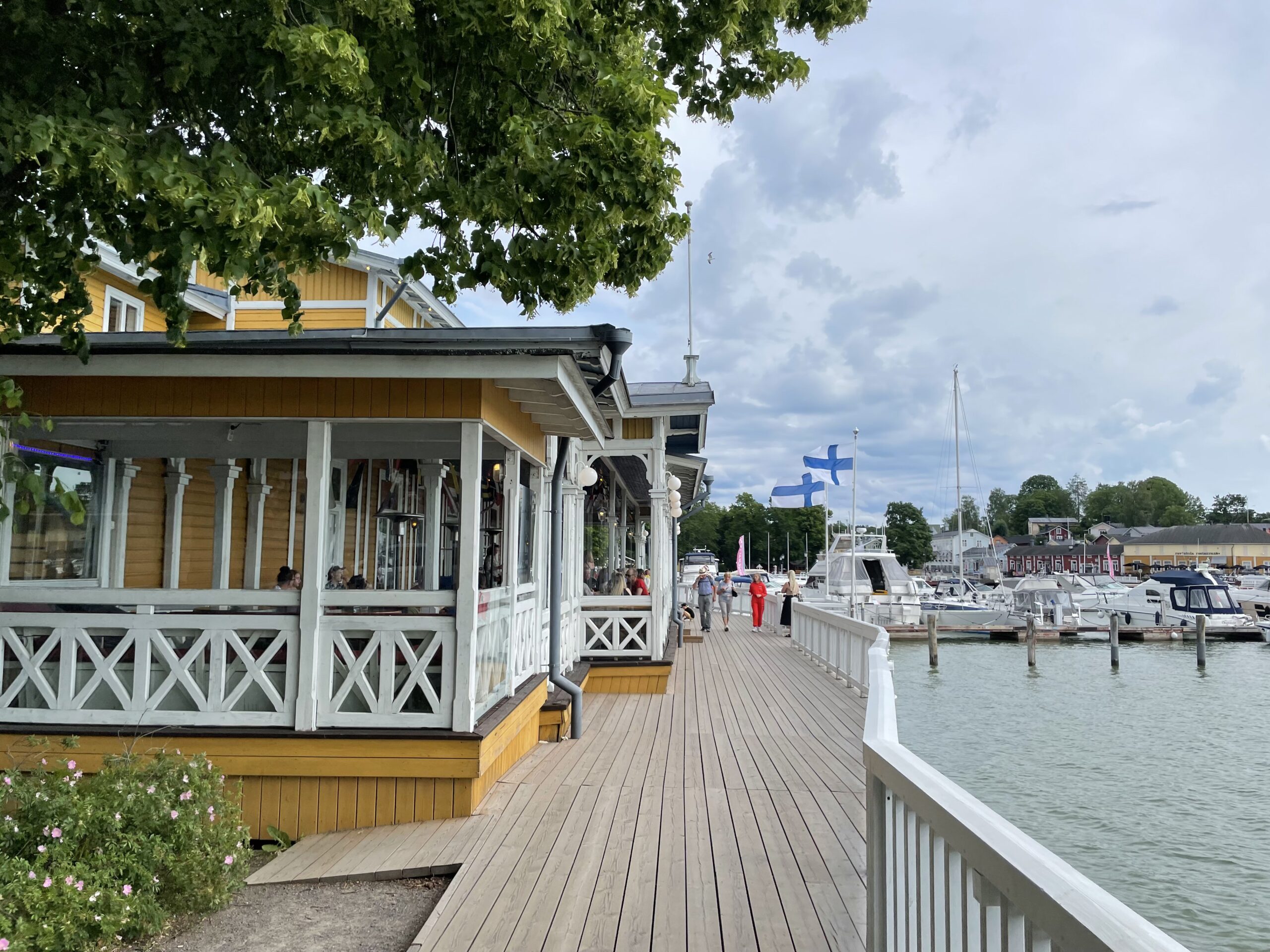
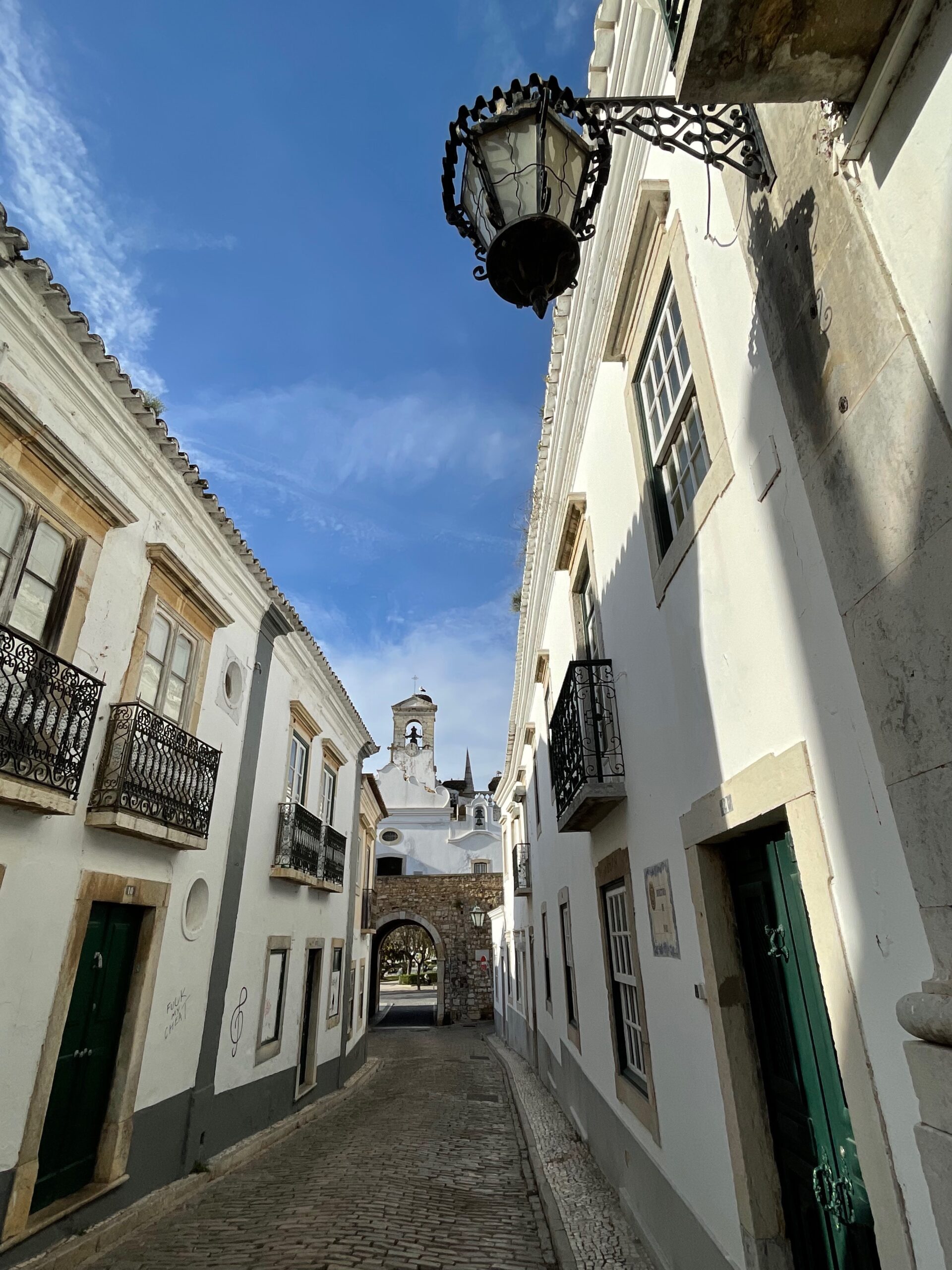
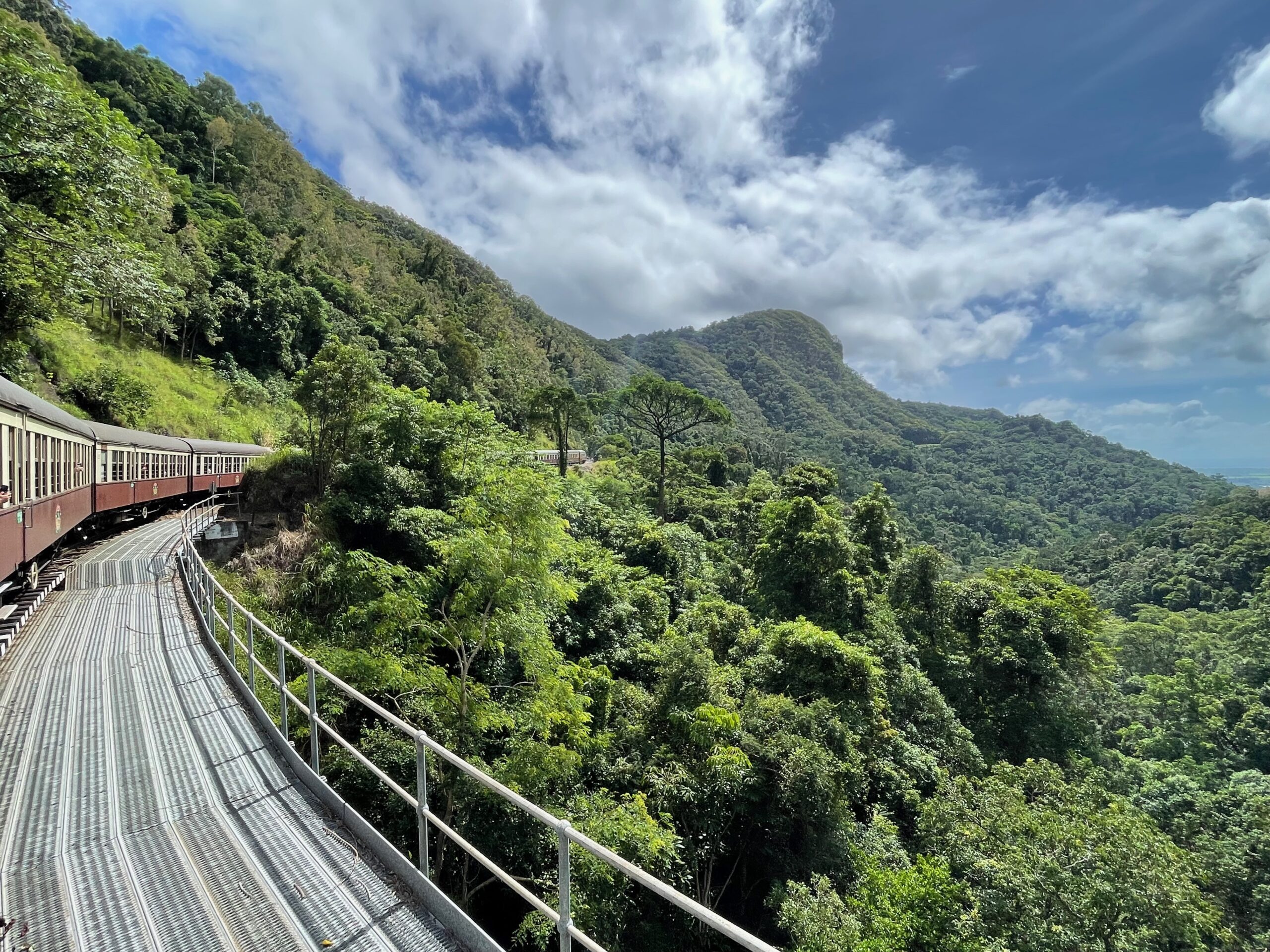
Excellent read, I’ve never realised Warsaw is so vast and has so many sites to offer! I see you like your schedule intense, I’m not sure I can keep up but definitely see Lazienki and Royal Castle and the milk bars are amazing option to try Polish food!